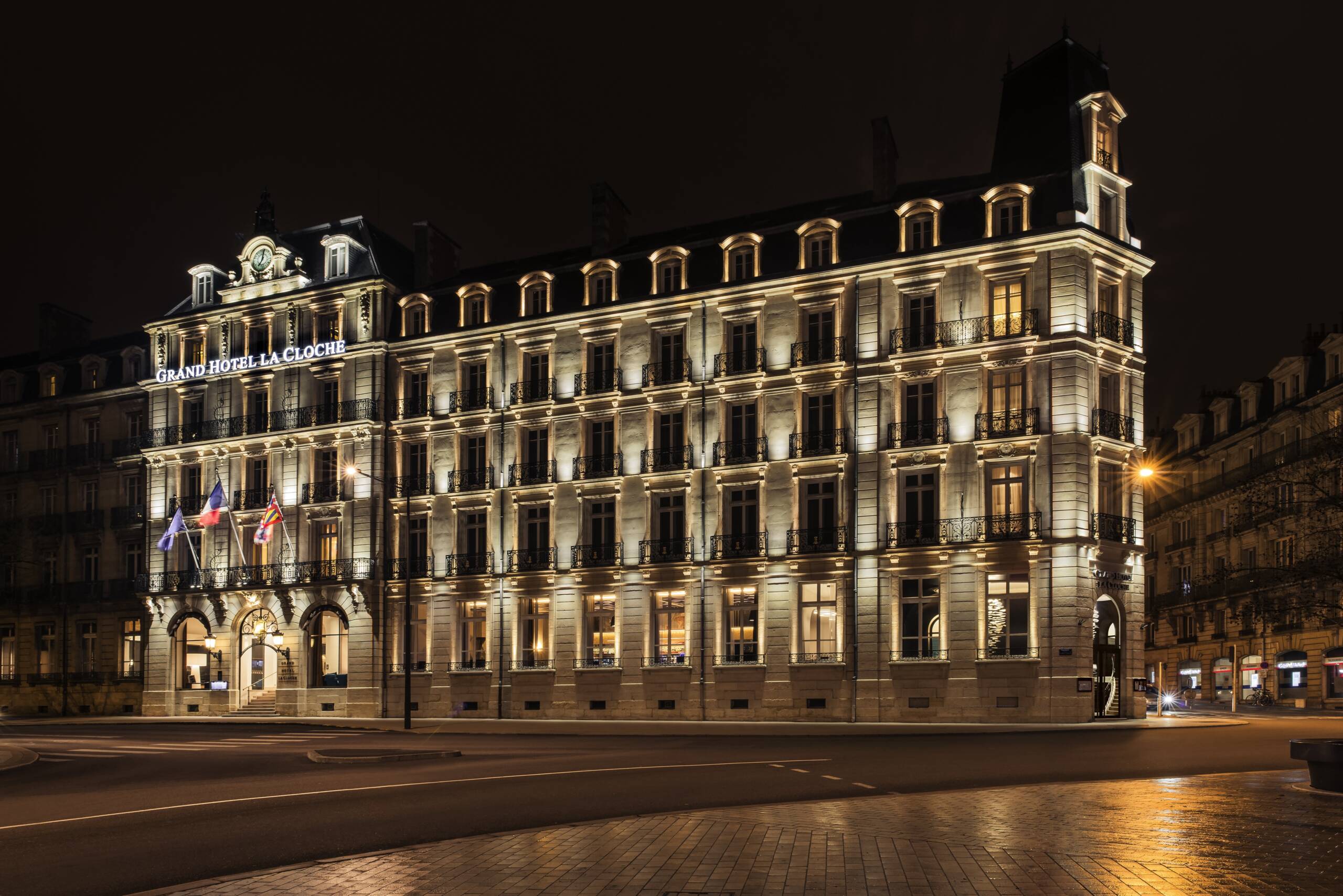
Grand Hotel La Cloche, considered the best hotel in Dijon, at night
Burgundy is at the top of the list for any discerning wine lover to visit, with its blend of history, scenery, rural charm, beautiful cities and some of the world’s greatest wines. Here we visit the best city hotel in Burgundy, and an authentic rural retreat amid the vines
Grand Hotel La Cloche Dijon review
It might seem strange to suggest that France, one of the most attractive destinations in the world for high-end tourism, is actually underrated. After all, who doesn’t rate Paris, the Cote d’Azur, or Mont Blanc. But France has an array of cities that for some reason have not quite reached the consciousness of the international luxury traveller.
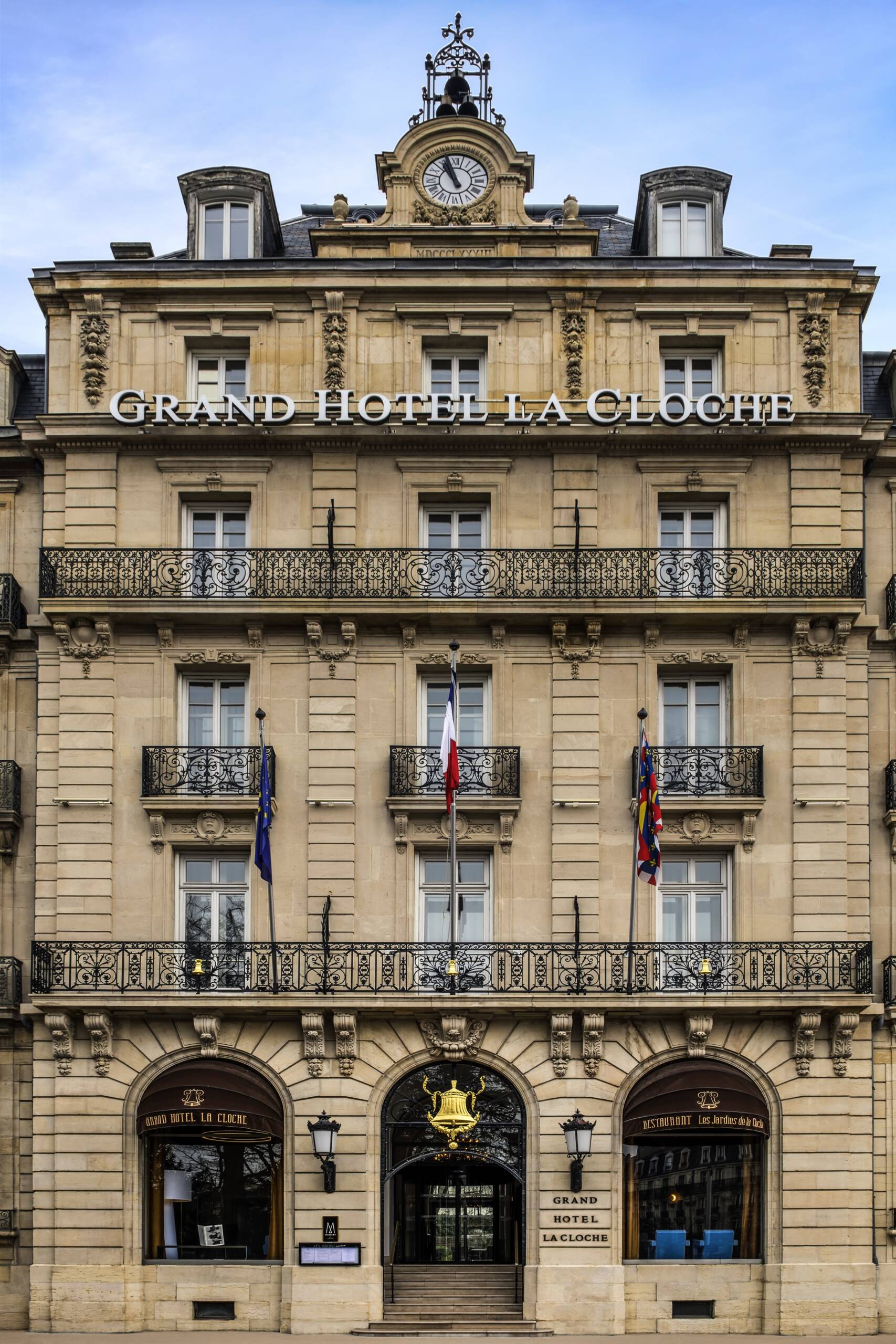
The facade of the Grand Hotel La Cloche by MGallery
Dijon is an interesting case in point. On the one hand, it is the historic capital of Burgundy, and Burgundy is the most fashionable wine for ultra-high-net-worth collectors. So, the surrounding vineyard areas are not short of very wealthy visitors year-round.
Read more: An interview with Bas Van Kranen
But, unlike Beaune, Burgundy’s other wine city, Dijon is just outside the edge of the vineyard area, rather than at the centre of it (unlike Beaune, Dijon does not have its own vineyards) and perhaps not enough of the luxury wine tourists actually make time to visit the capital.
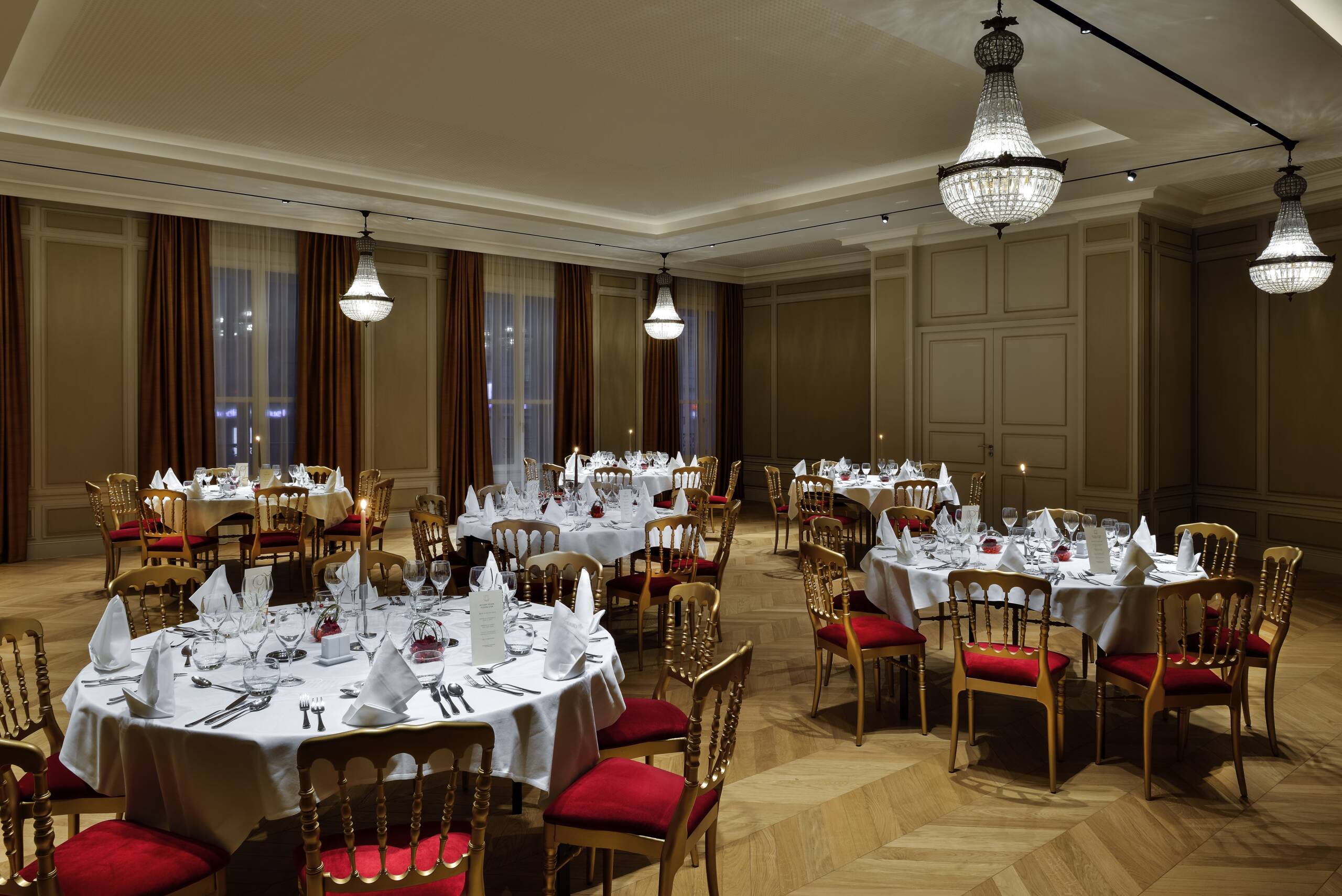
The dining salon in the style of Napoléon III cabaret
And that, we decided, as we strolled out of MGallery’s Grand Hotel La Cloche, was a great shame. The hotel is on the edge of Dijon’s old town, by a little park where families gather by the fountains and carousel; across the pedestrianised square, you walk under and arch and into an old town not just teeming with shops, churches and historical buildings, but a real sense of grandeur, as the home of the historical Dukes of Burgundy.
La Cloche is known to be the best hotel in town; from our room on the top floor, we looked out over the Cathedral and the city, over its rooftops to the long hillside of the Cites de Nuits, stretching along into the distance. Do a wine tour to Gevrey-Chambertin, come home to your room, and look back out to the vineyards you visited in the distance.
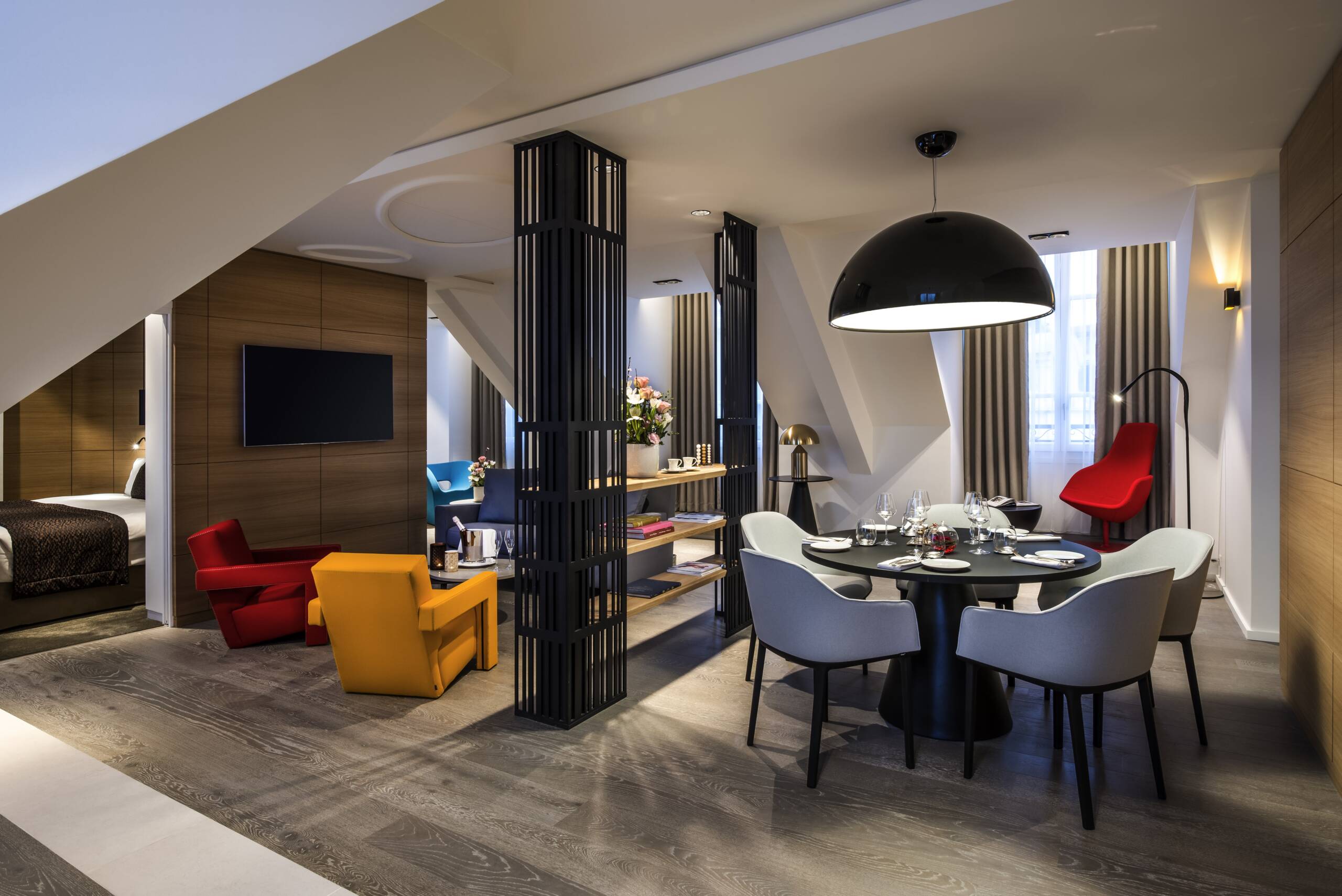
The Suite Montrachet in the Grand Hotel La Cloche Dijon
The room, in the rafters, was characterful and quiet, and the service at MGallery’s Grand Hotel La Cloche was of the top level; once when we found ourselves with no key, outside our door, one of the housekeepers we had gotten to know opened our door and then rushed downstairs for a duplicate key, without being asked.
Read more: Mont Cervin Palace and Beausite, Zermatt review
We had breakfast in the room each day because of the view, and everything was prepared to perfection: omelette with herbs, homemade pancakes and smoked salmon of far higher quality than served at most hotel breakfasts, along with fresh sourdough.
A gem of a hotel in a gem of a city.
Ermitage de Corton, Burgundy review
There is nothing, we find, as attractive as sipping a glass of one of the world’s greatest wines in plain sight of the vineyard where it was grown, and then waking up in your hotel the next day with a view of the same vineyard. Particularly if that vineyard is Corton Charlemagne, the celebrated white wine that is spectacularly situated near the top of the hill of Corton, a distinctively shaped mini-mountain in the middle of the Burgundy region.
Read more: Binith Shah is creating the ultimate duvet with UMŌ Paris
The vineyard itself is something of an outlier: unlike the other great white Burgundies which are found south of Beaune around Puligny Montrachet and Meursault, Corton is located in the heart of a region otherwise dominated by celebrated red wines.
You can ponder all of this, and more, from the terrace of the Ermitage de Corton, situated amid fields and vineyards just outside the village of the same name at the base of the hill.
The Ermitage has the feel of an authentic country inn as you walk in, a restaurant on the right and a bar area on the left, with chairs and tables outside, all looking at the horizon of hills.
Arriving after a long journey, we didn’t have any appetite but enjoyed a couple of glasses of excellent white burgundy – not Corton Charlemagne as that would have been a little excessive as a welcome drink – in the bar along with some local artisan-sourced cold cuts.
Read more: The morning after the night before at St Moritz’s Dracula Club with Heinz E. Hunkeler
Our room was as memorable as it was delightful, spread over a bedroom area, a living area down some steps, and a huge terrace with views across the fields, away from the vineyards into the heart of rural France. It was utterly peaceful.
As well as the comfort, the location is pretty much unbeatable for anyone touring Burgundy. You are in the heart of the countryside: an easy cycle along the side roads to anywhere you like in wine paradise villages like Chambolle-Musigny or Morey St-Denis.
A word of advice: Burgundy is not like some of the more tourist-focused wine regions in the world where you can just turn up at a good winery and enjoy tasting. You need to make the effort to make your appointment well beforehand and plan your itinerary accordingly, much more so with the most celebrated names which are unlikely to welcome you anyway unless you have insider contacts.
Whoever you visit, make sure you come back for a little dinner with a view of the Hill of Corton at the Ermitage.
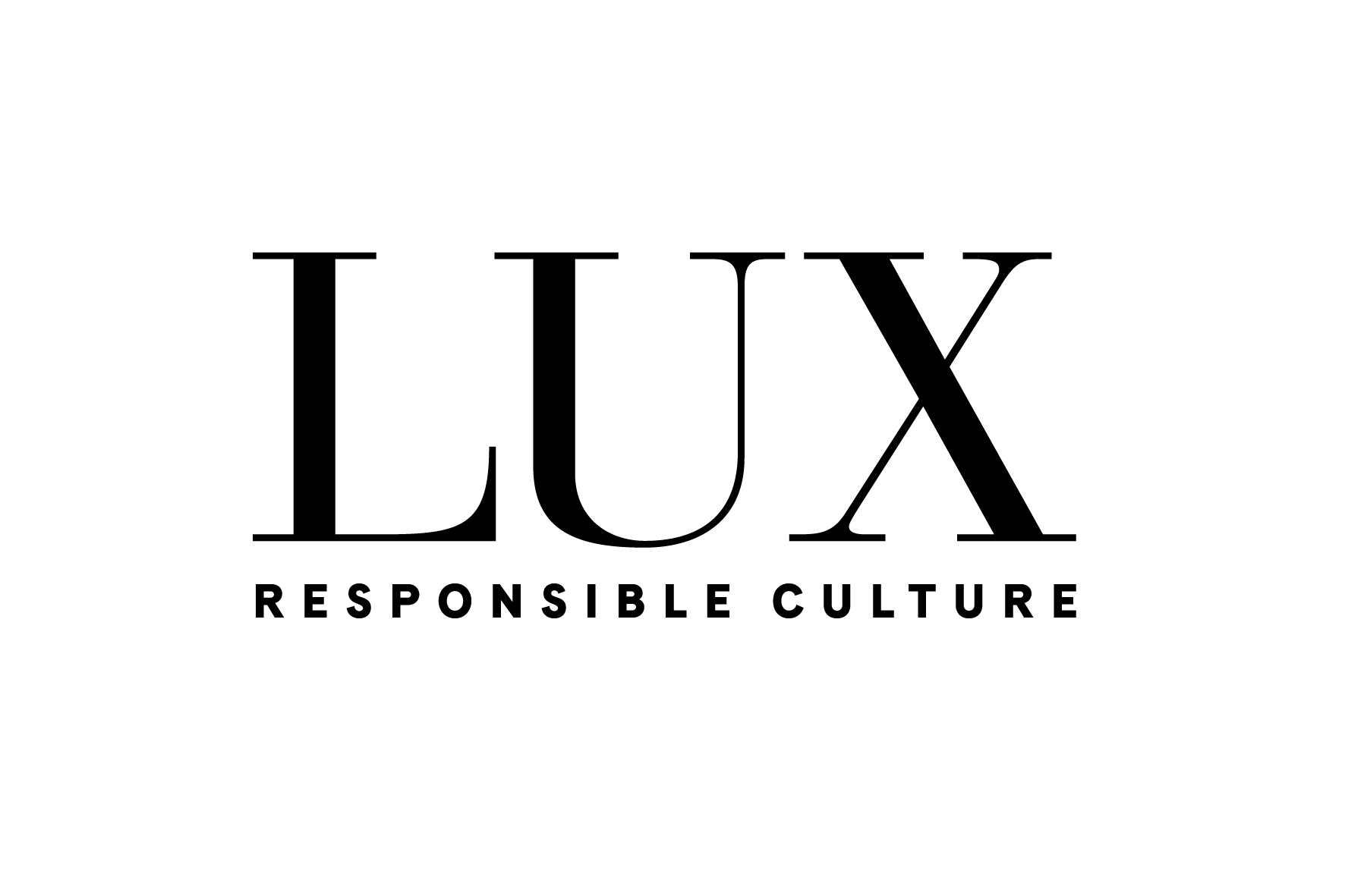


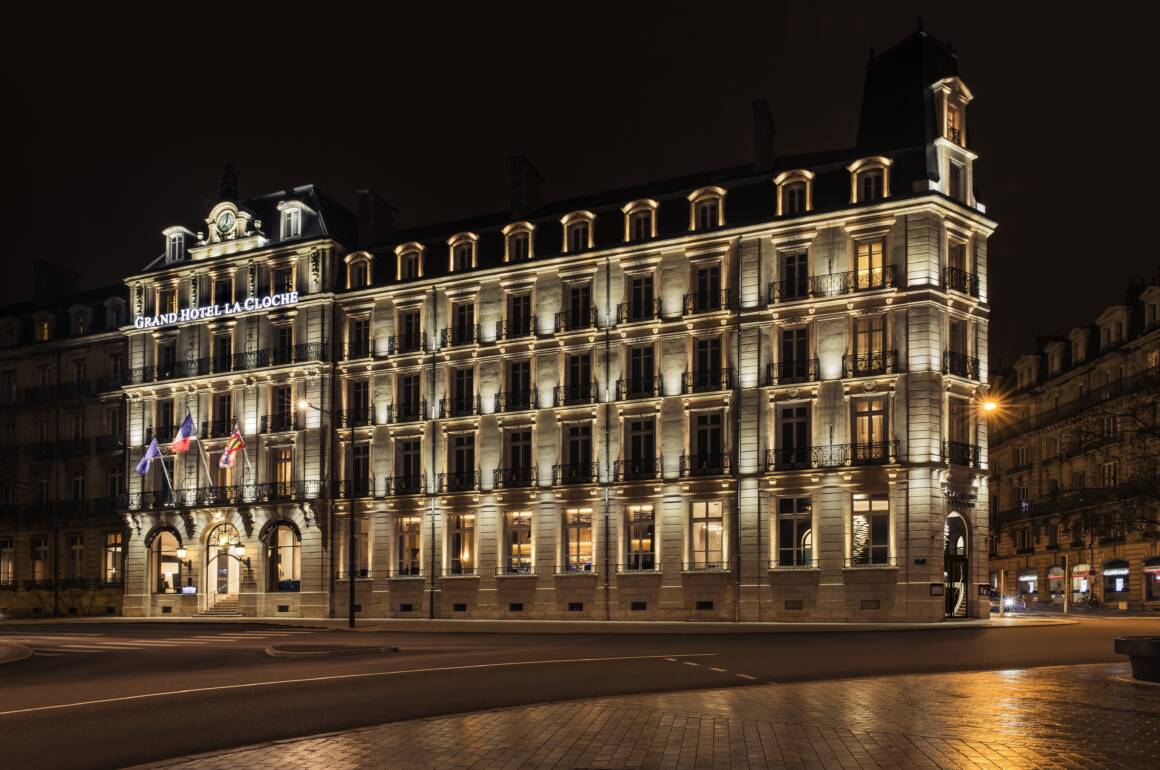
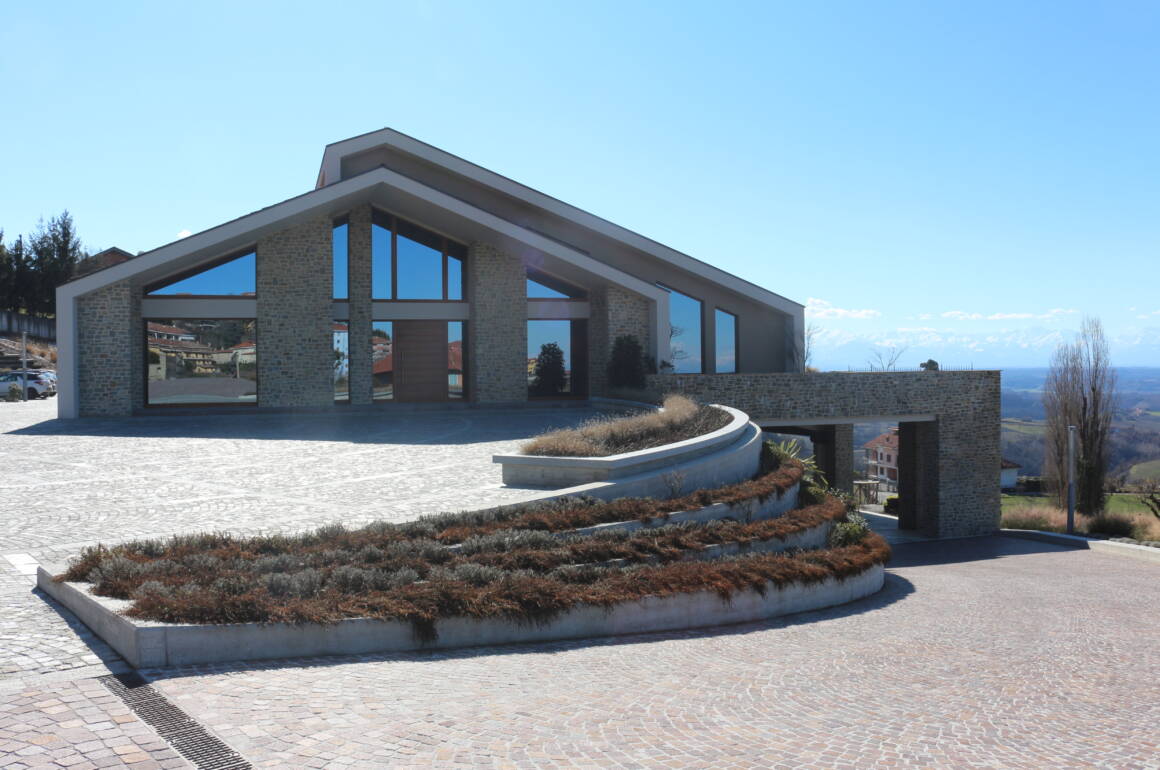


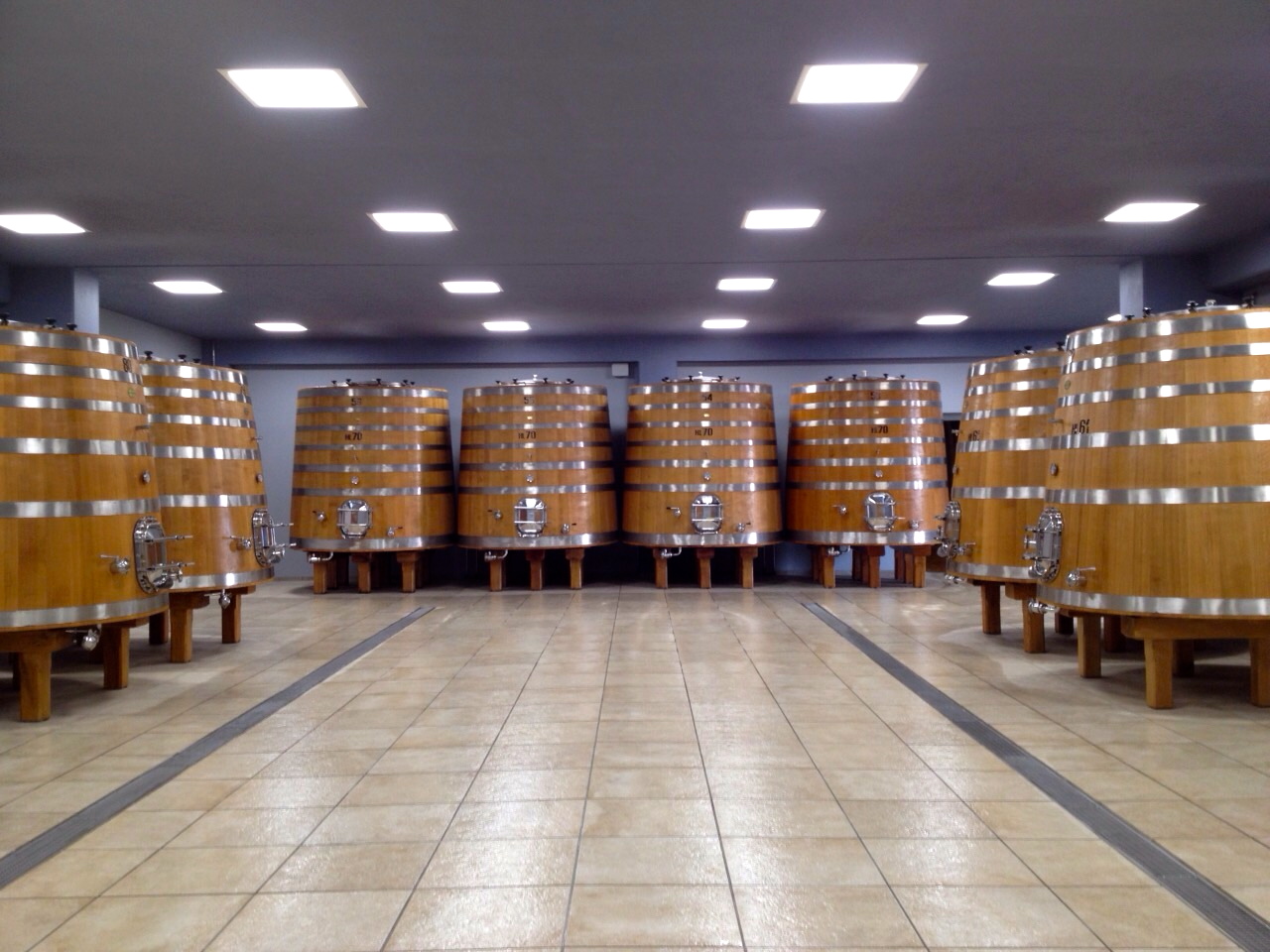
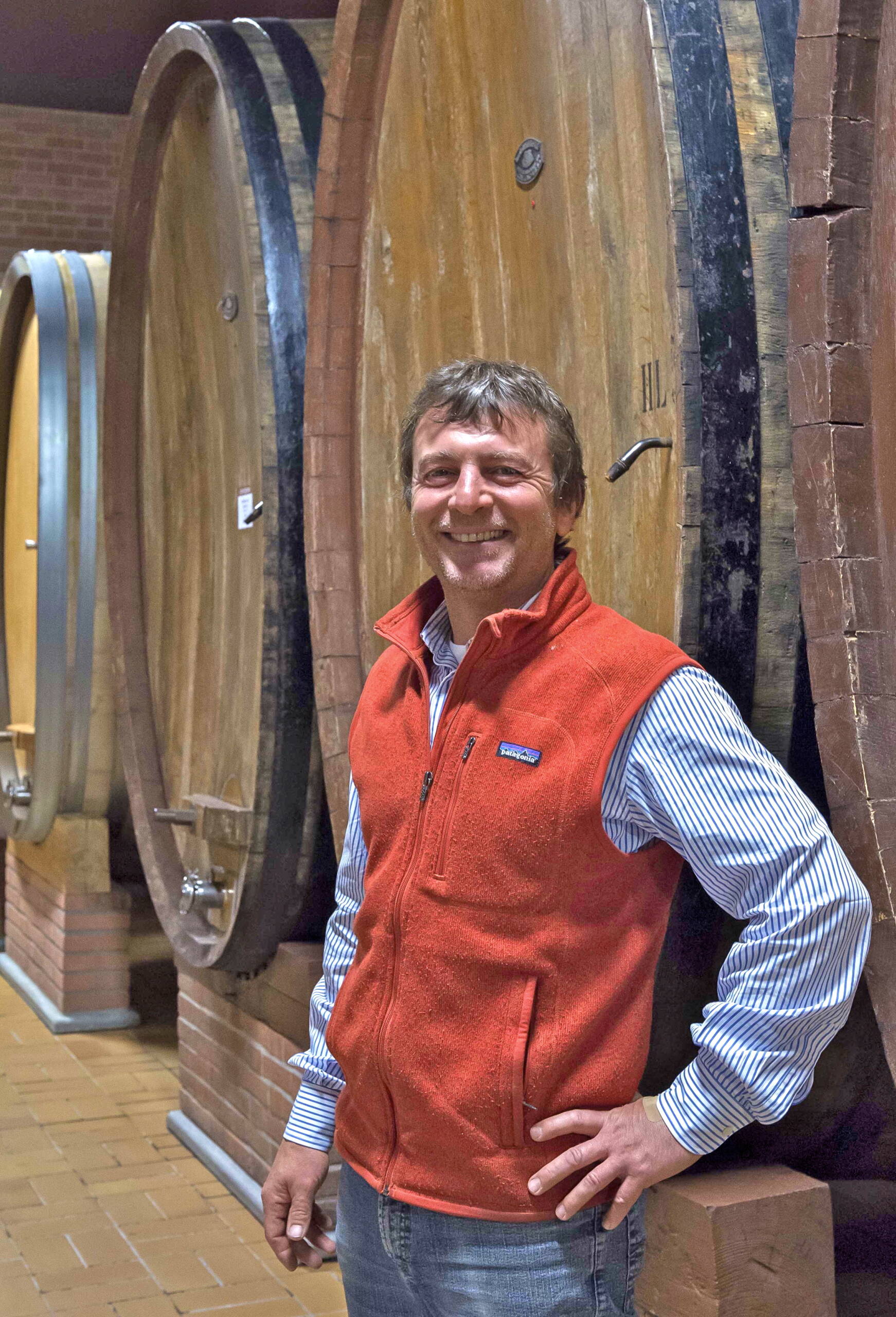

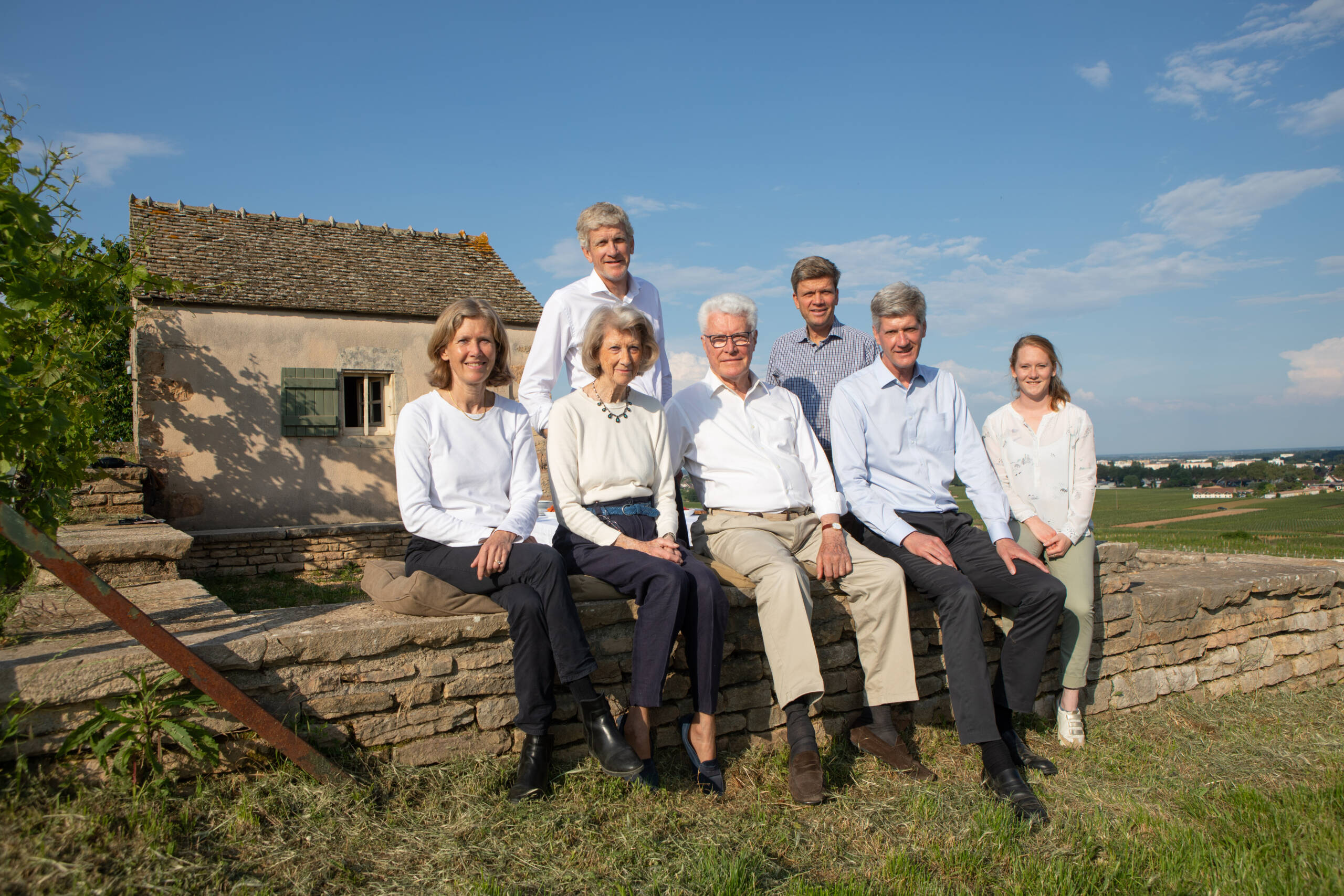
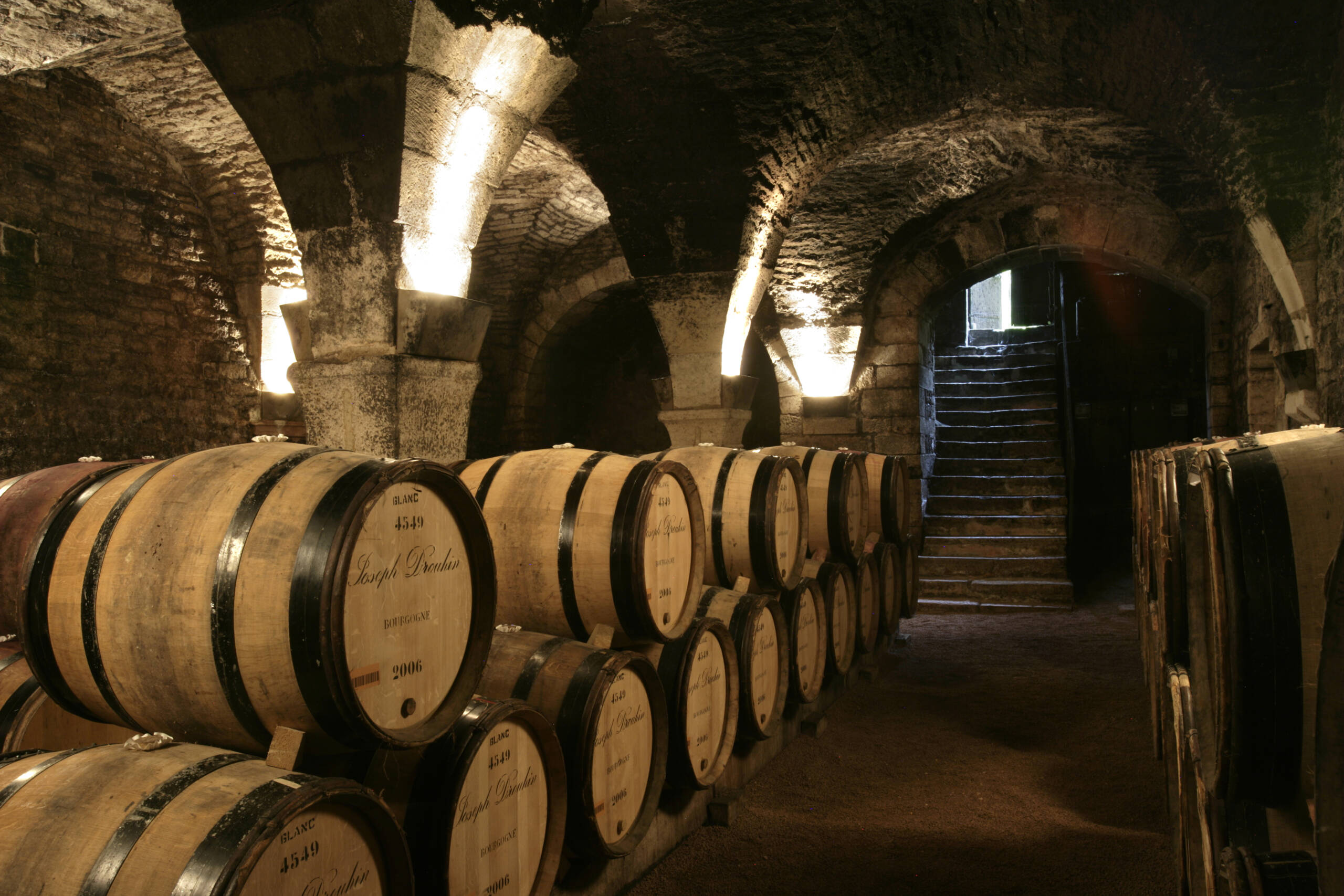
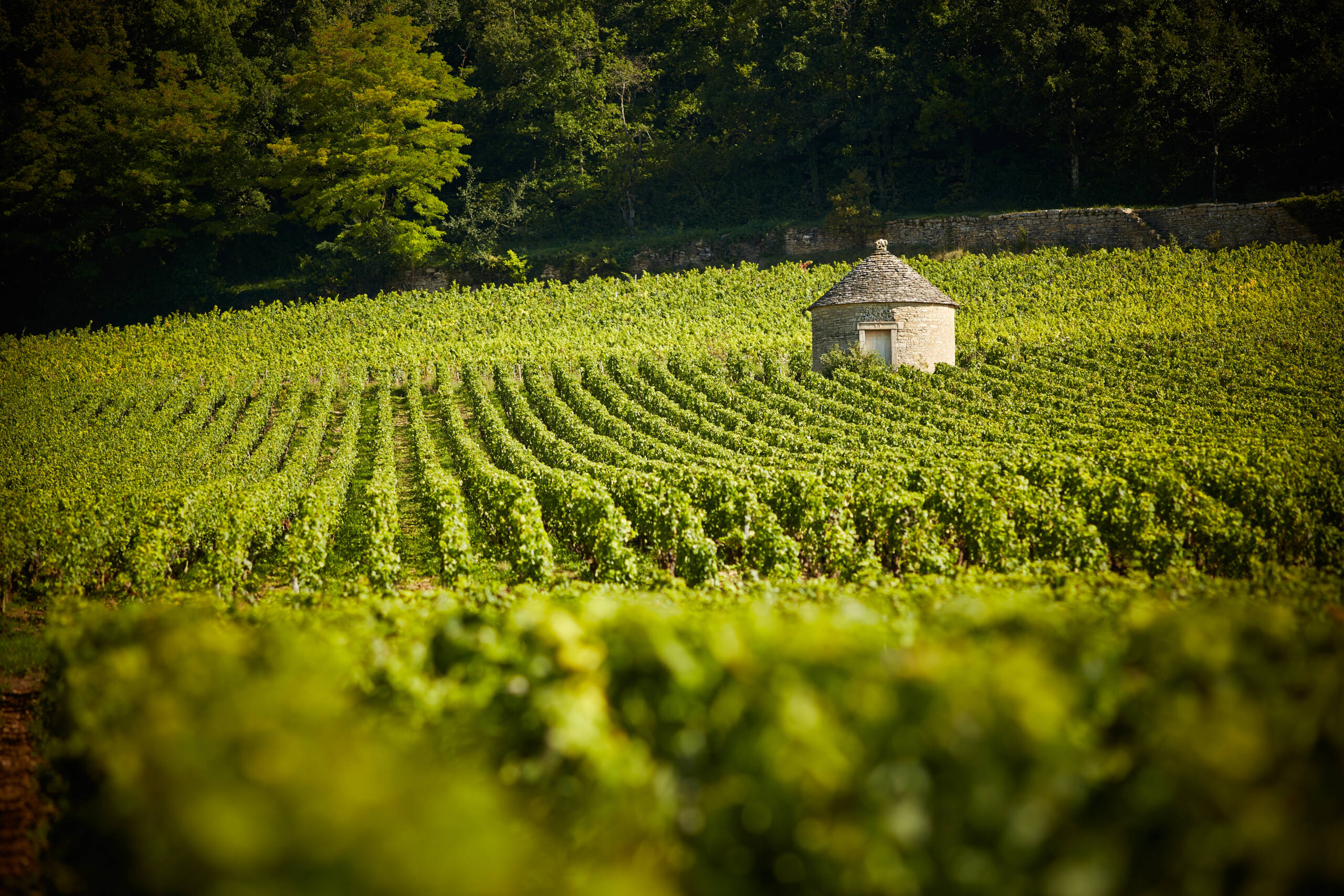
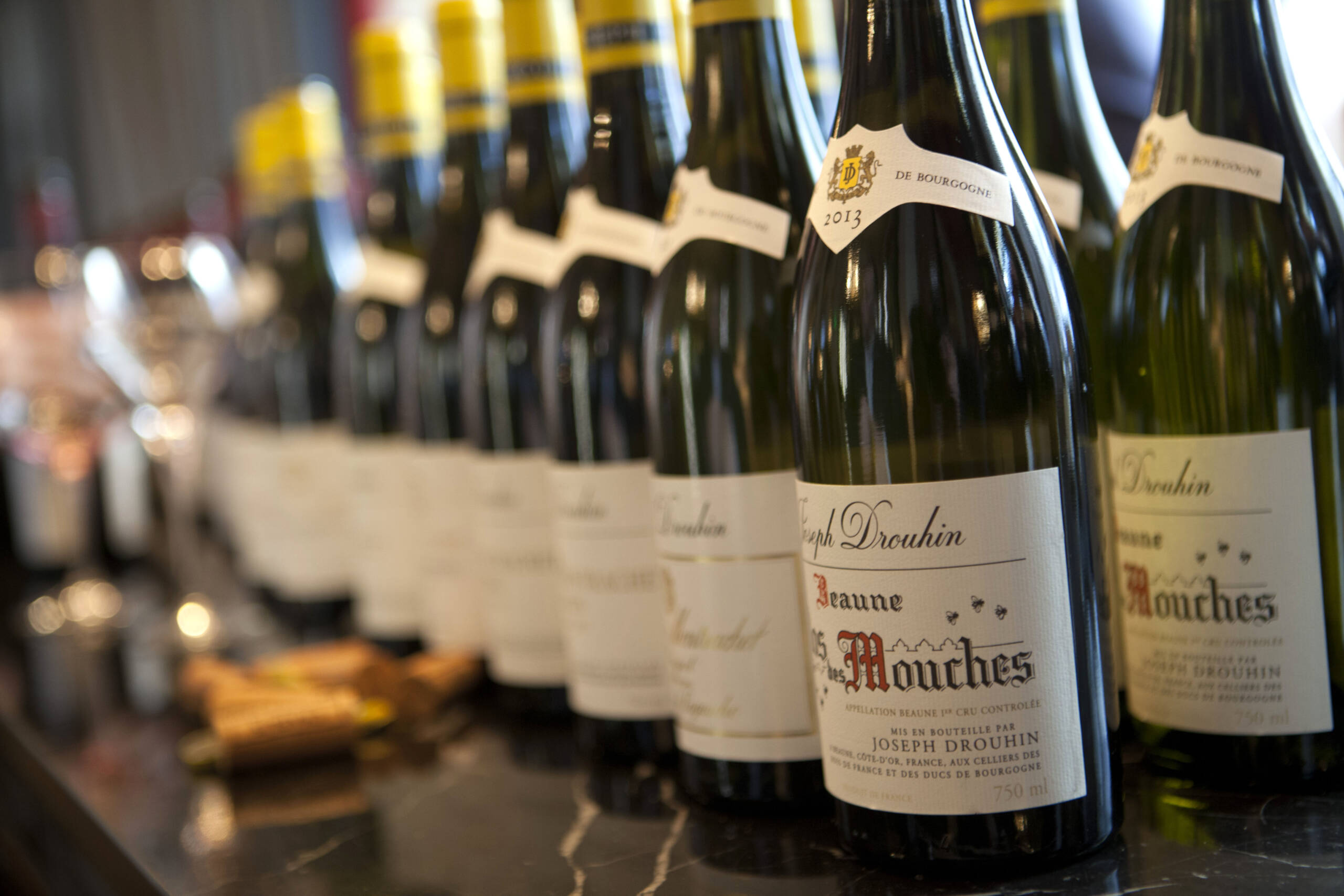
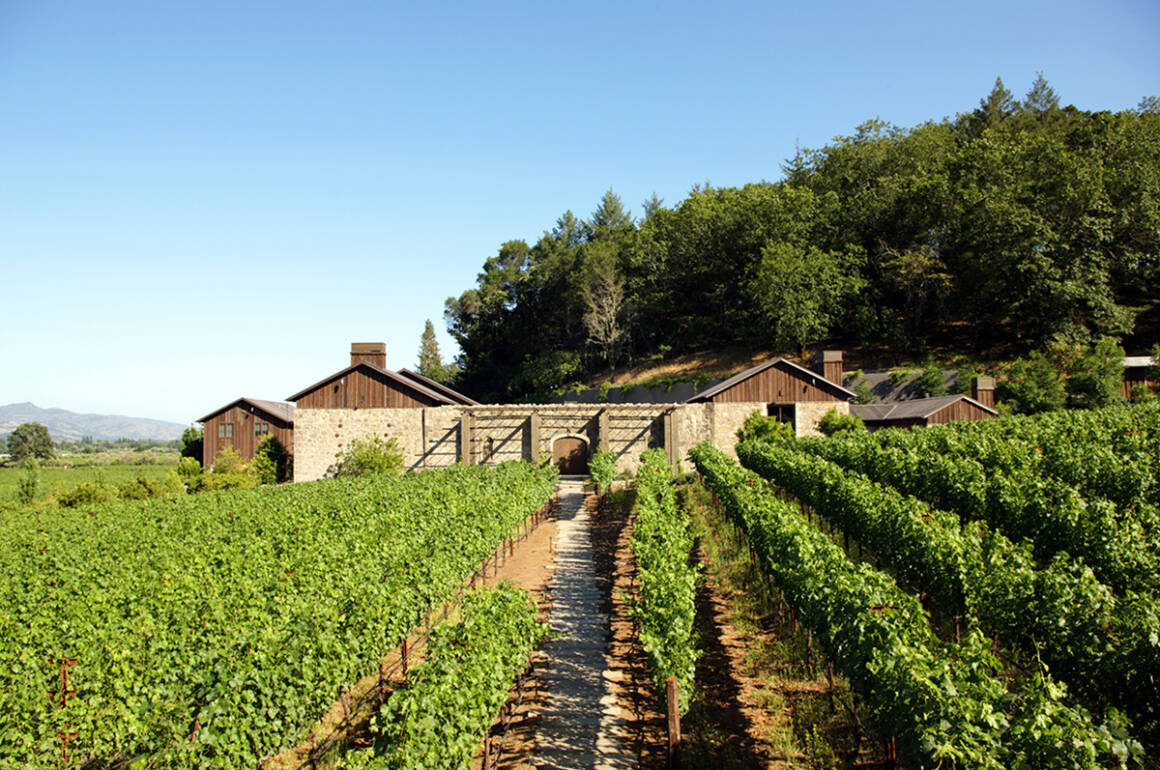
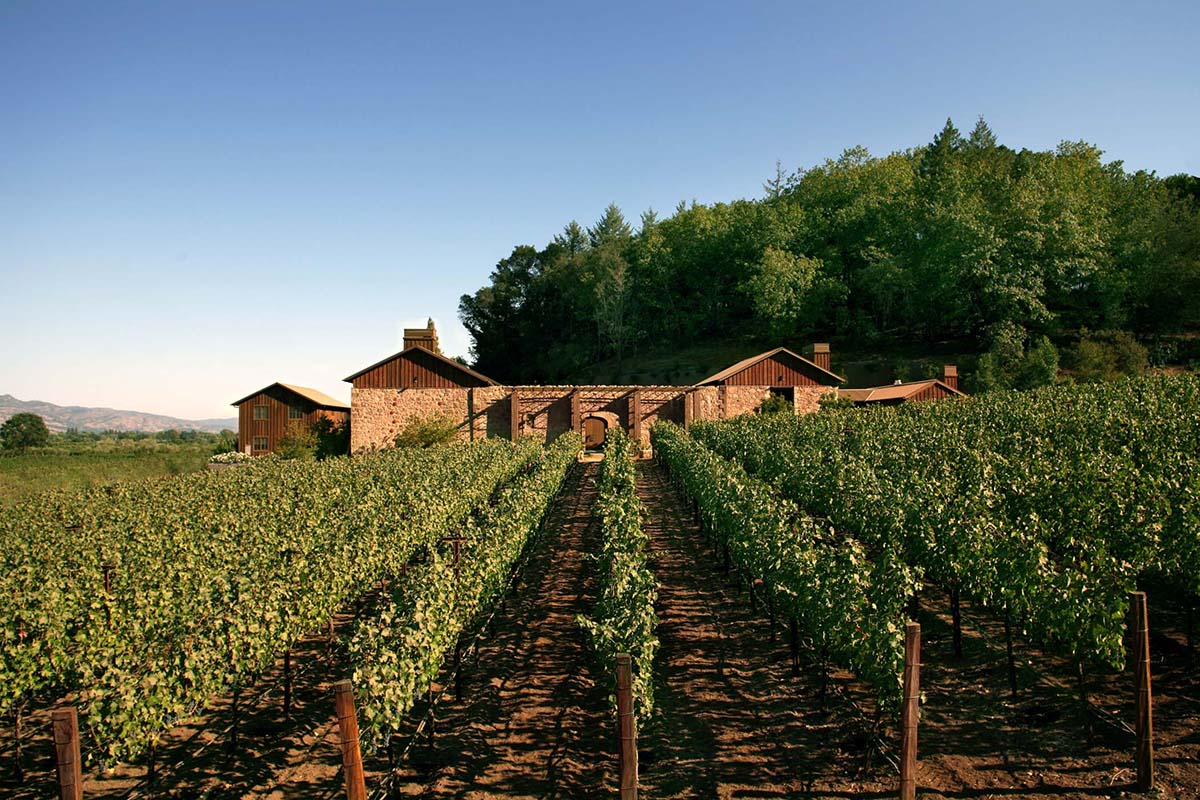
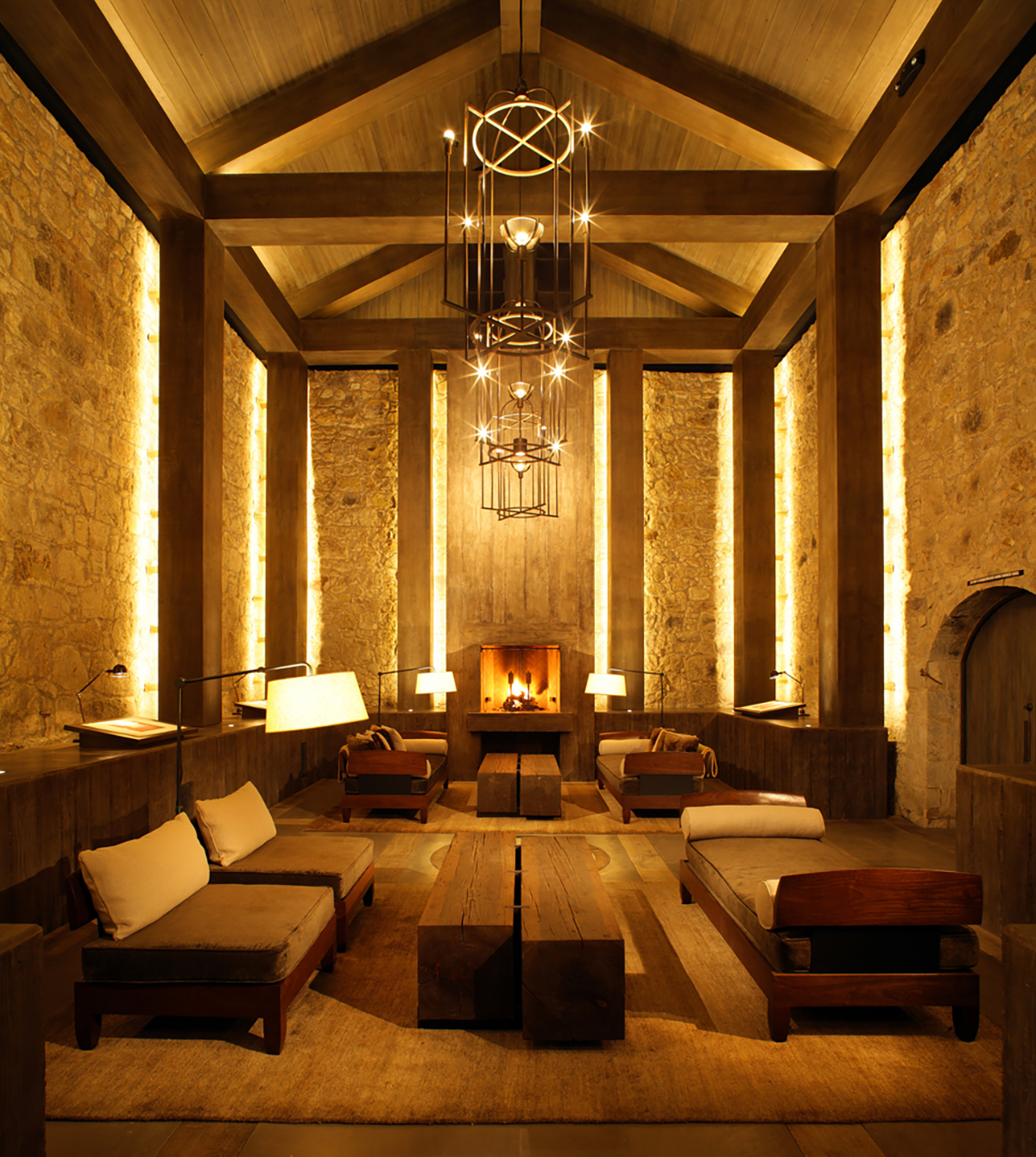
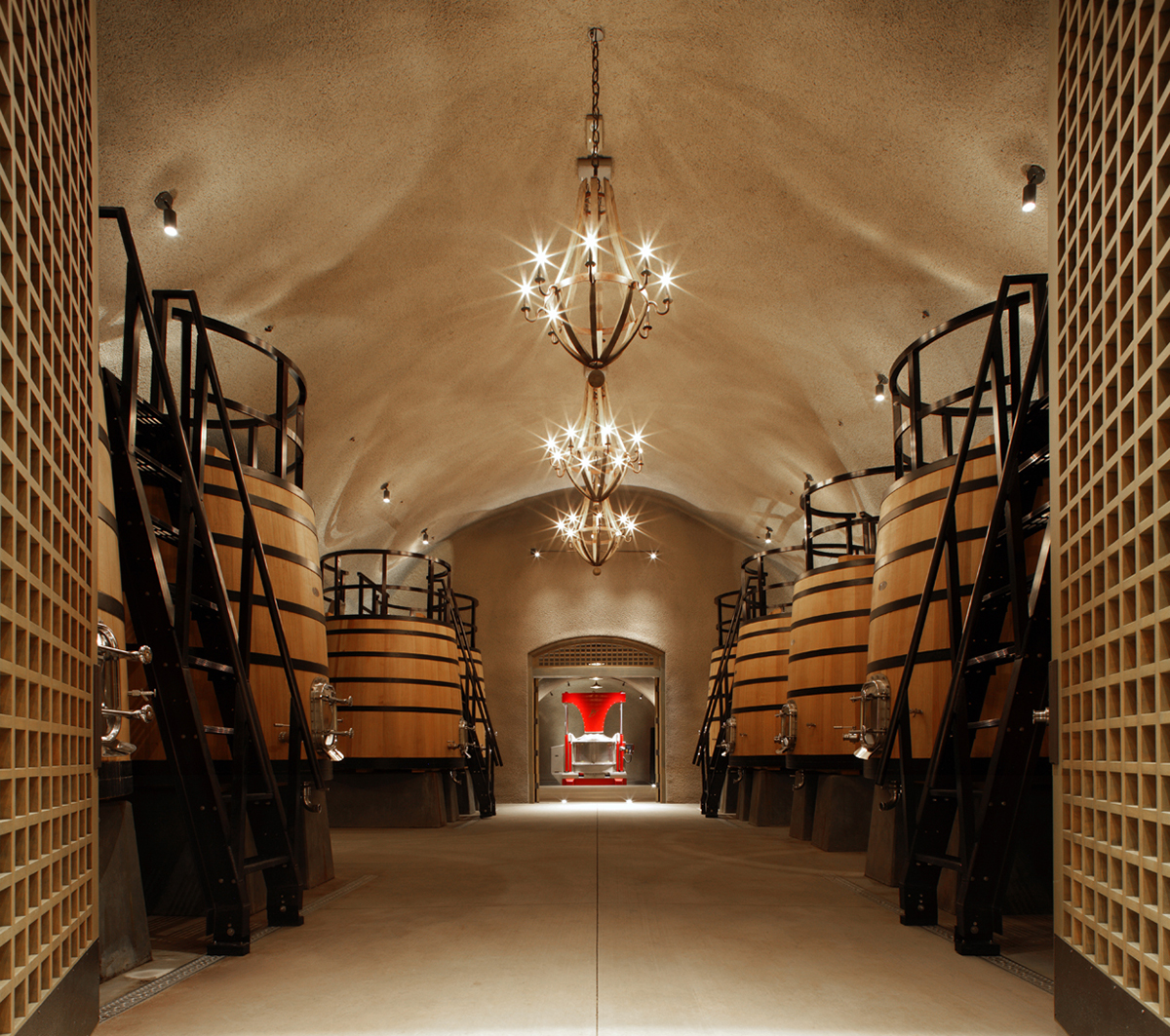
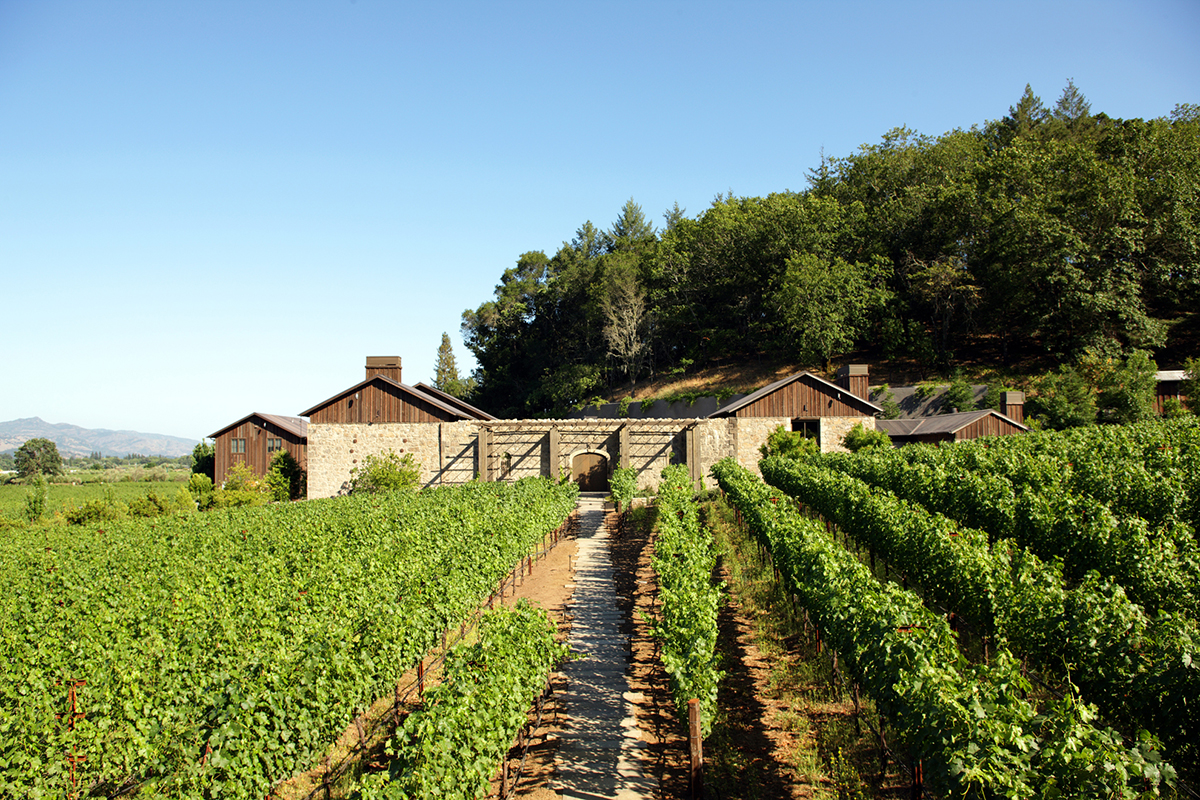
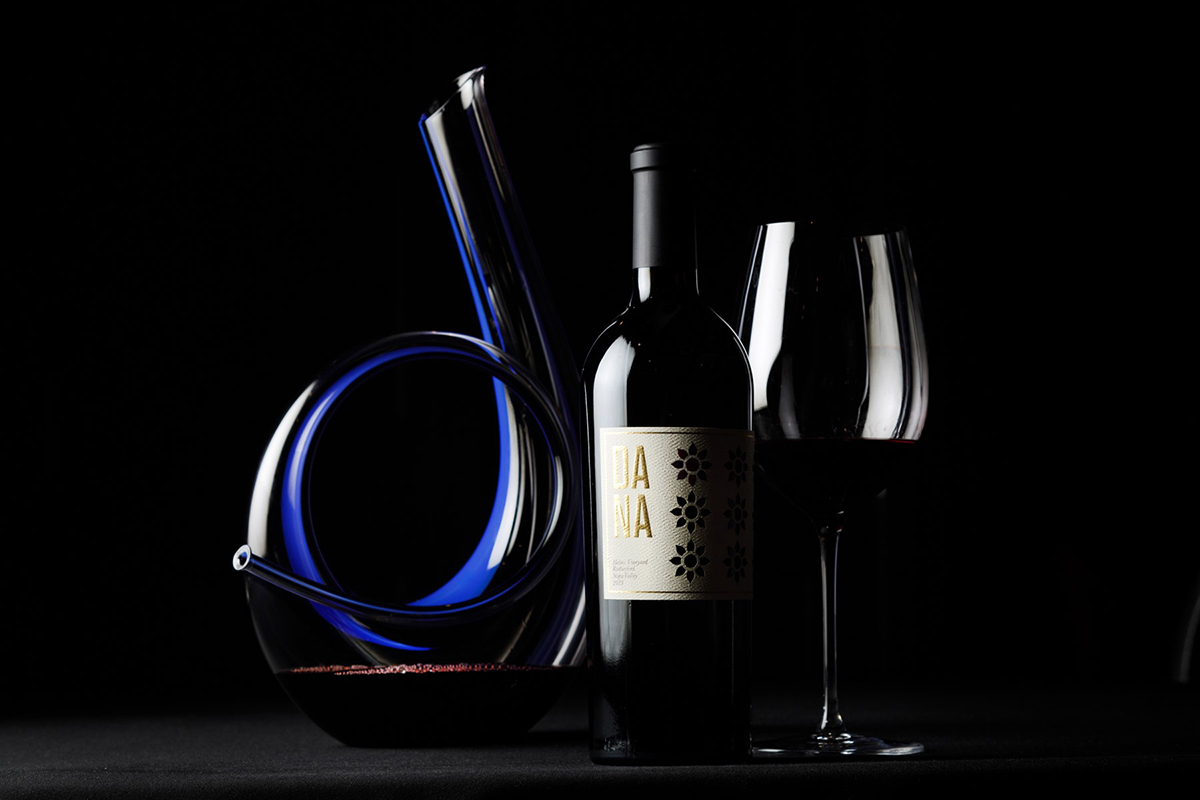
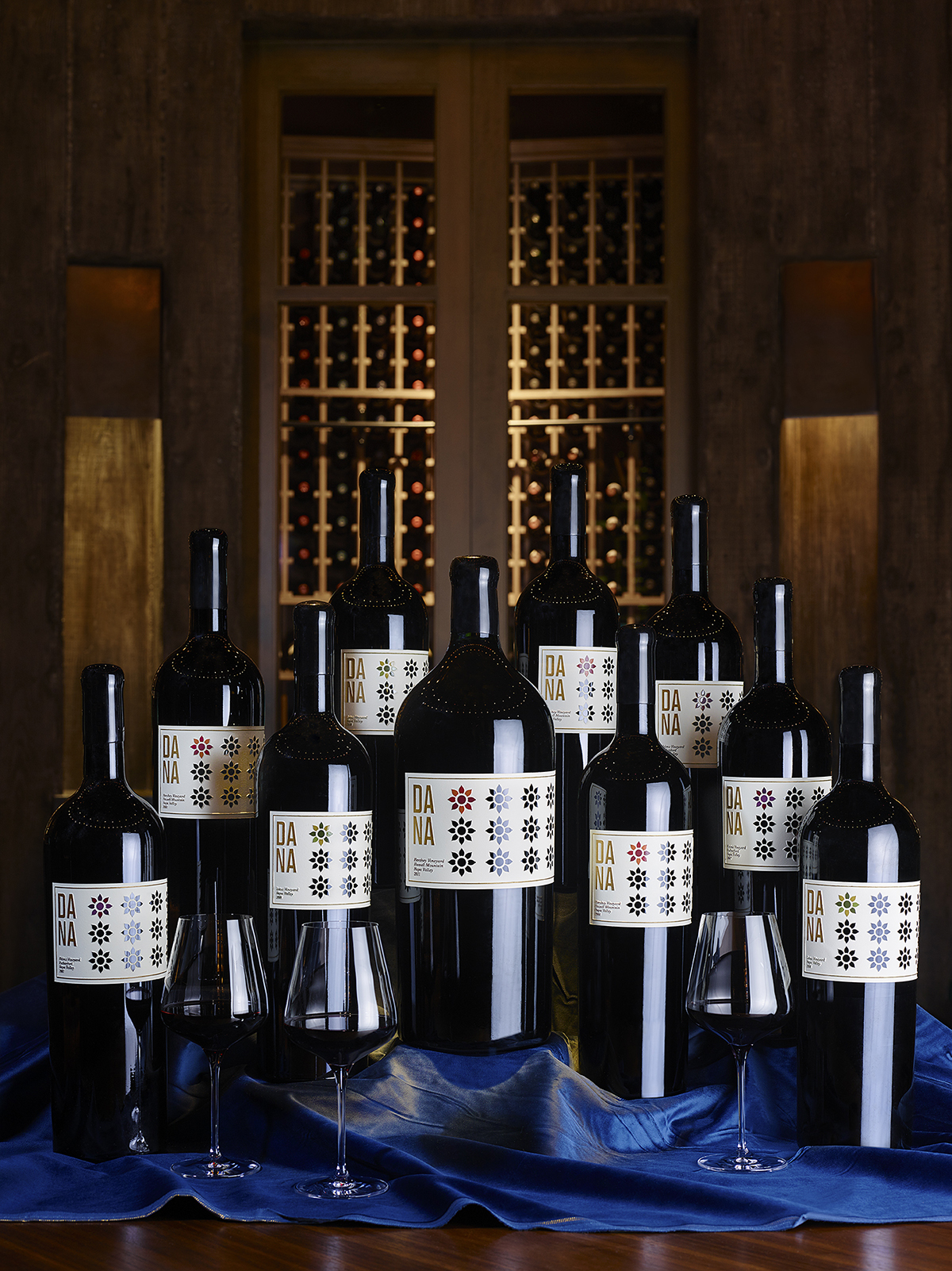
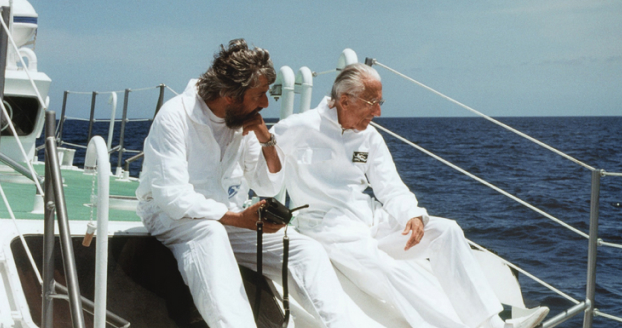
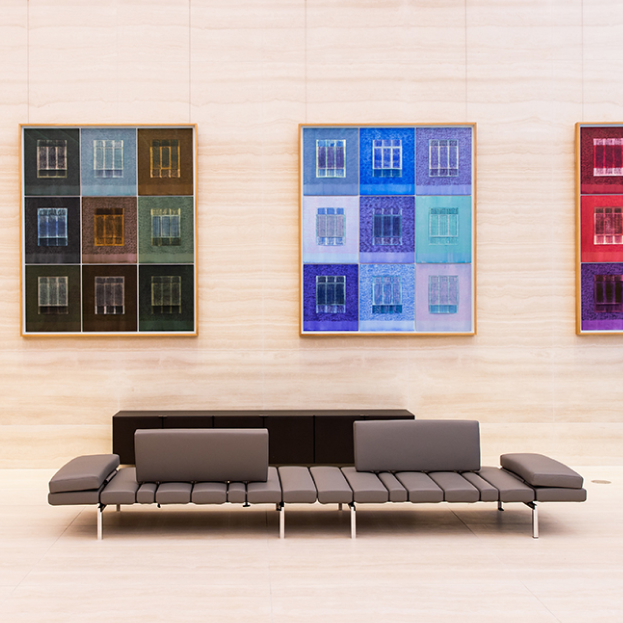
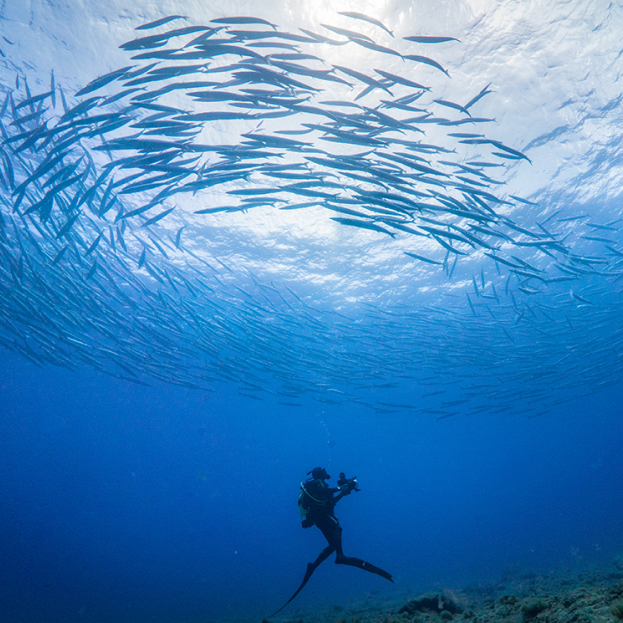
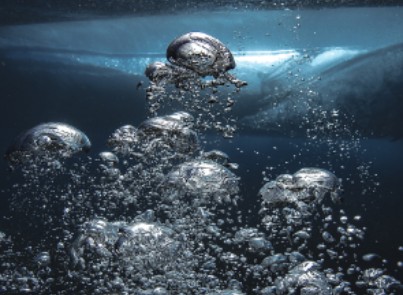
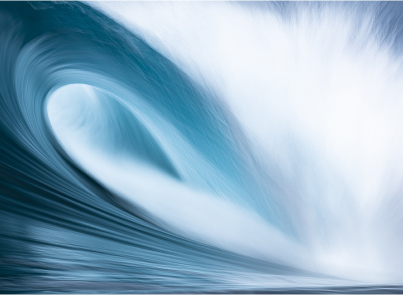
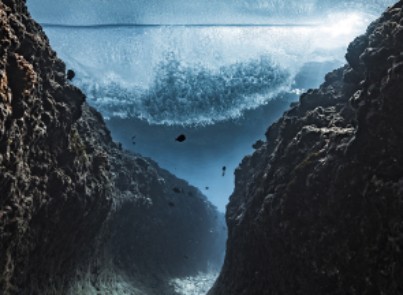
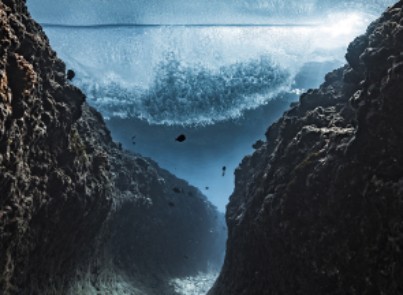
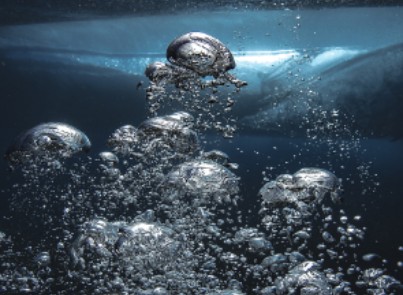
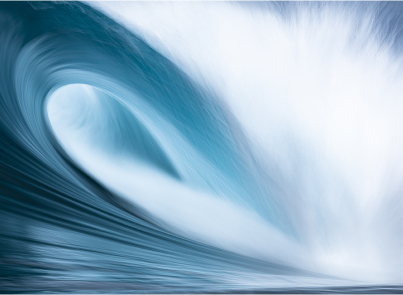
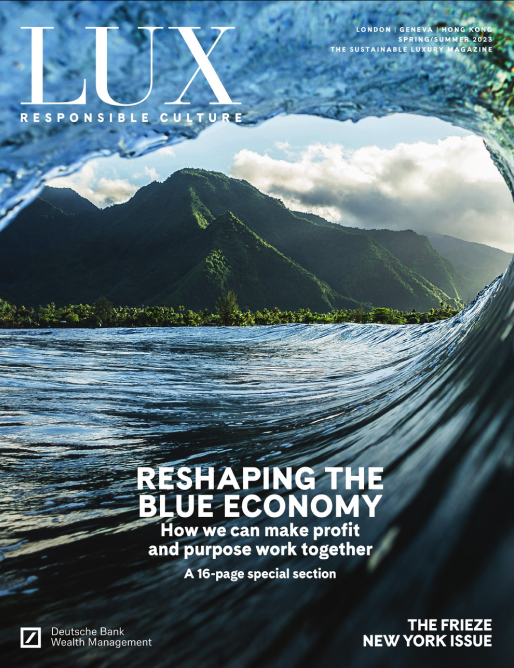




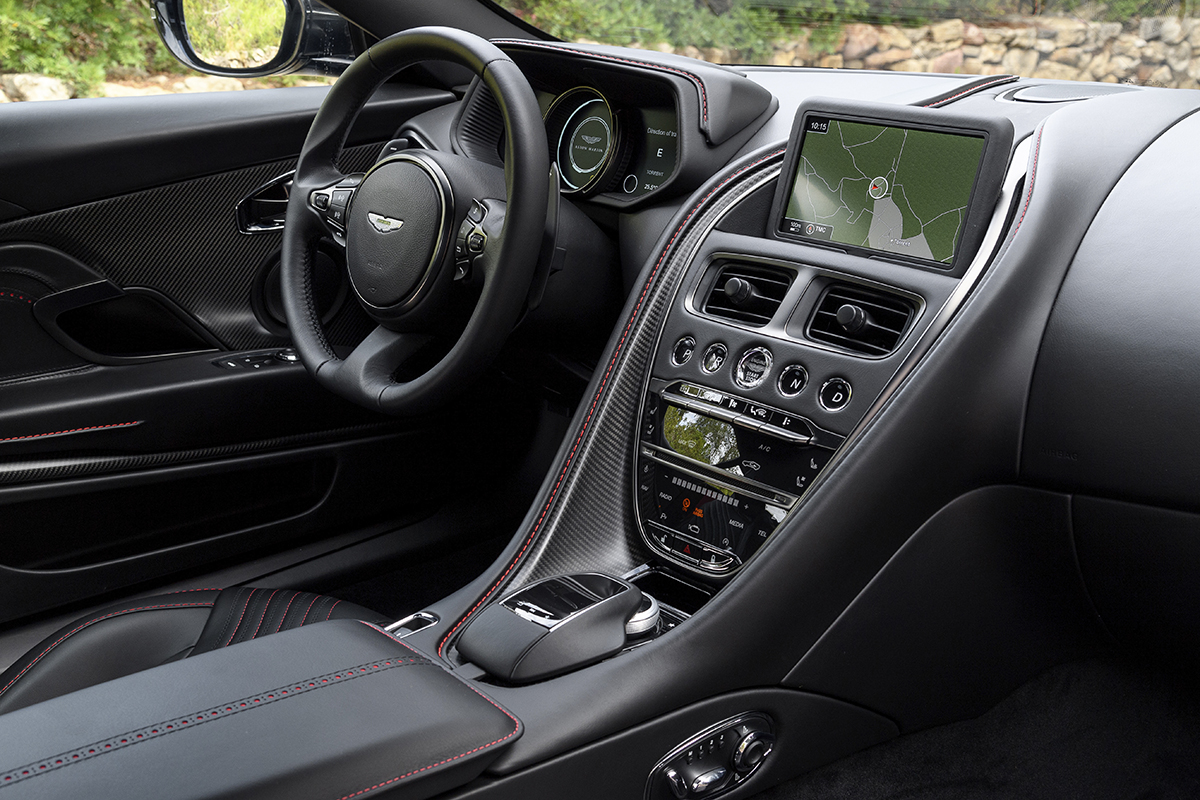
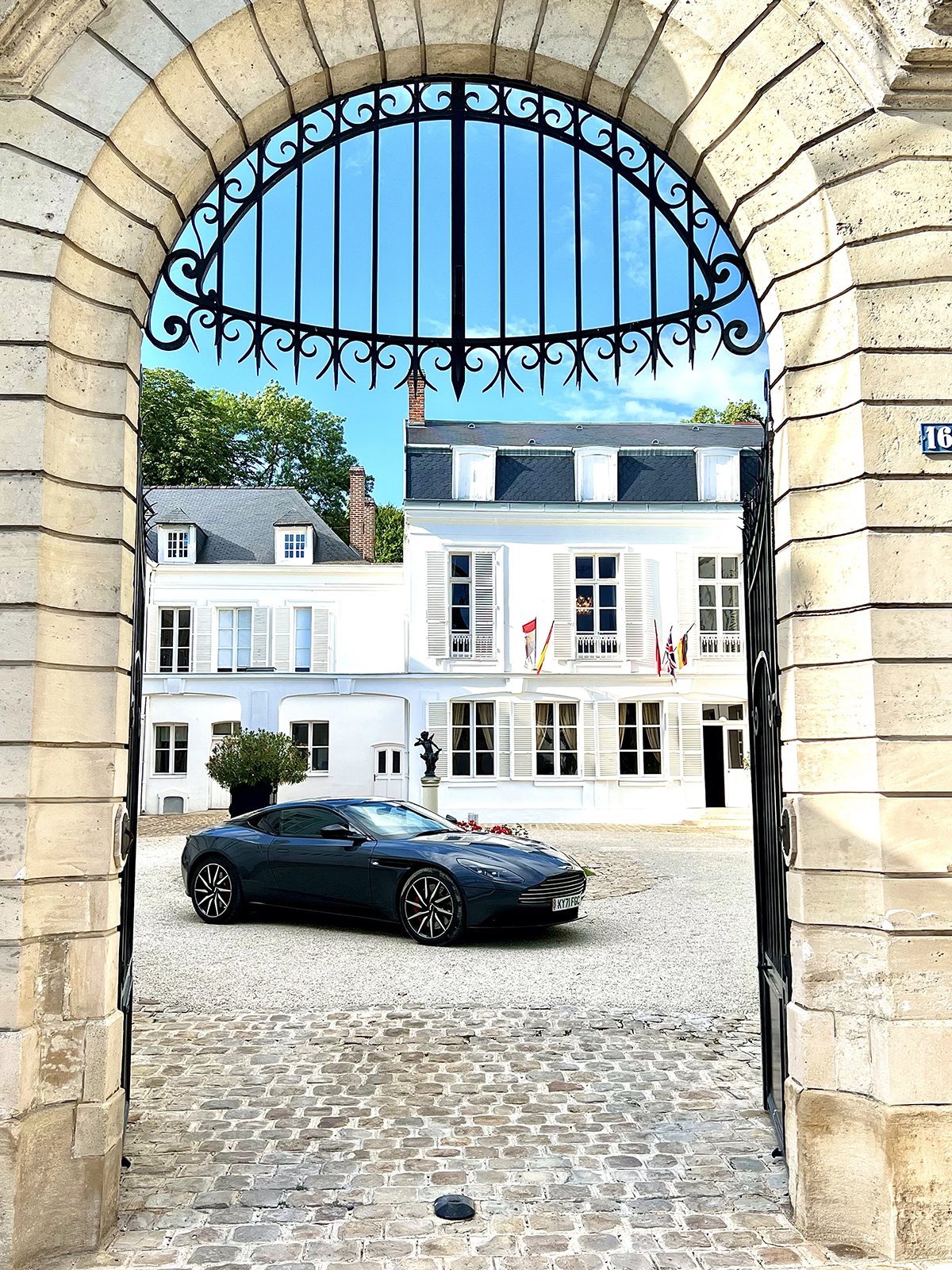
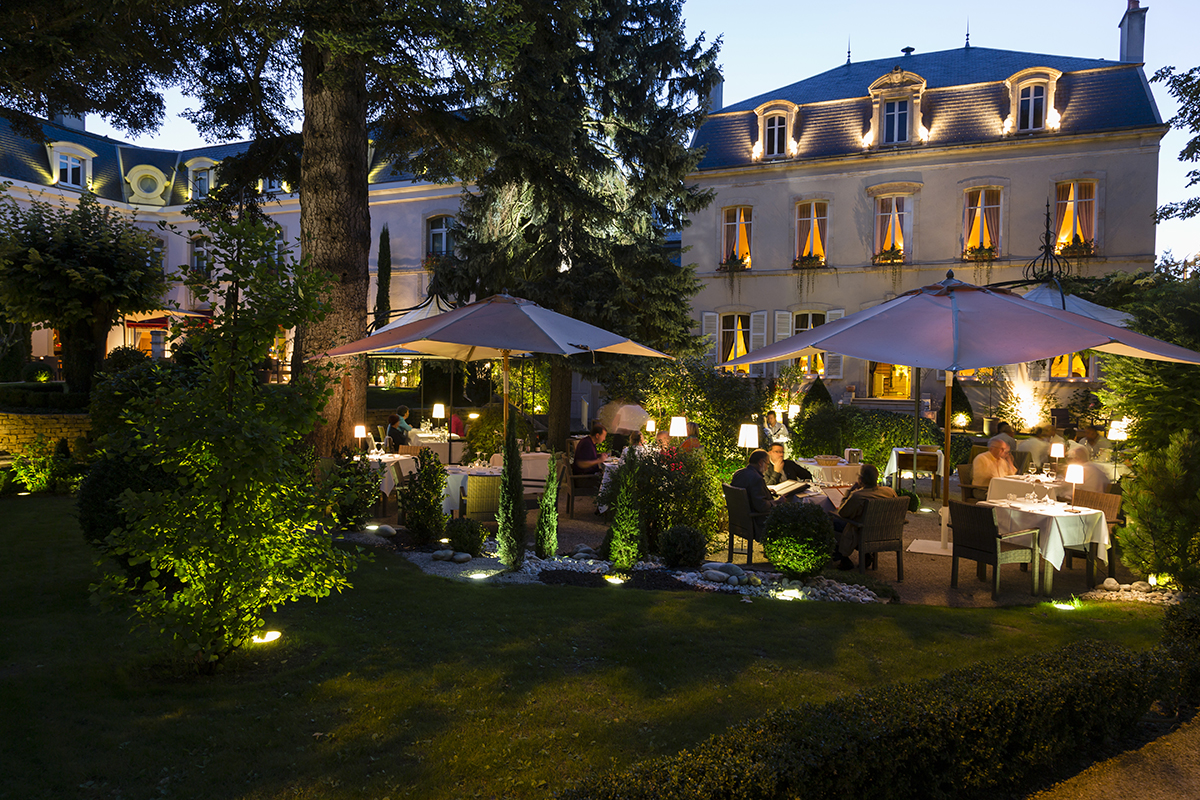
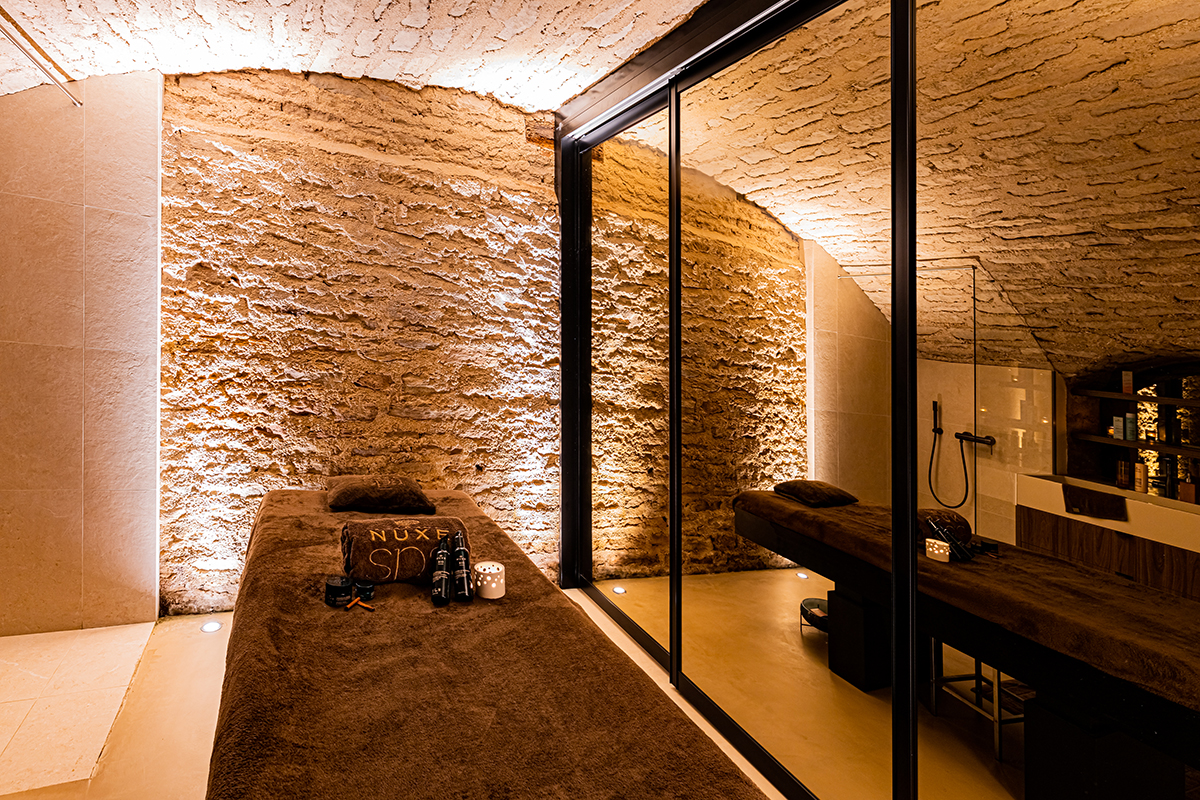
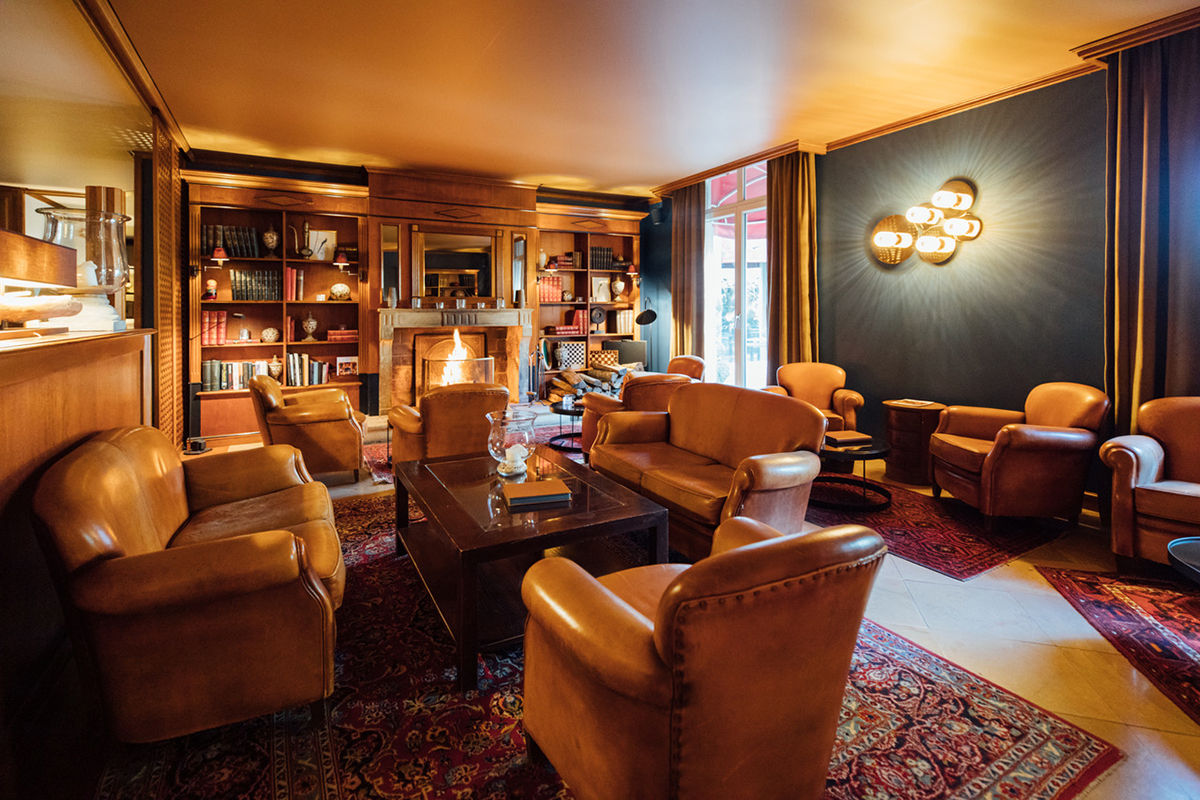
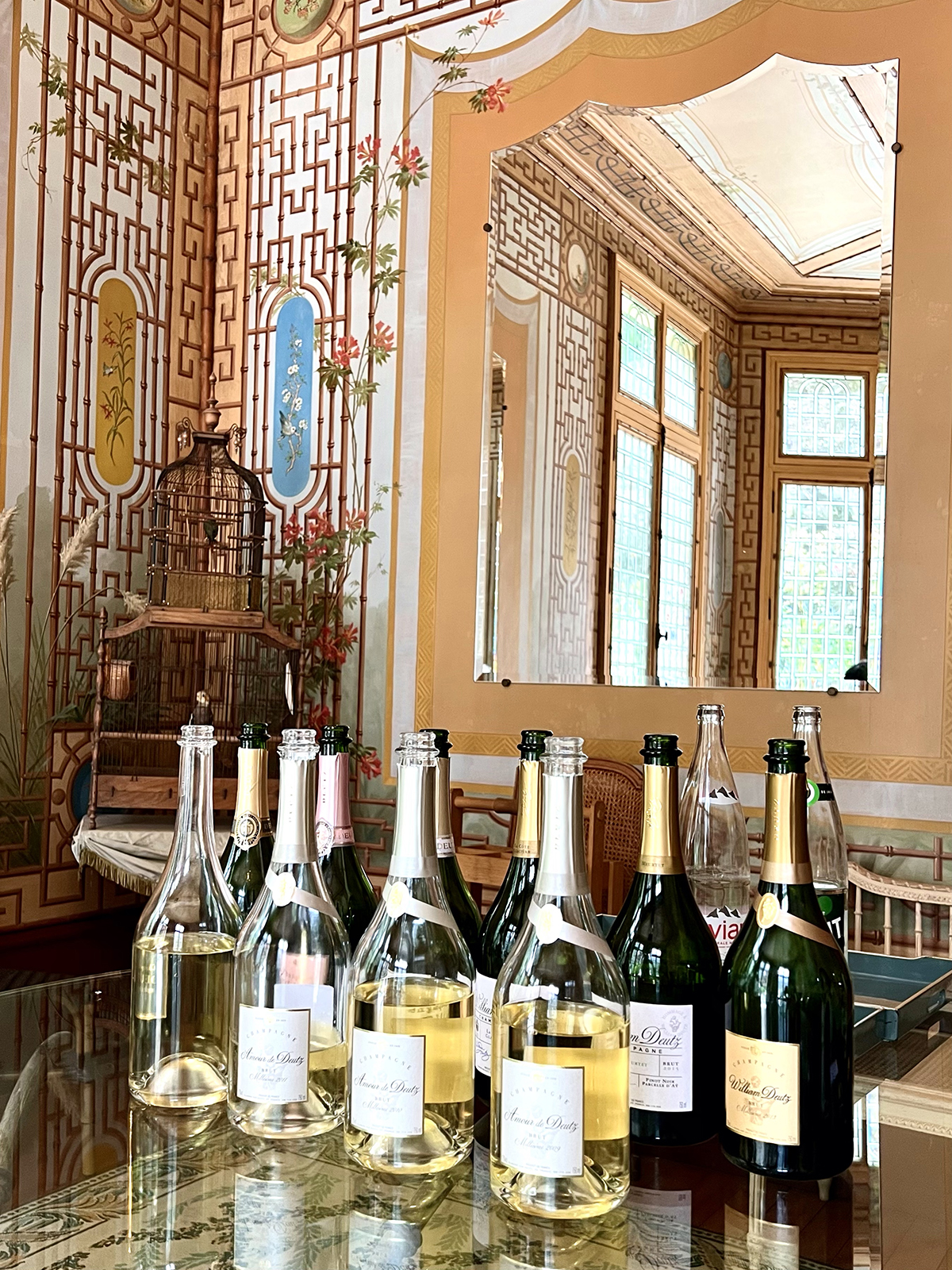

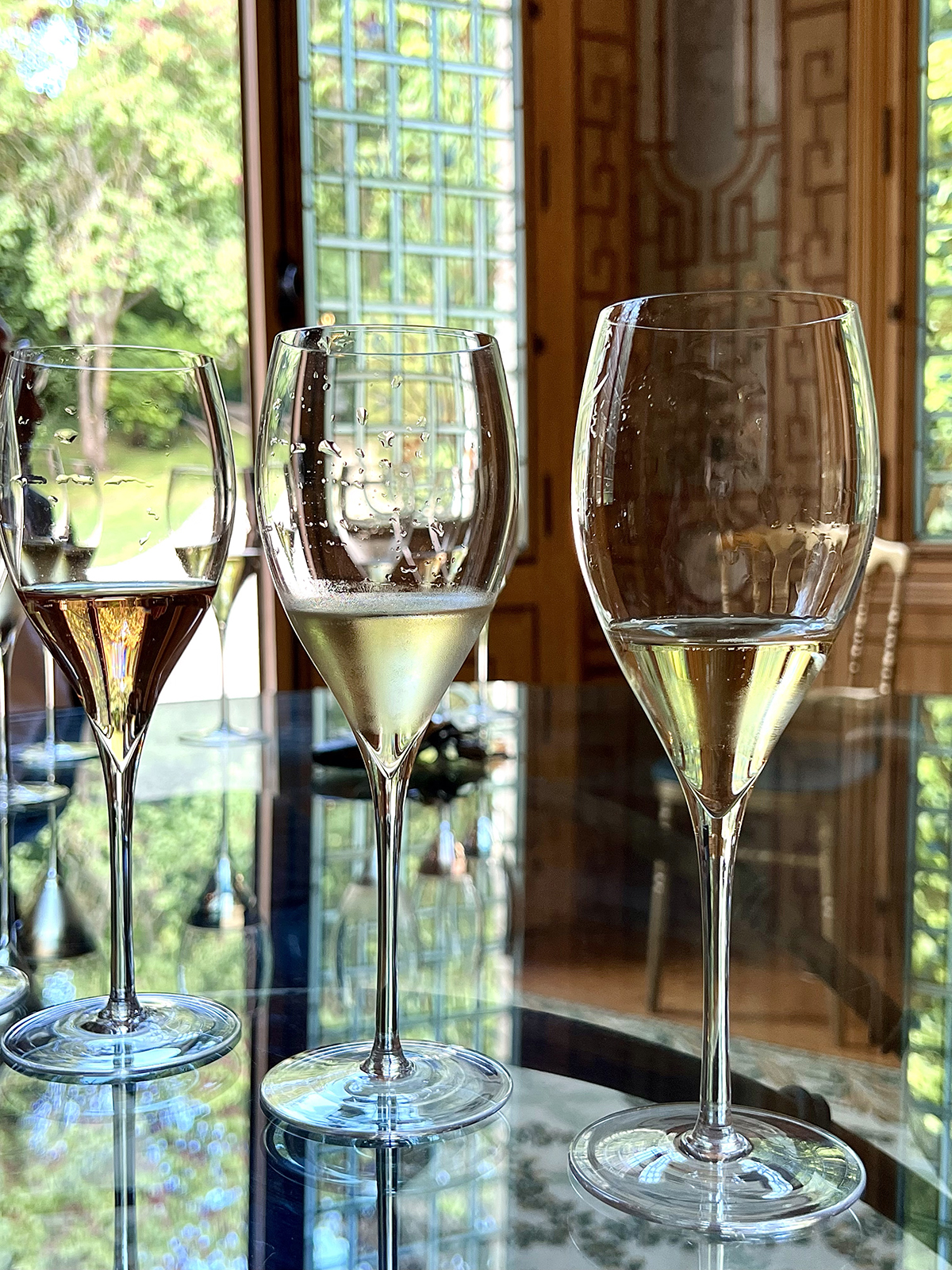
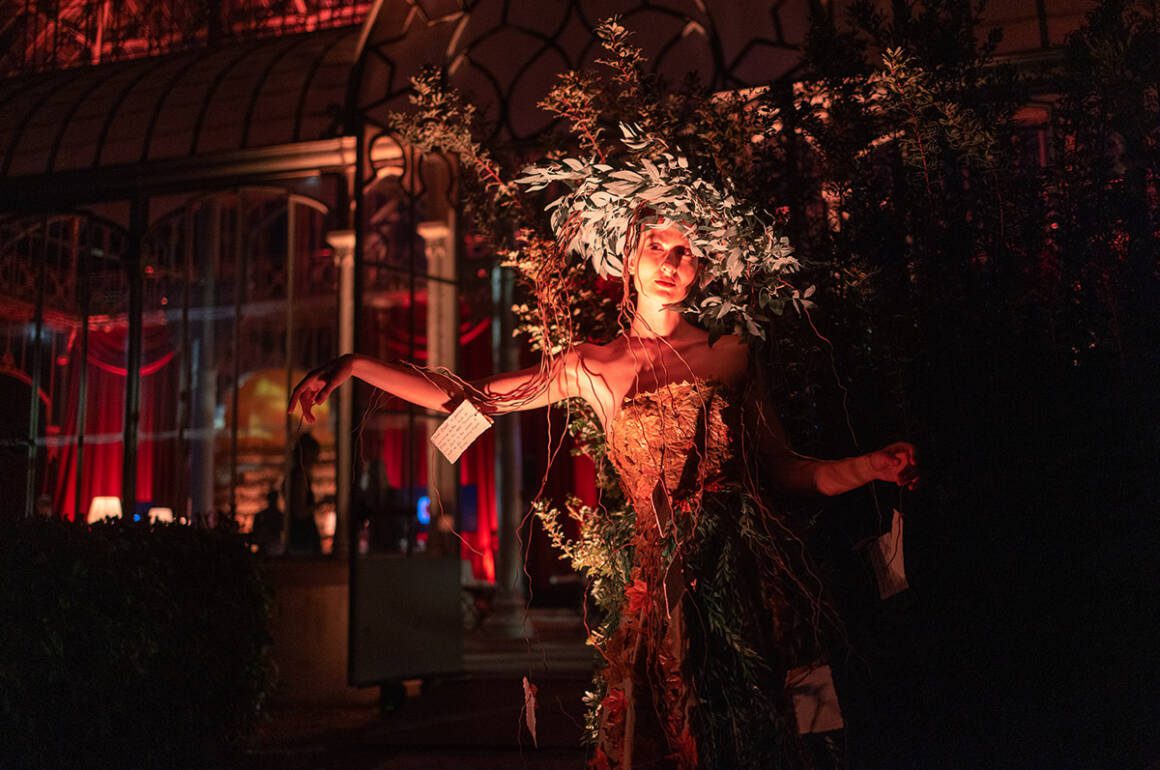
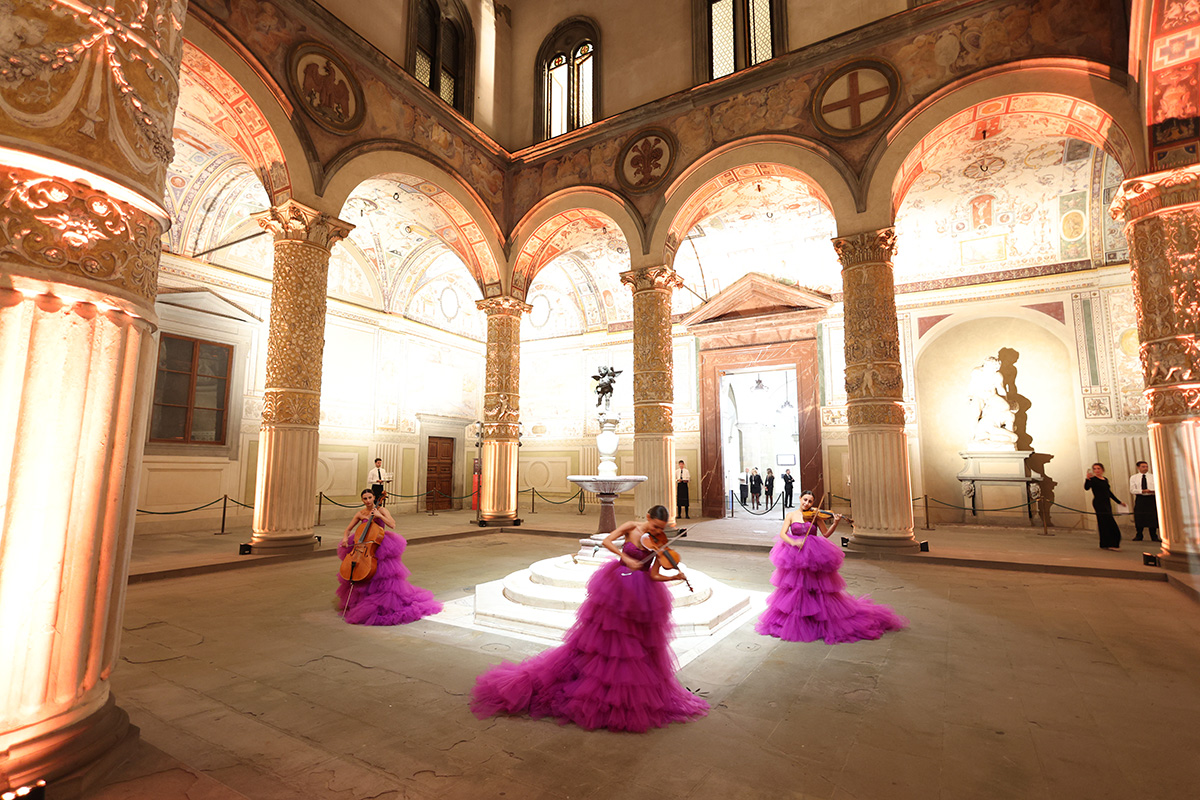

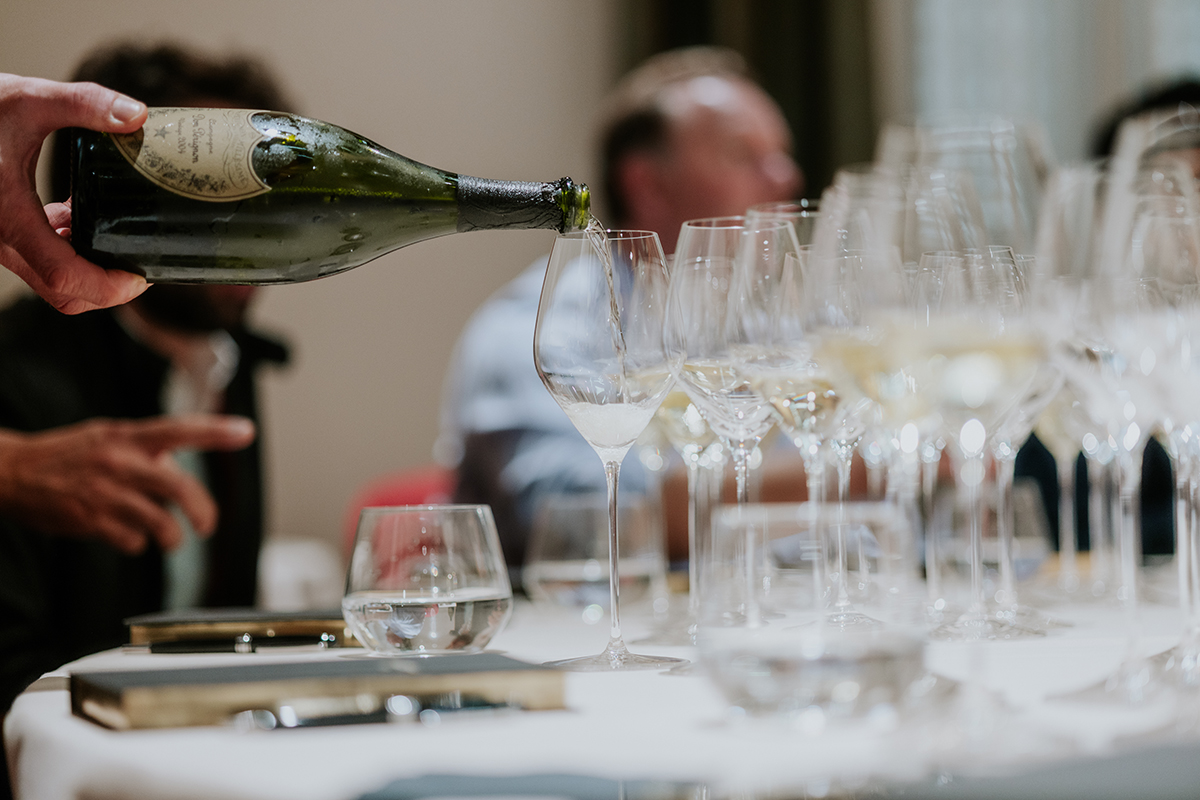
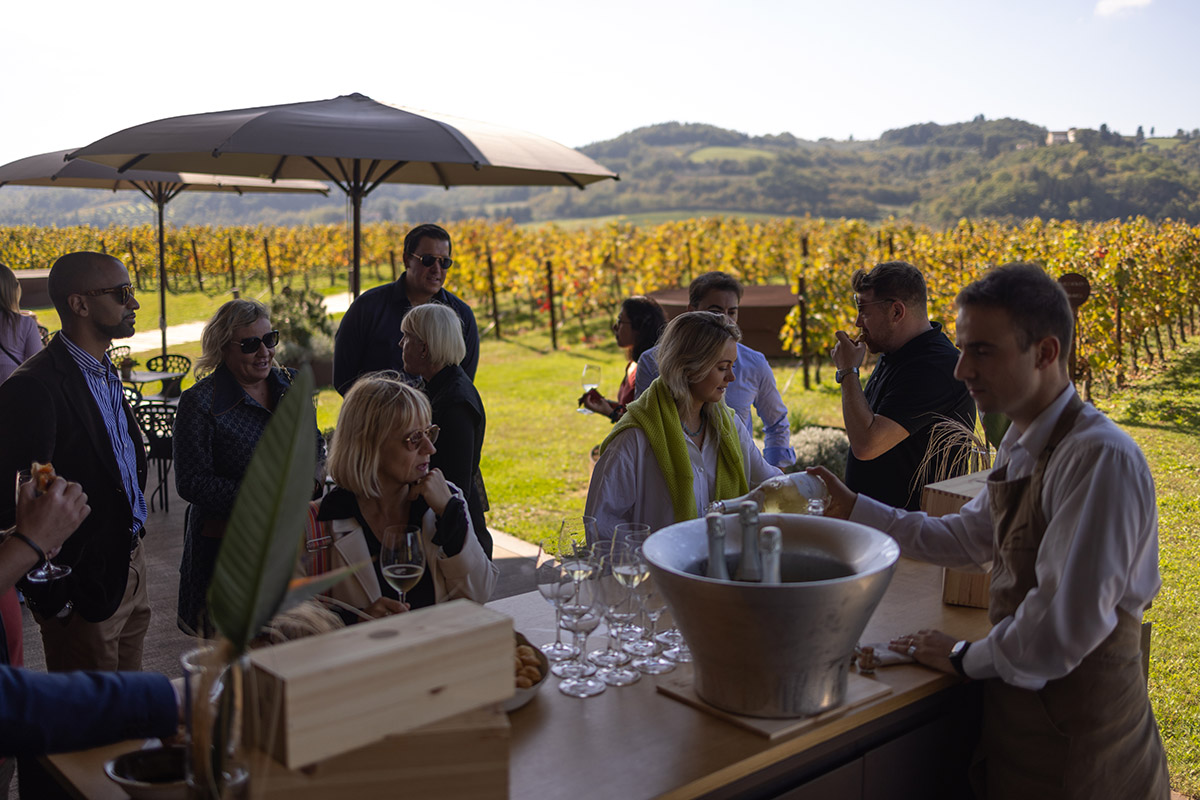
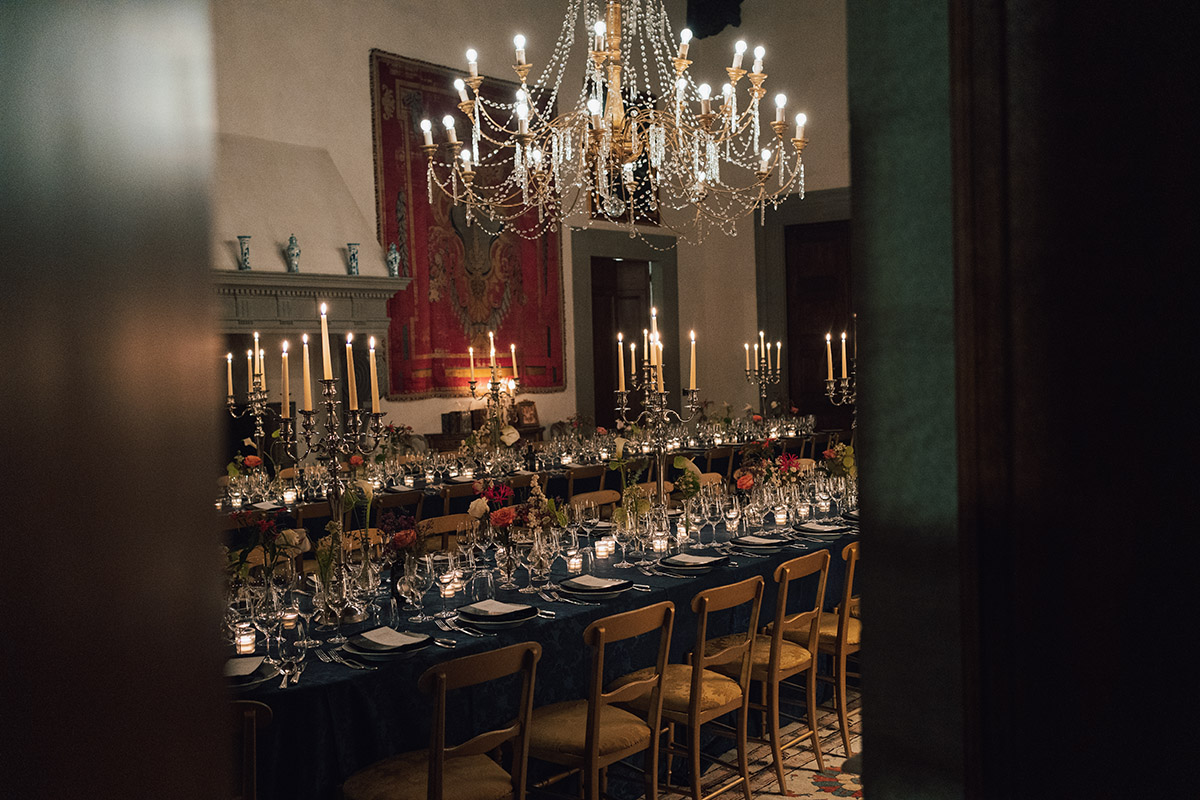
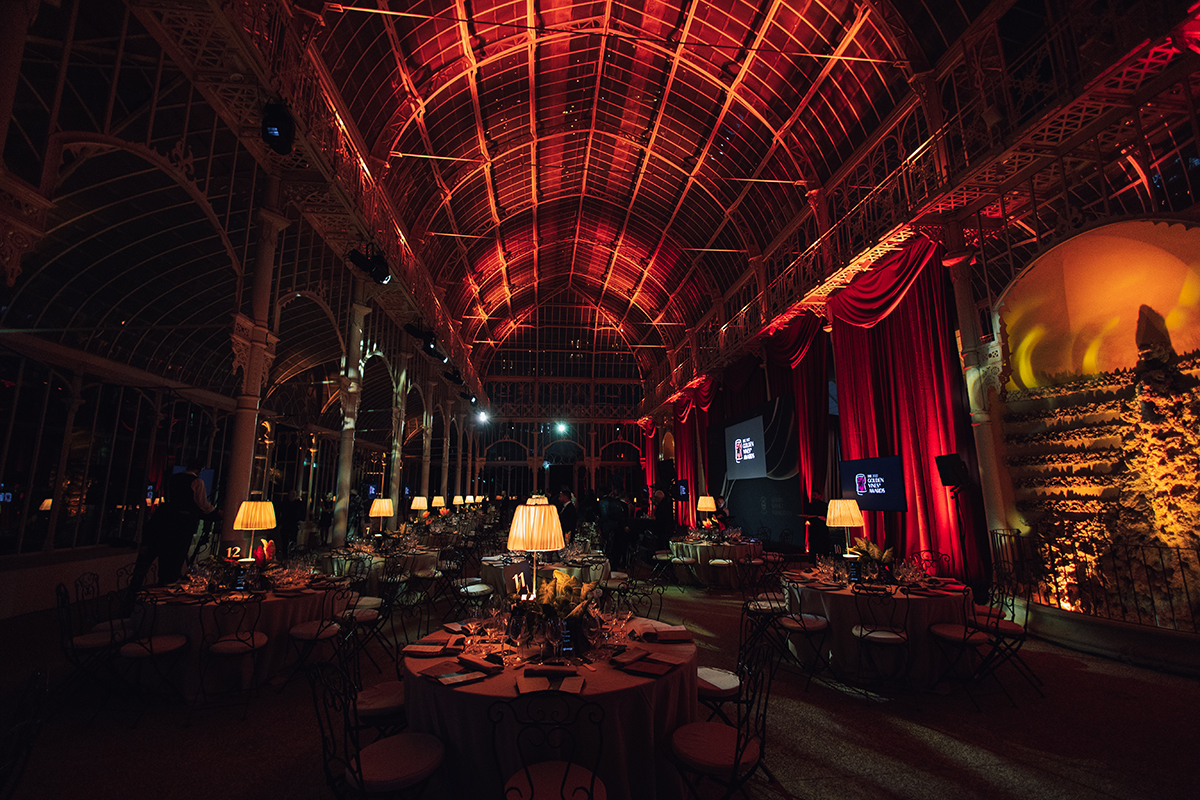
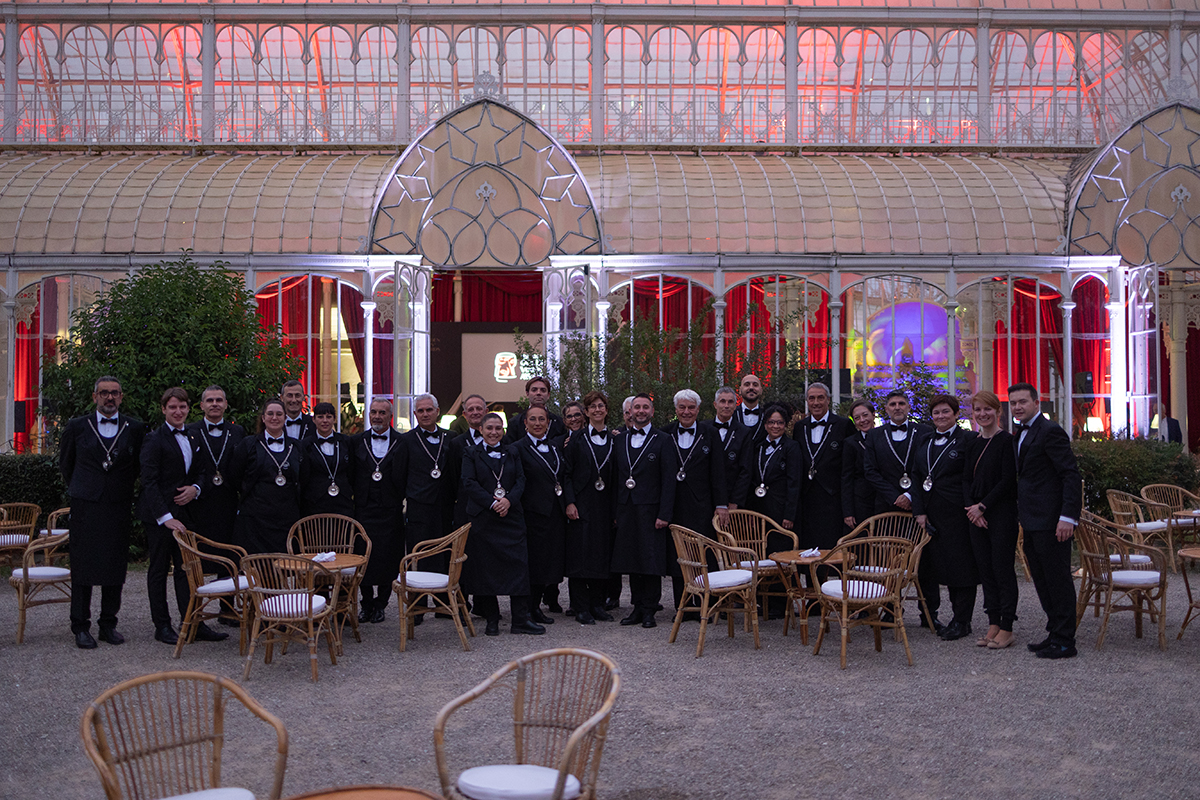
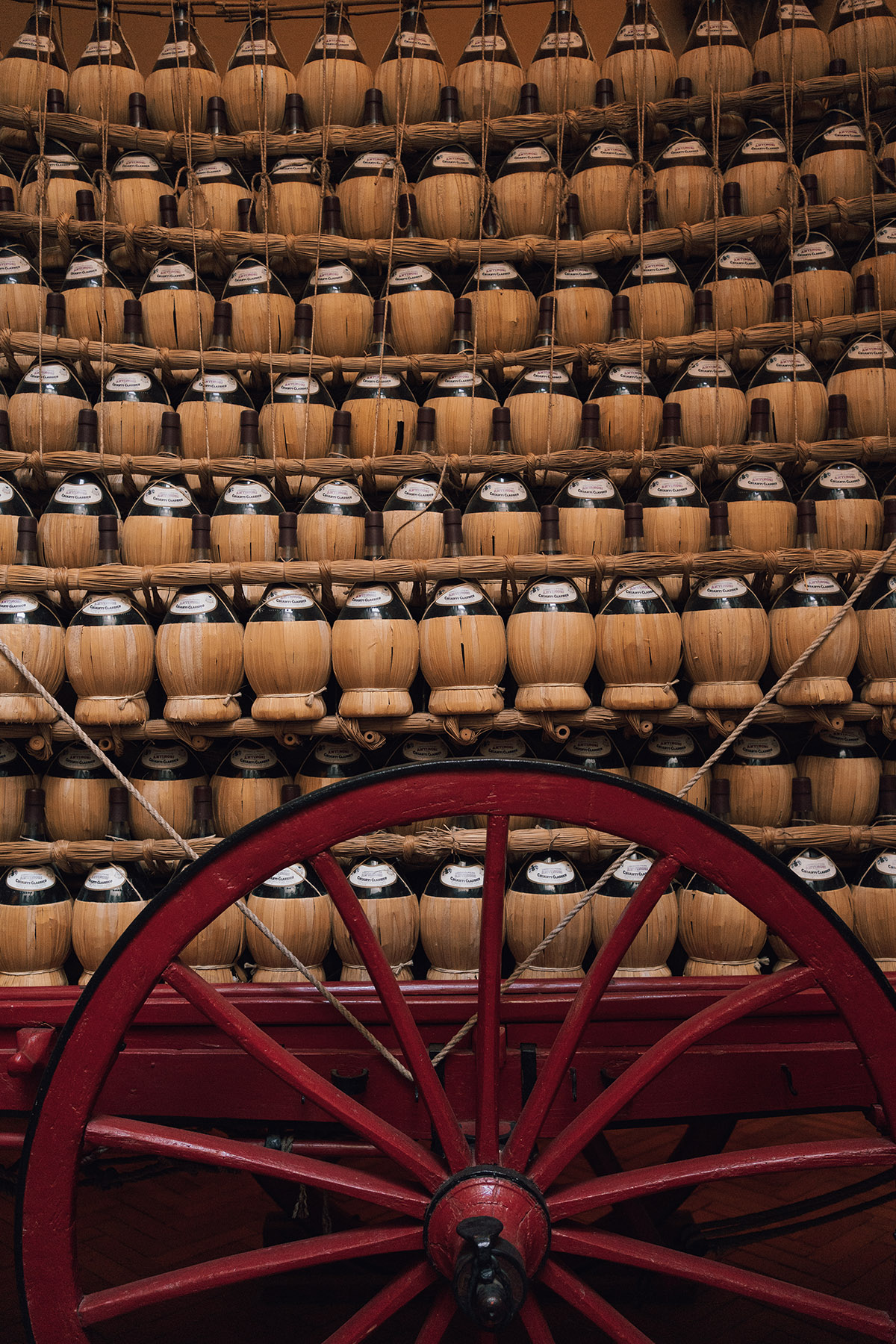
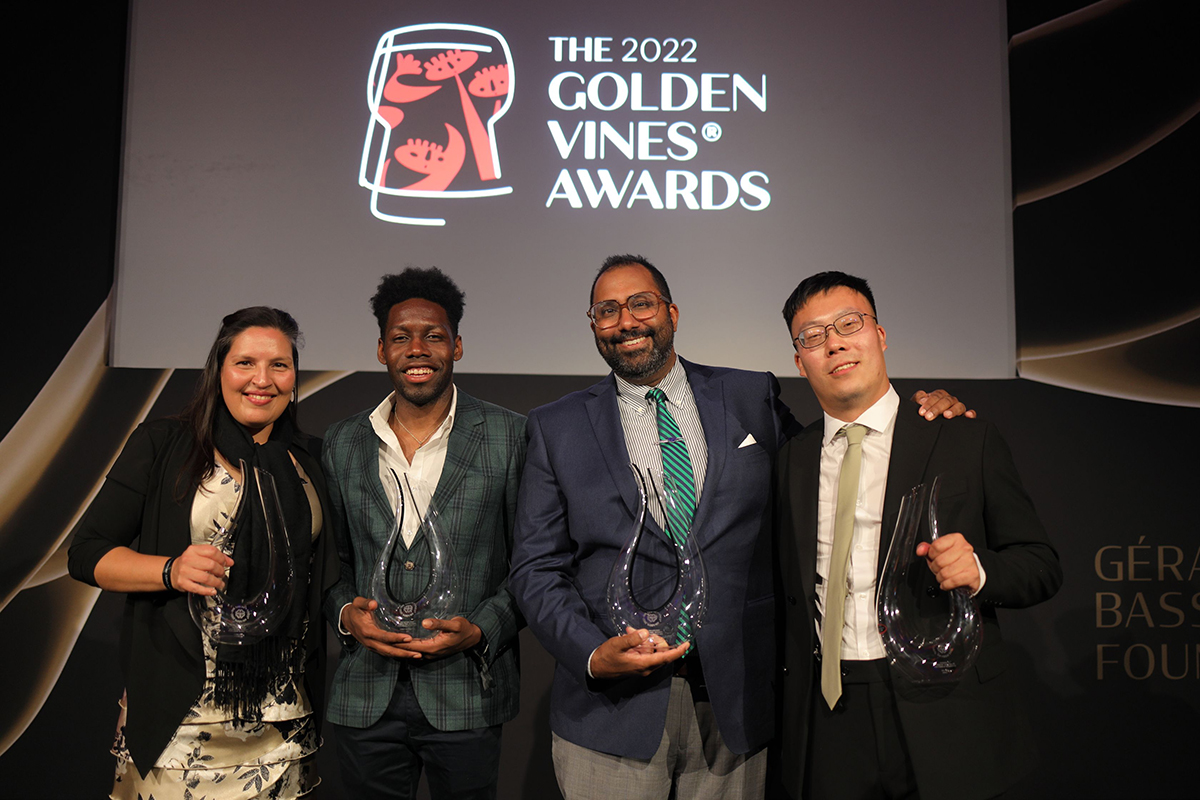
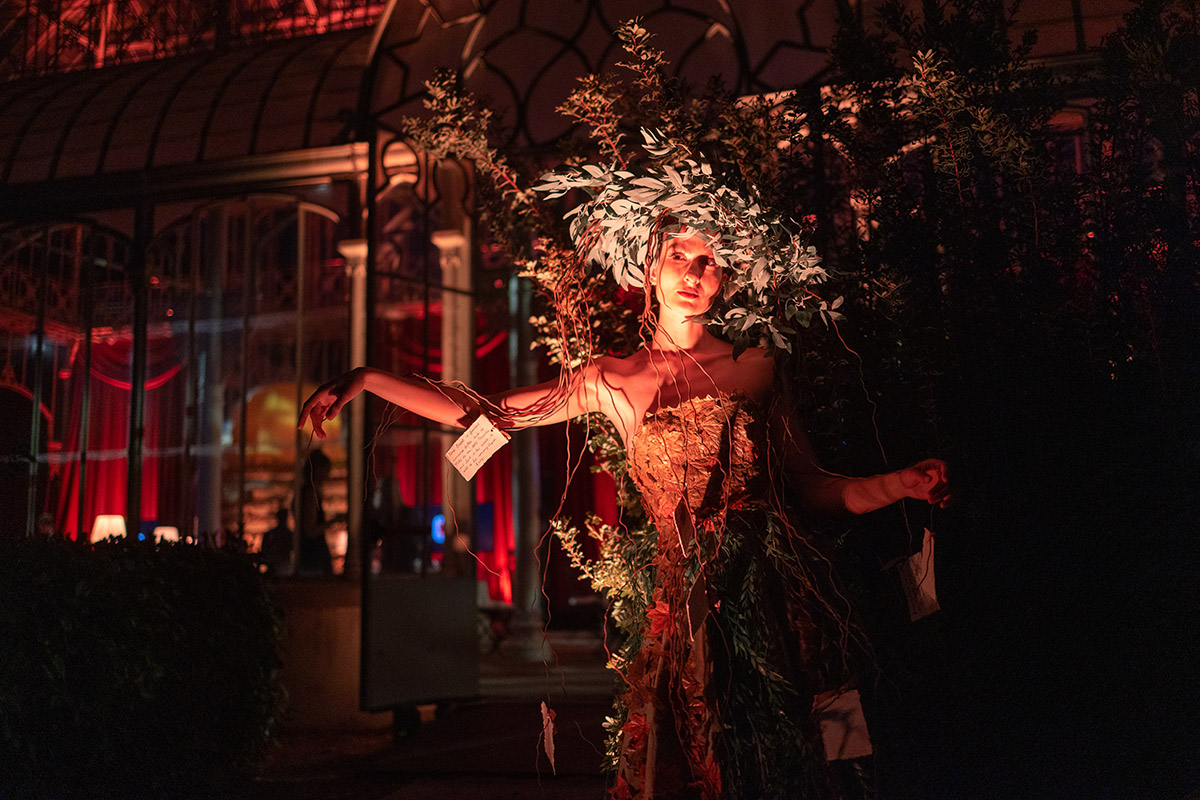
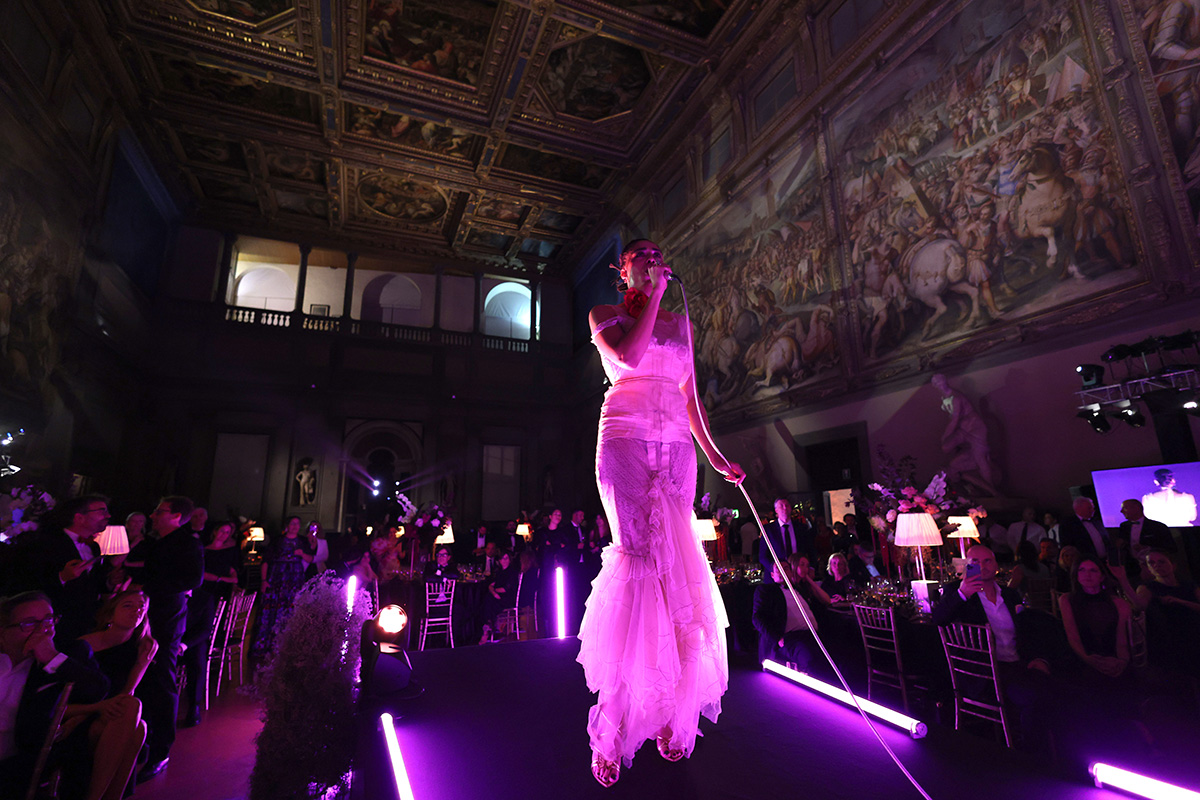

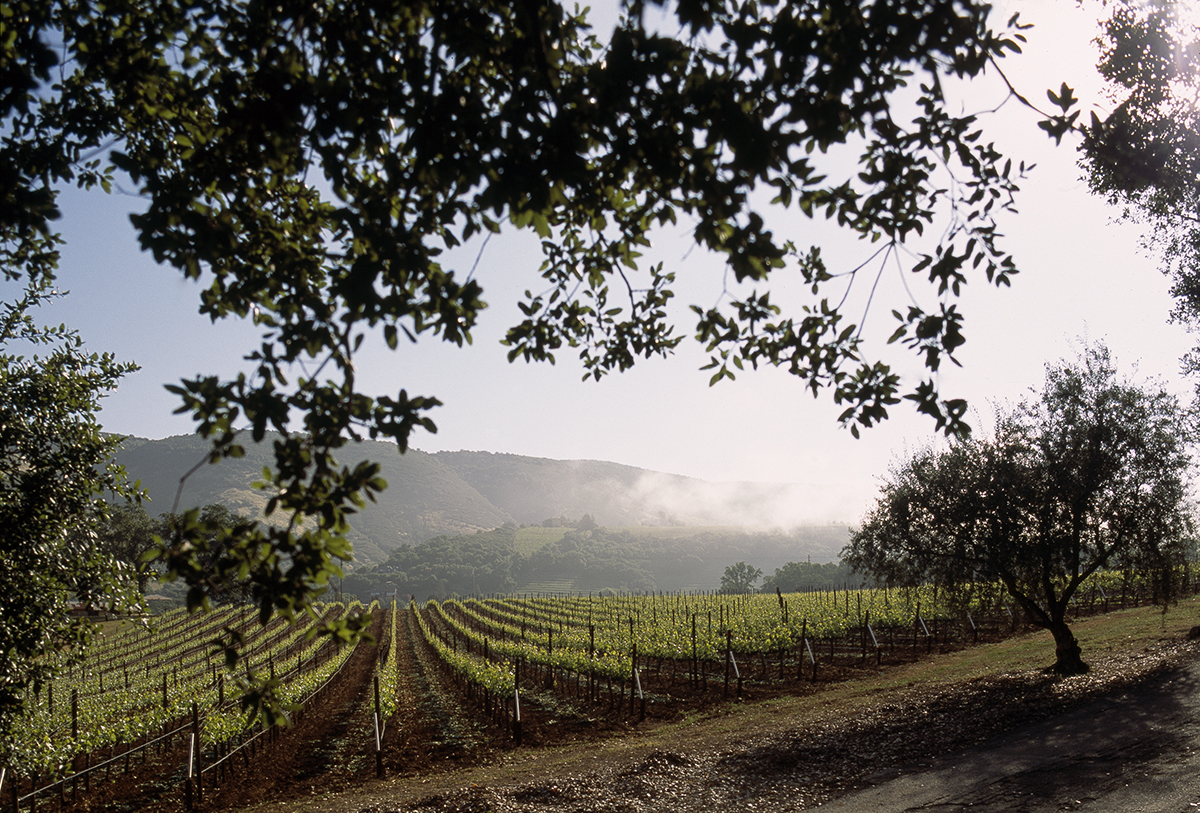
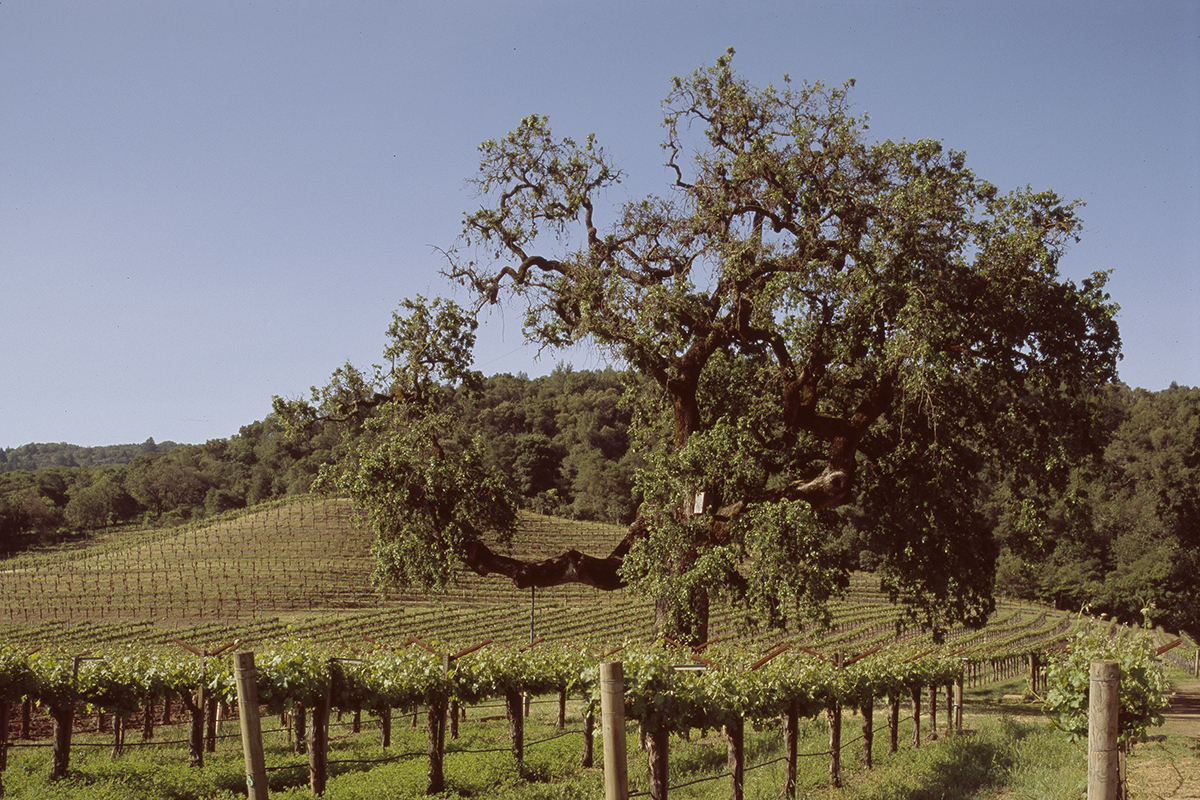
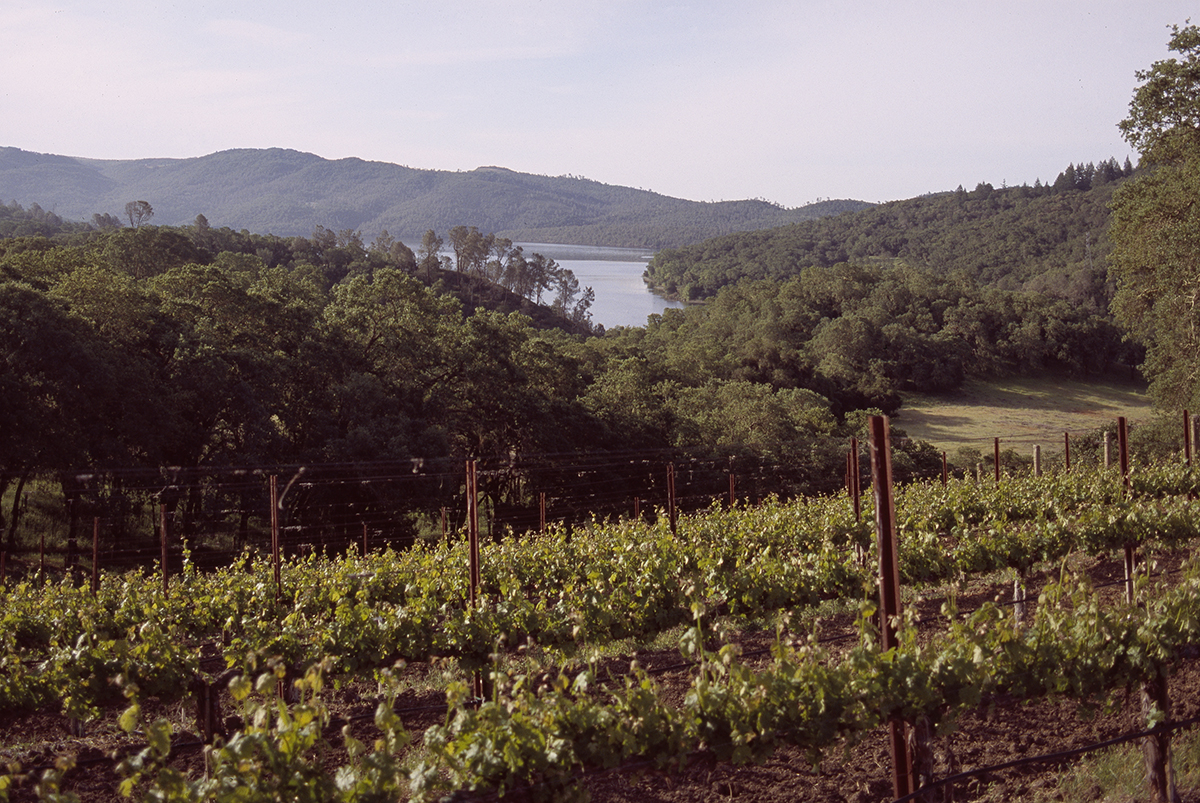
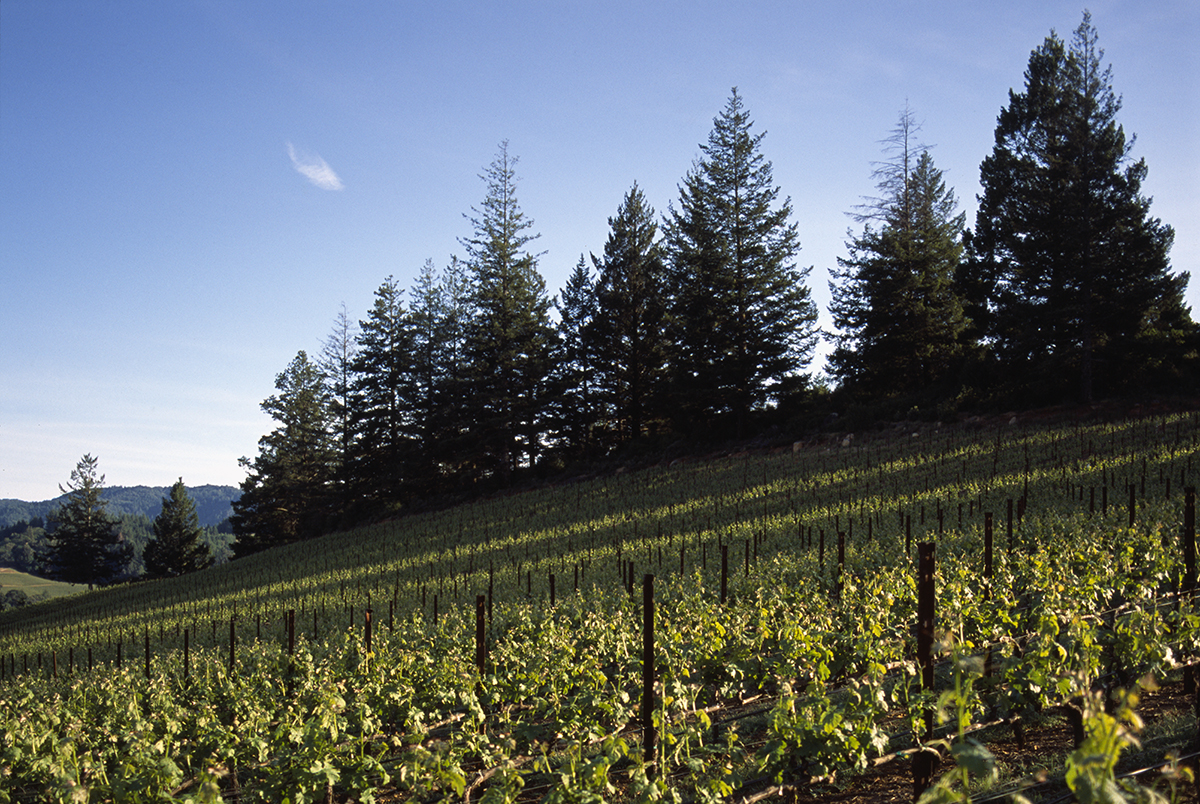
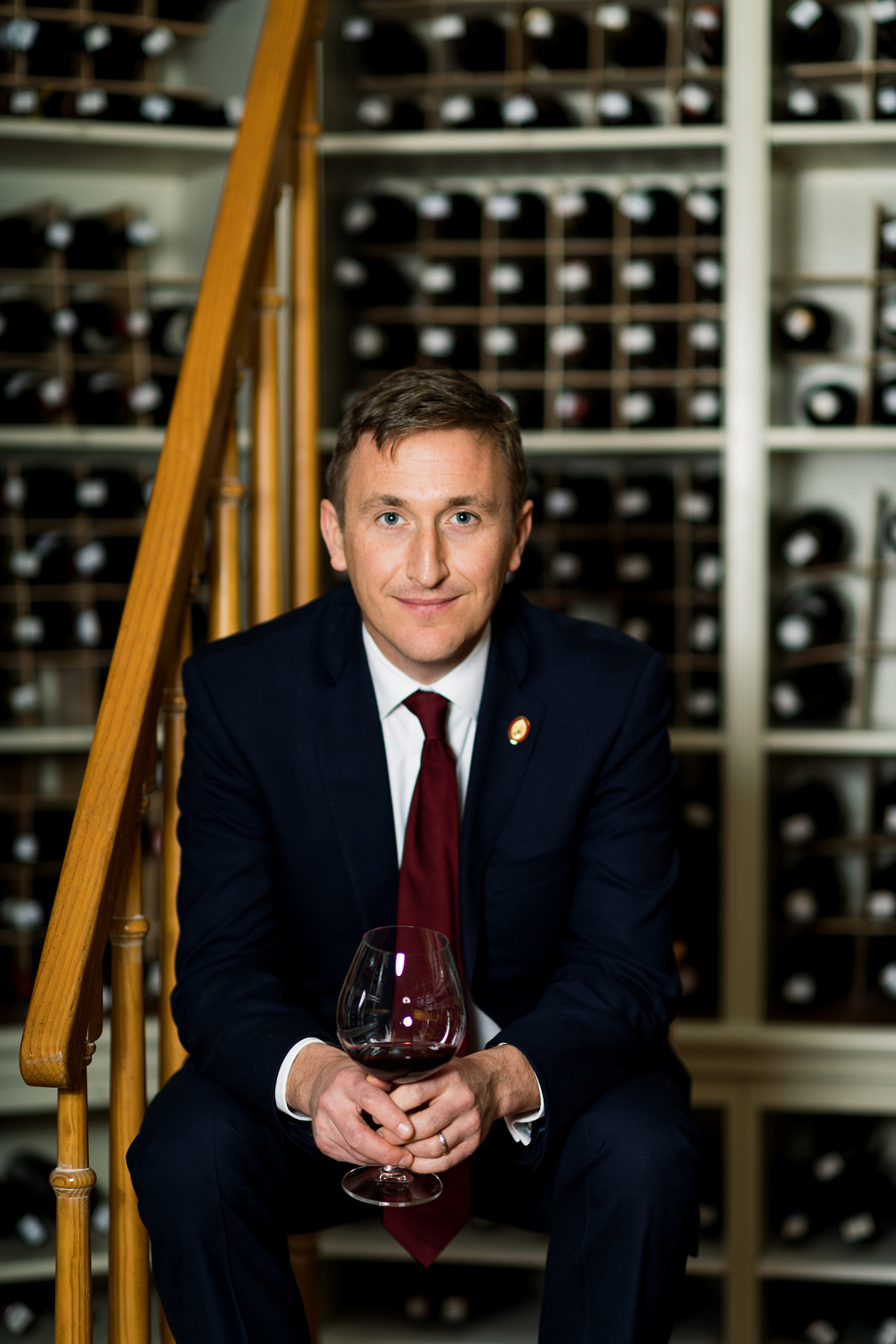
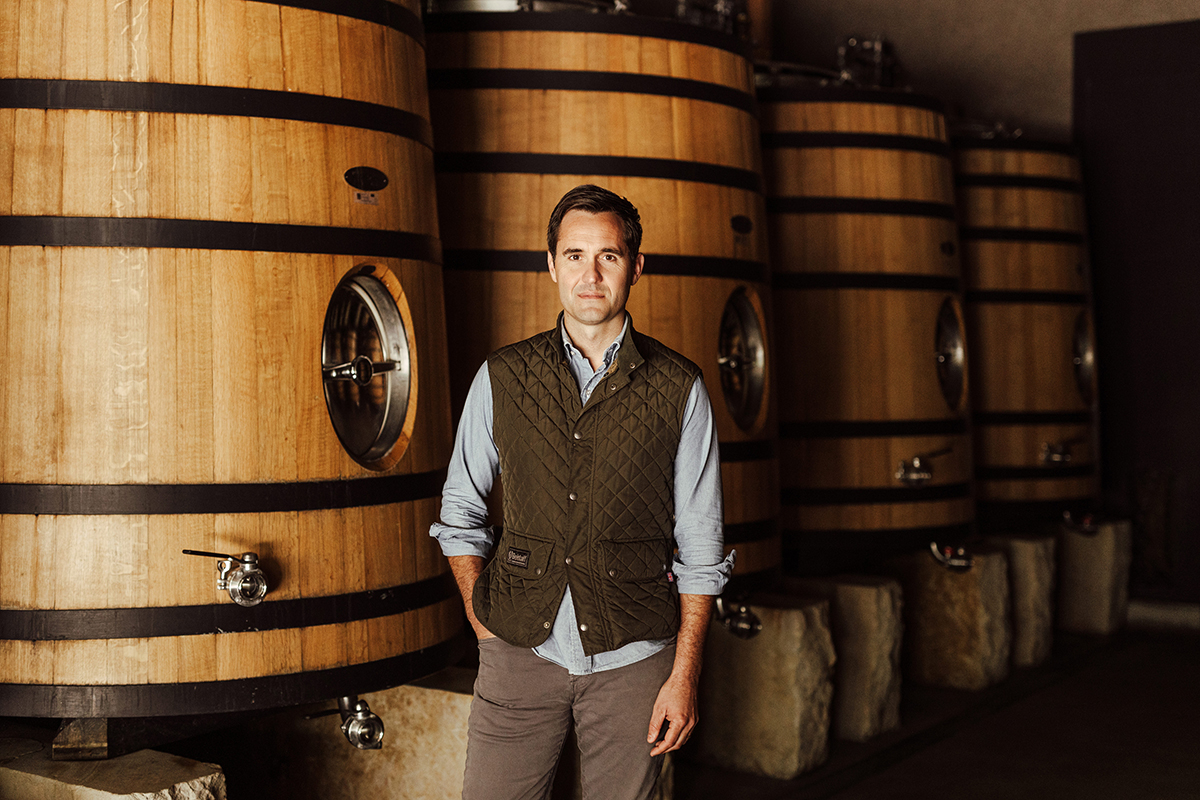
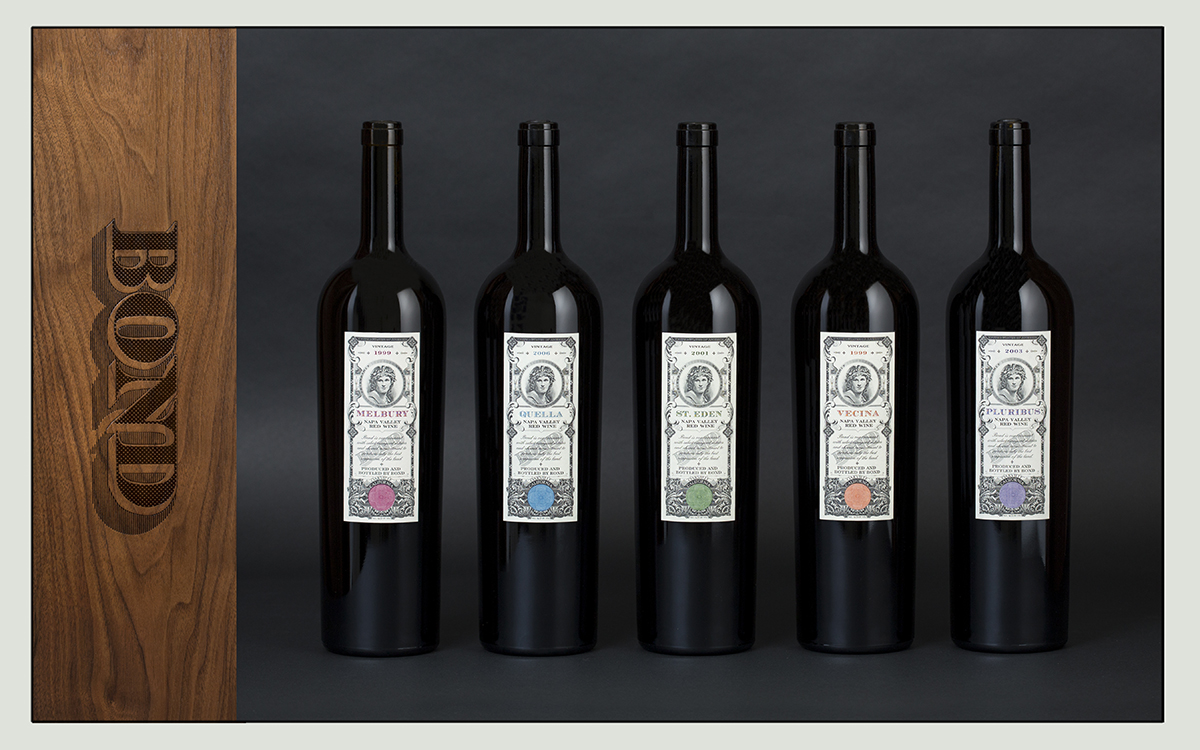
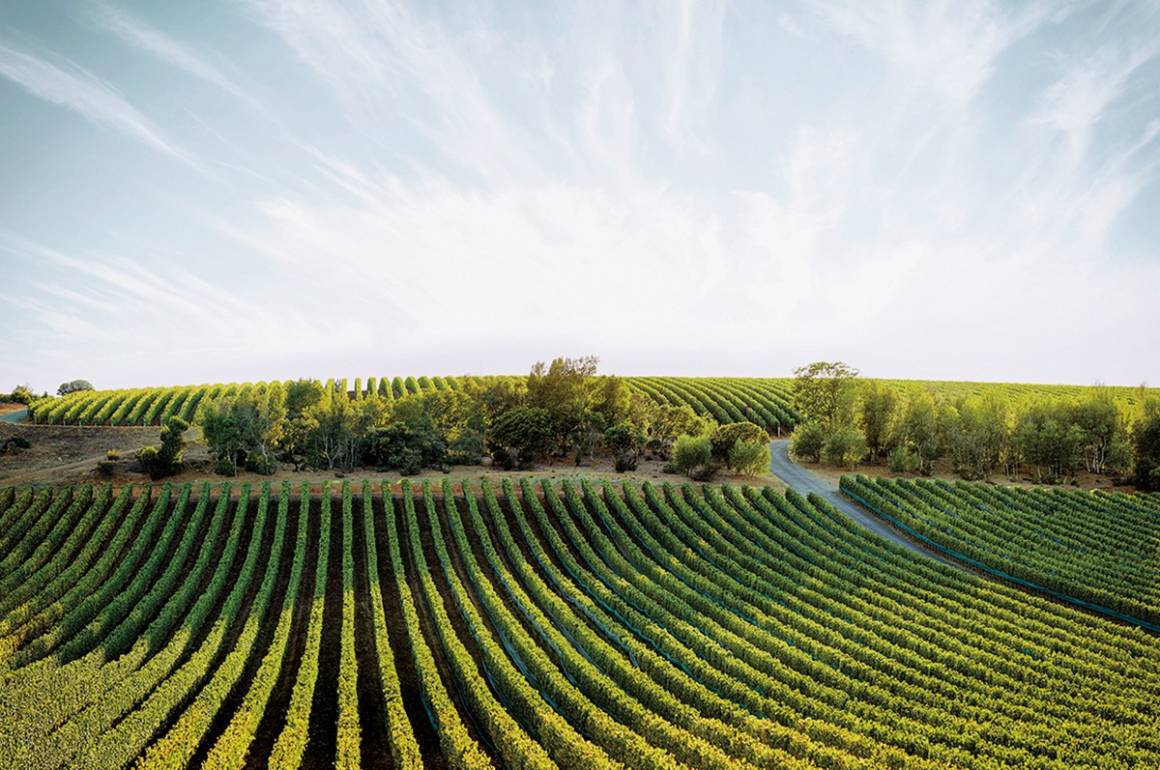
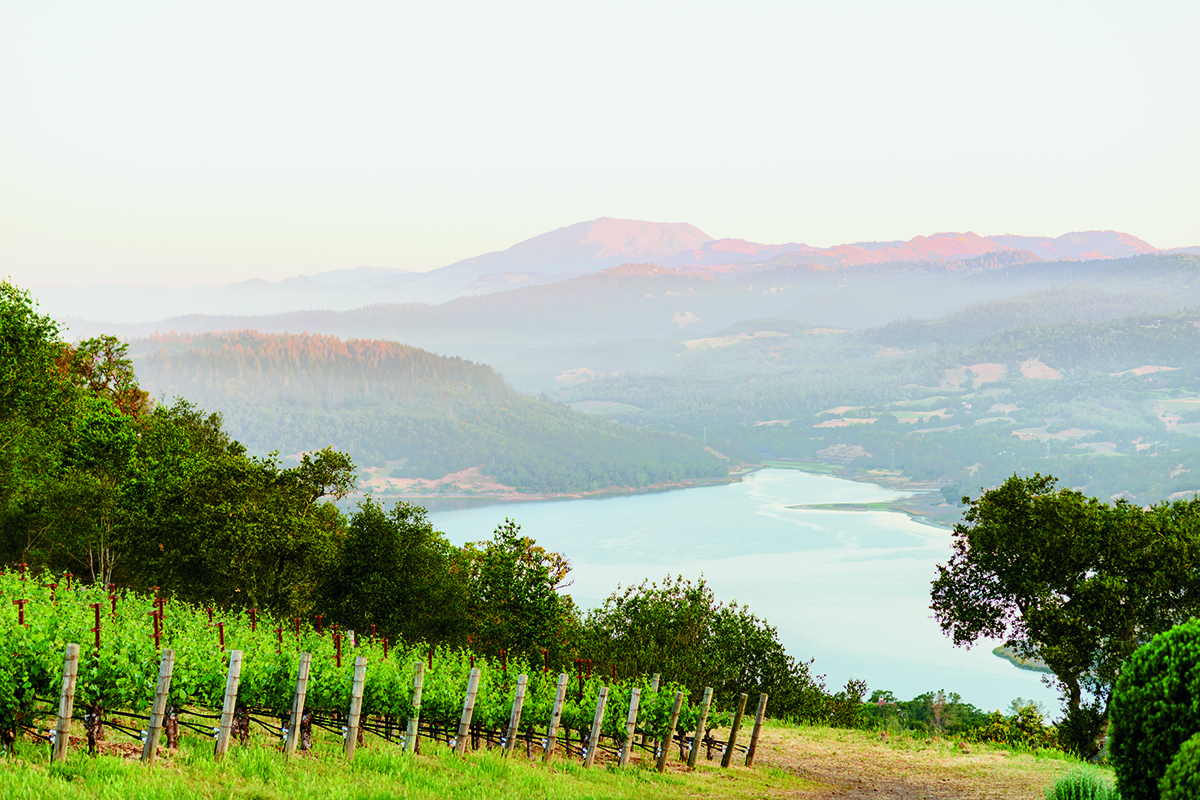
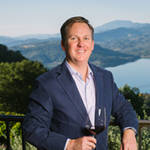
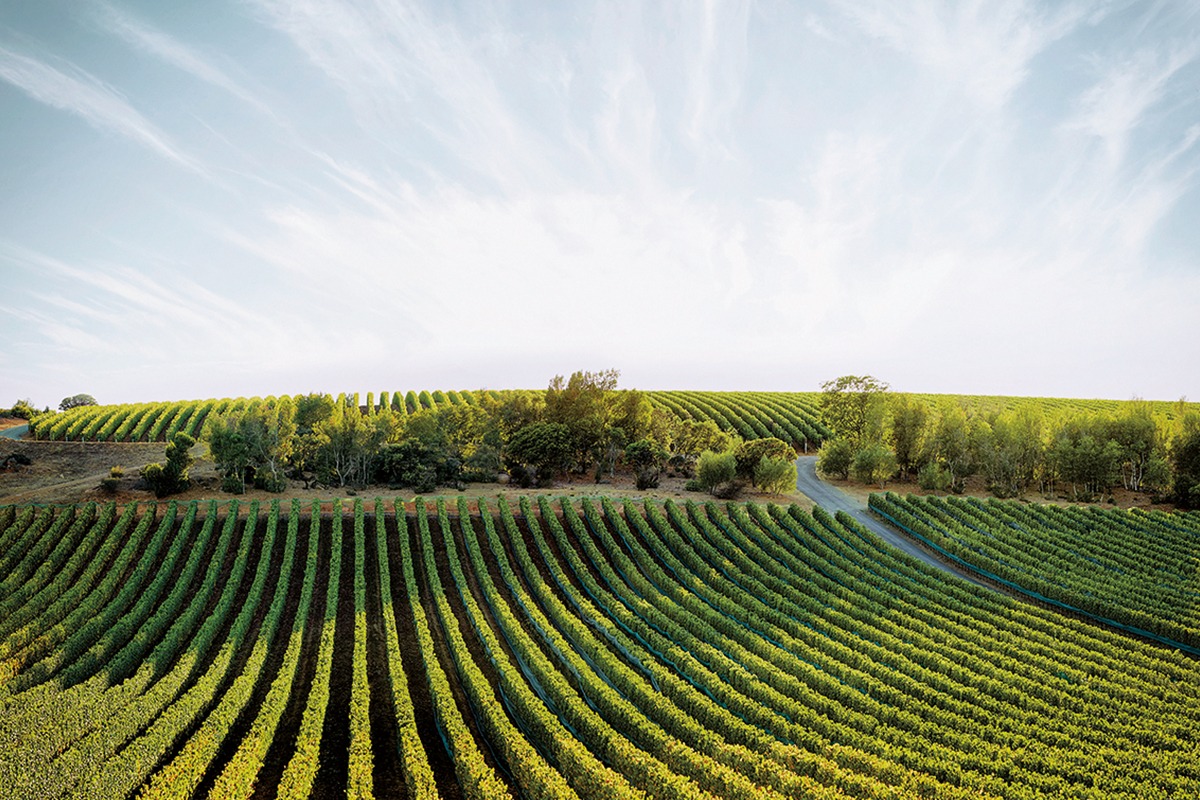
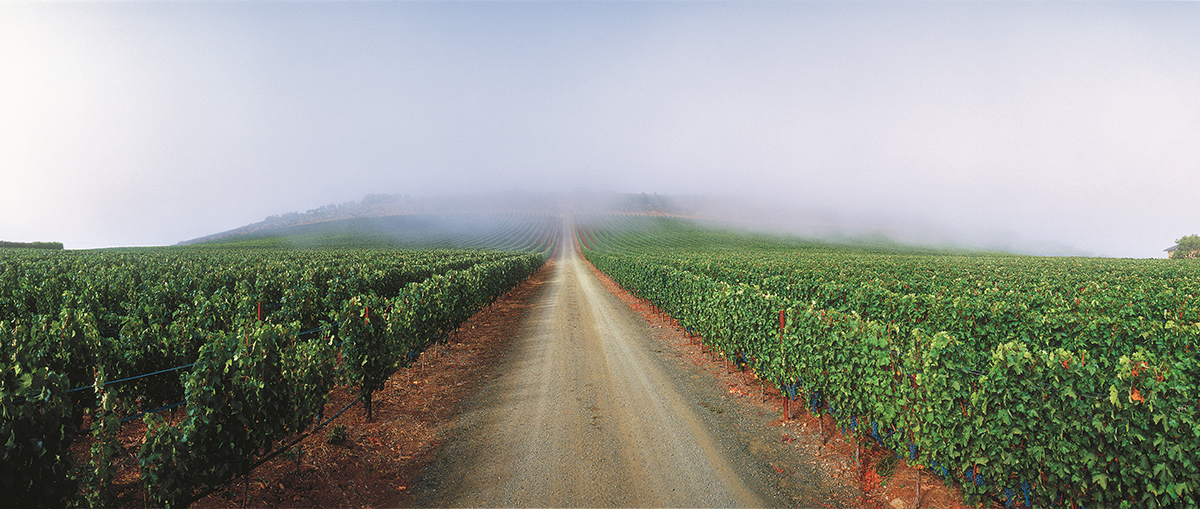
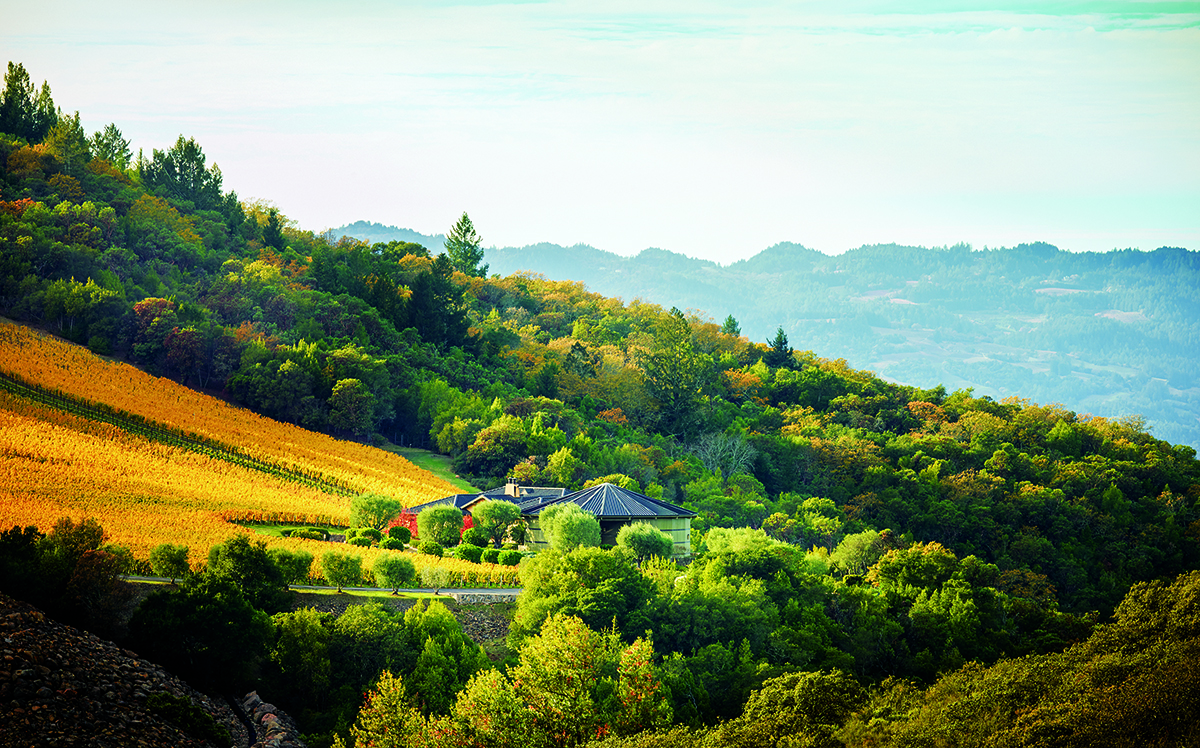
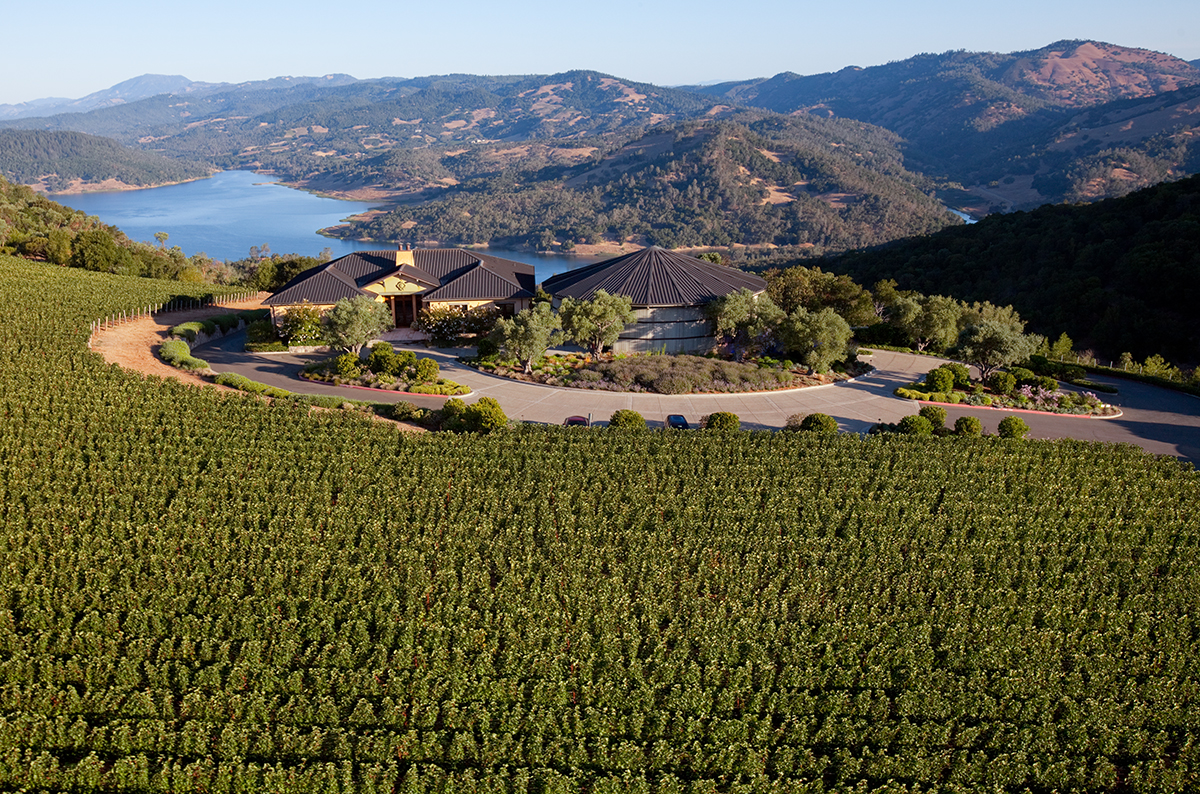
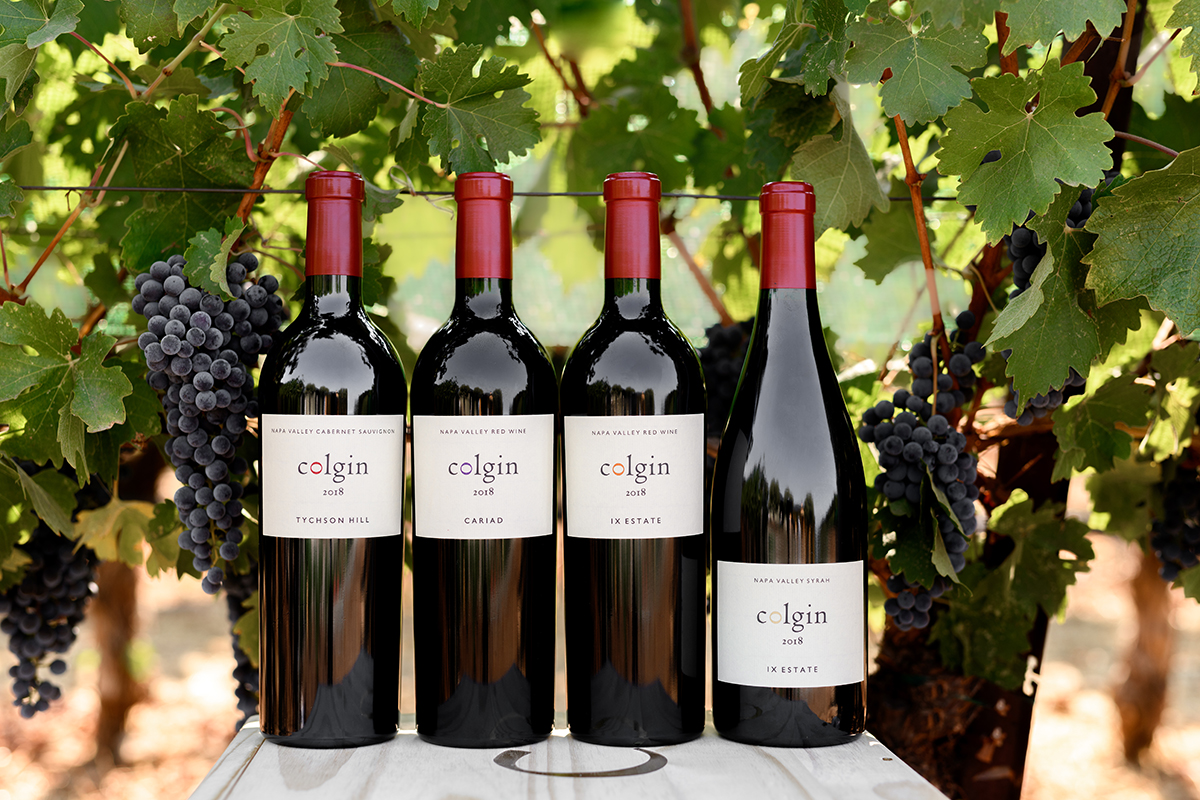
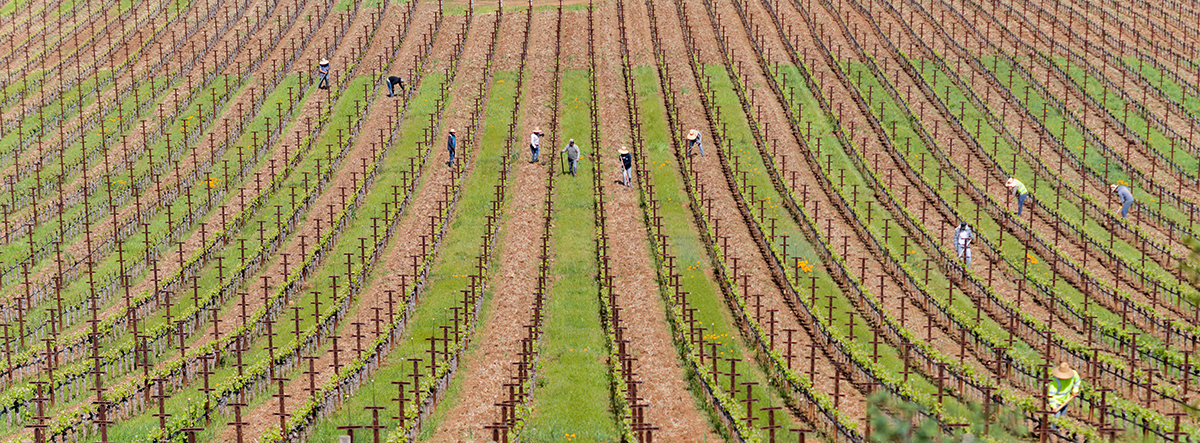
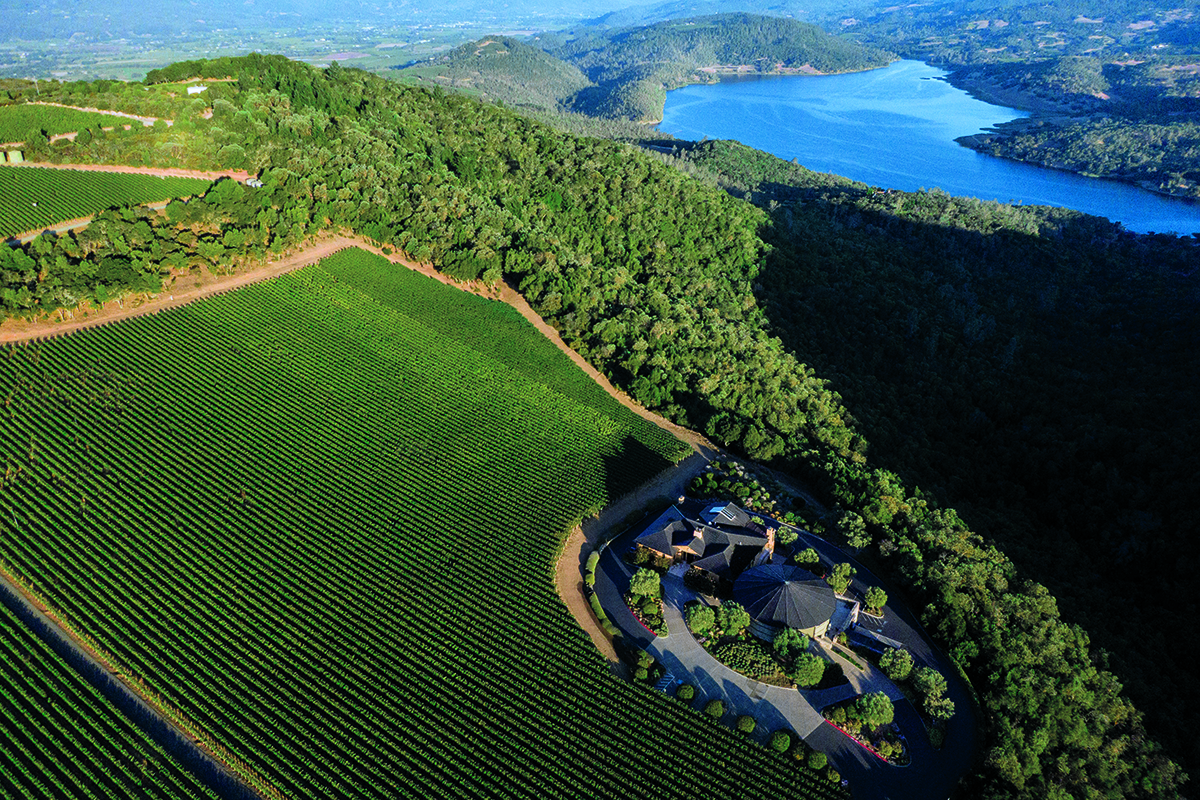

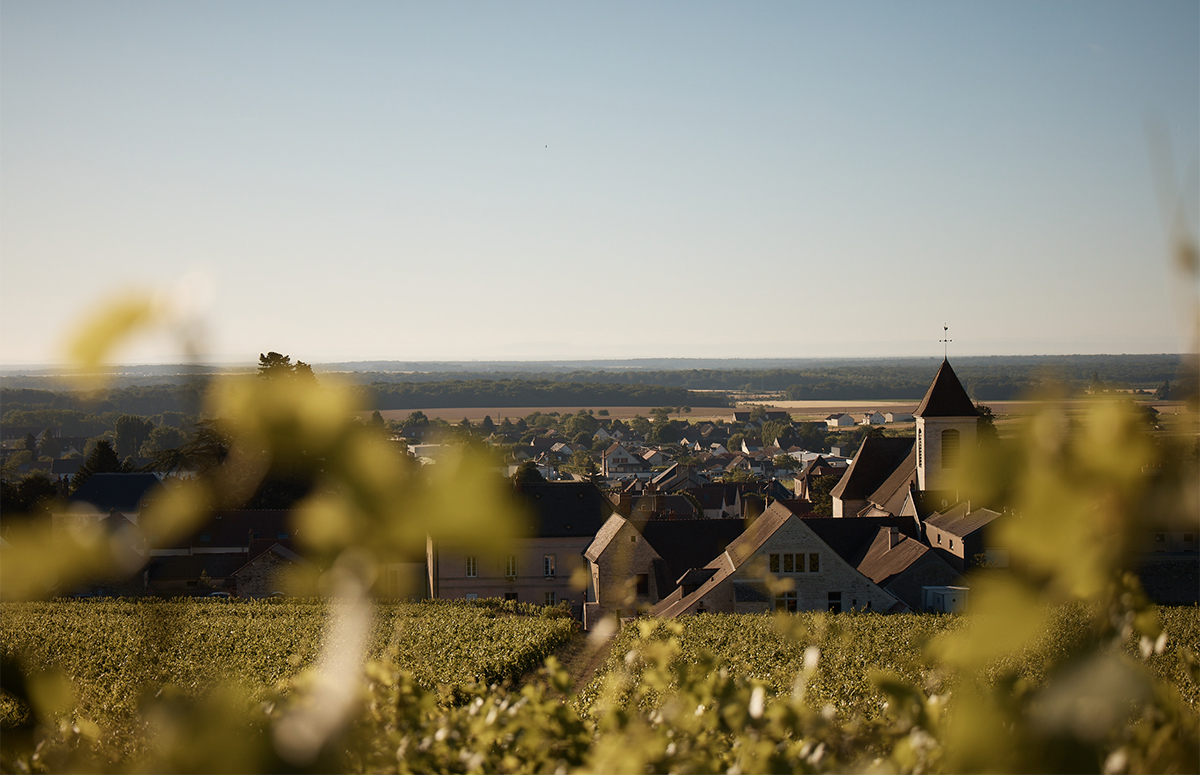
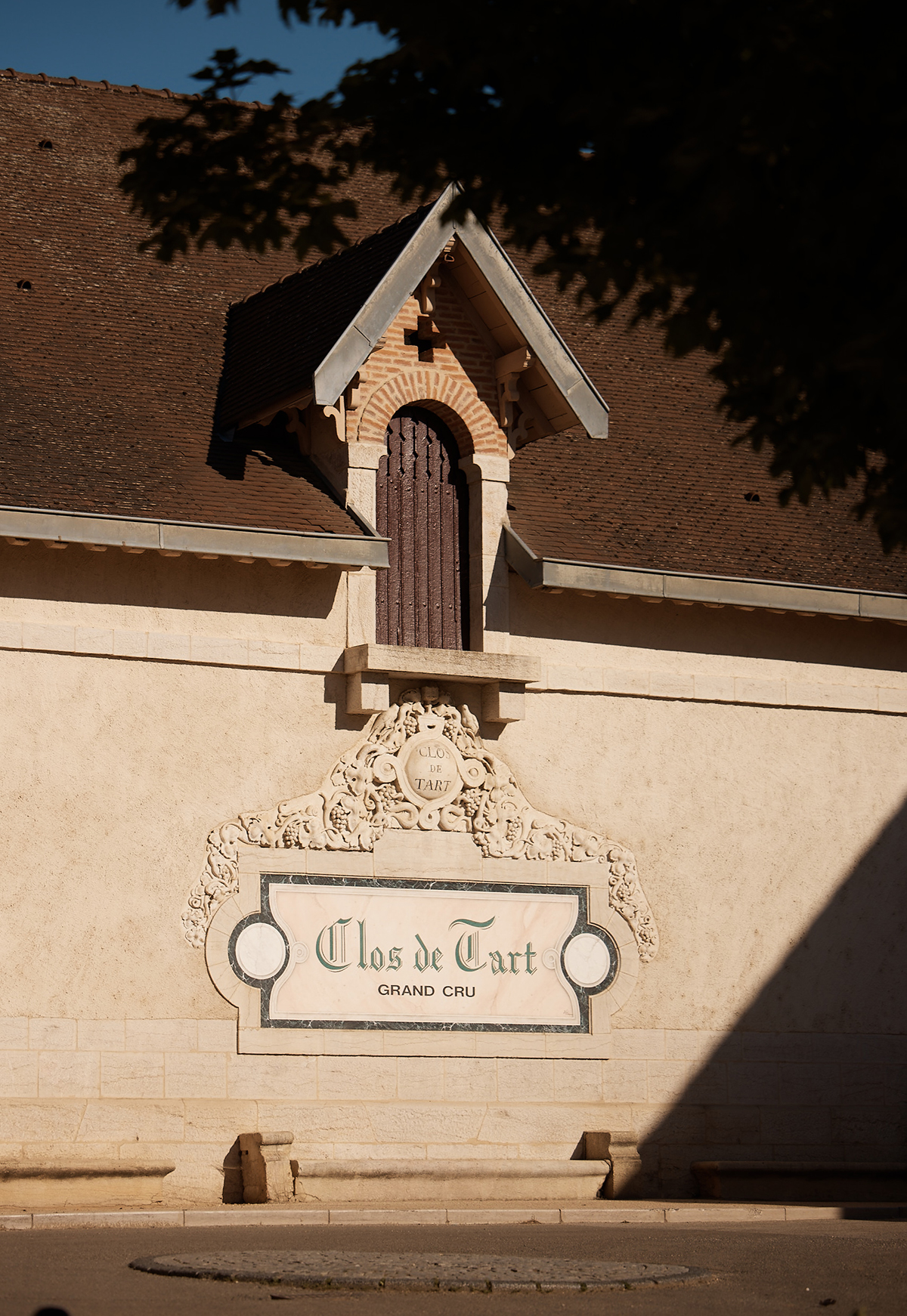
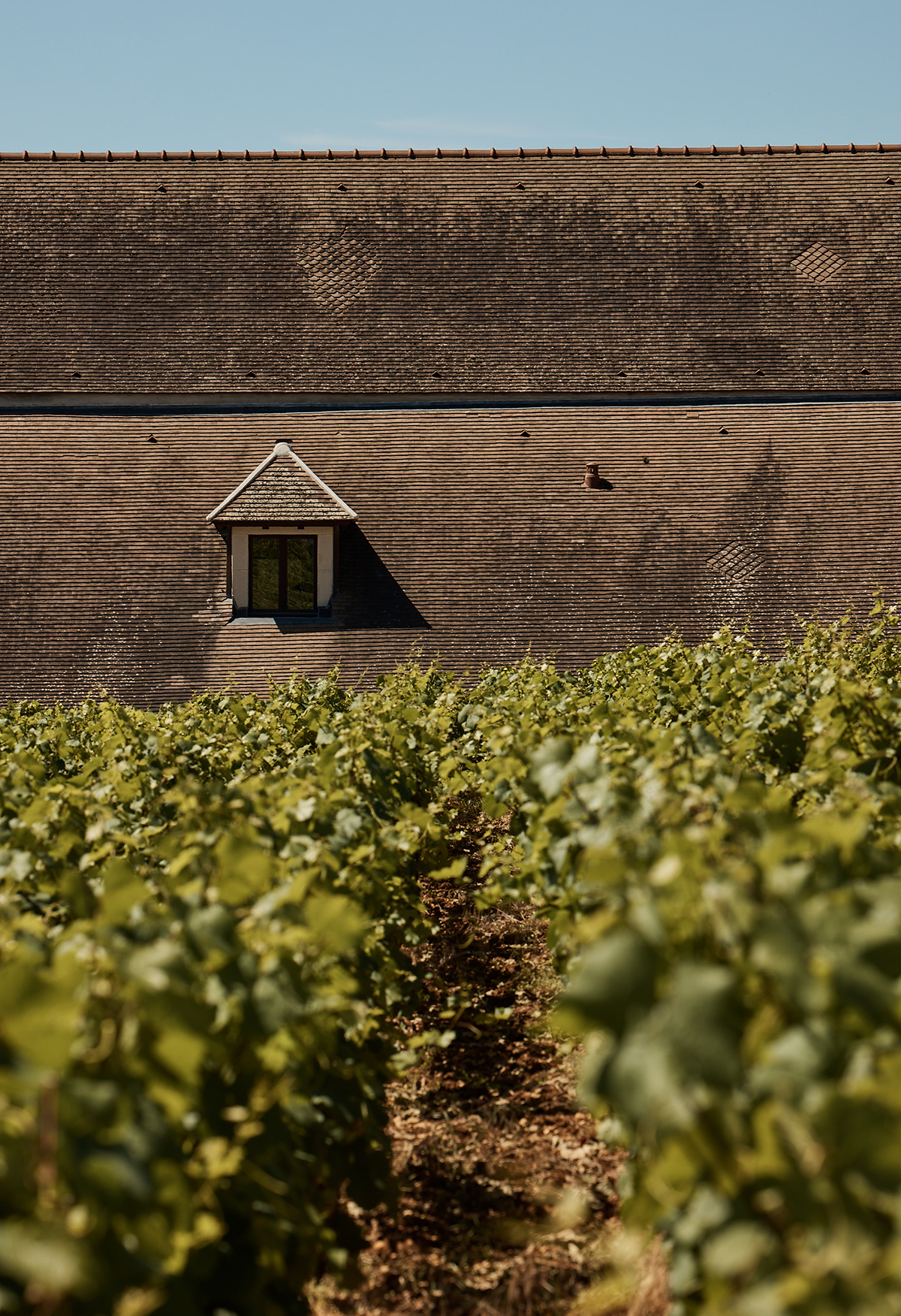
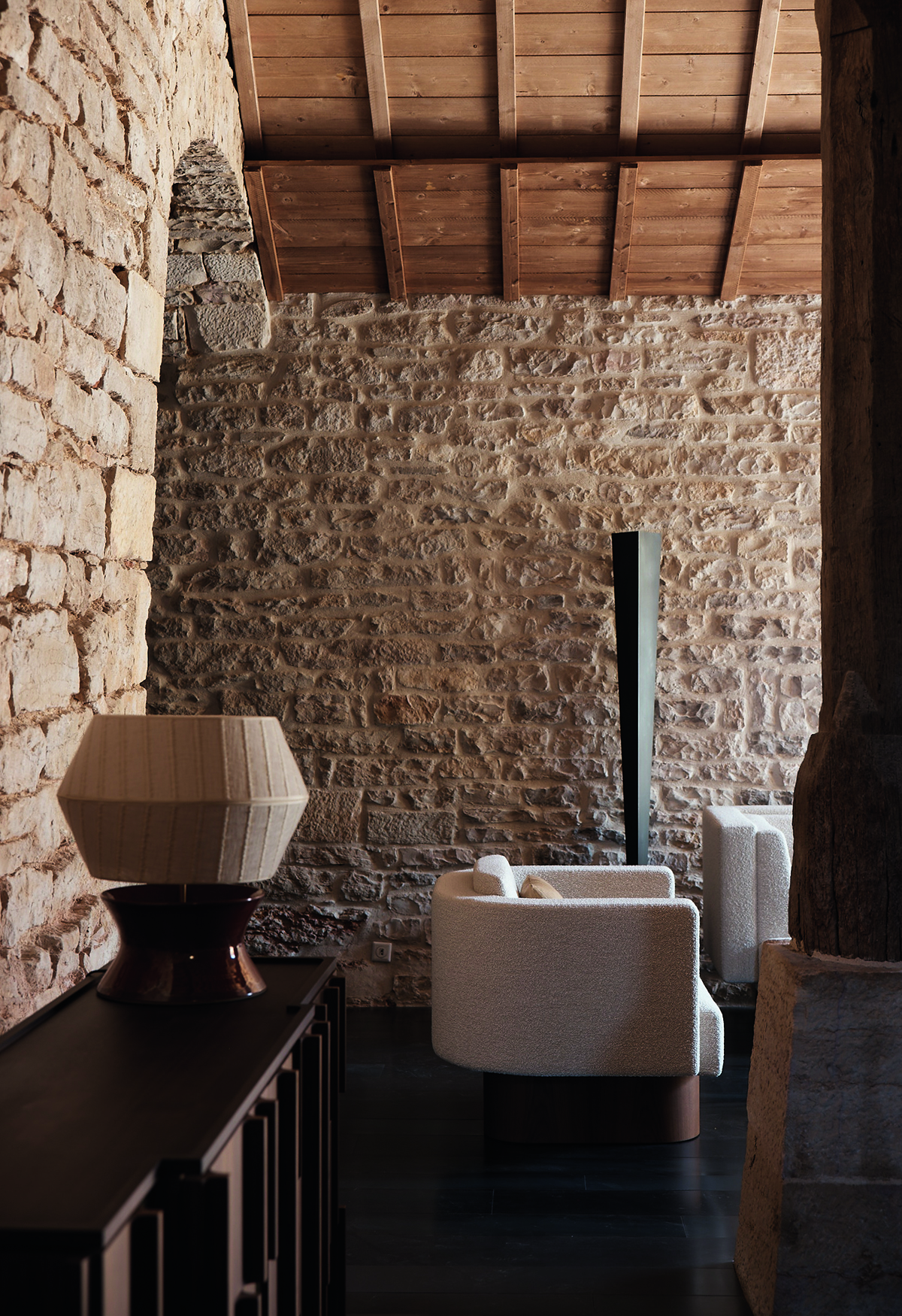
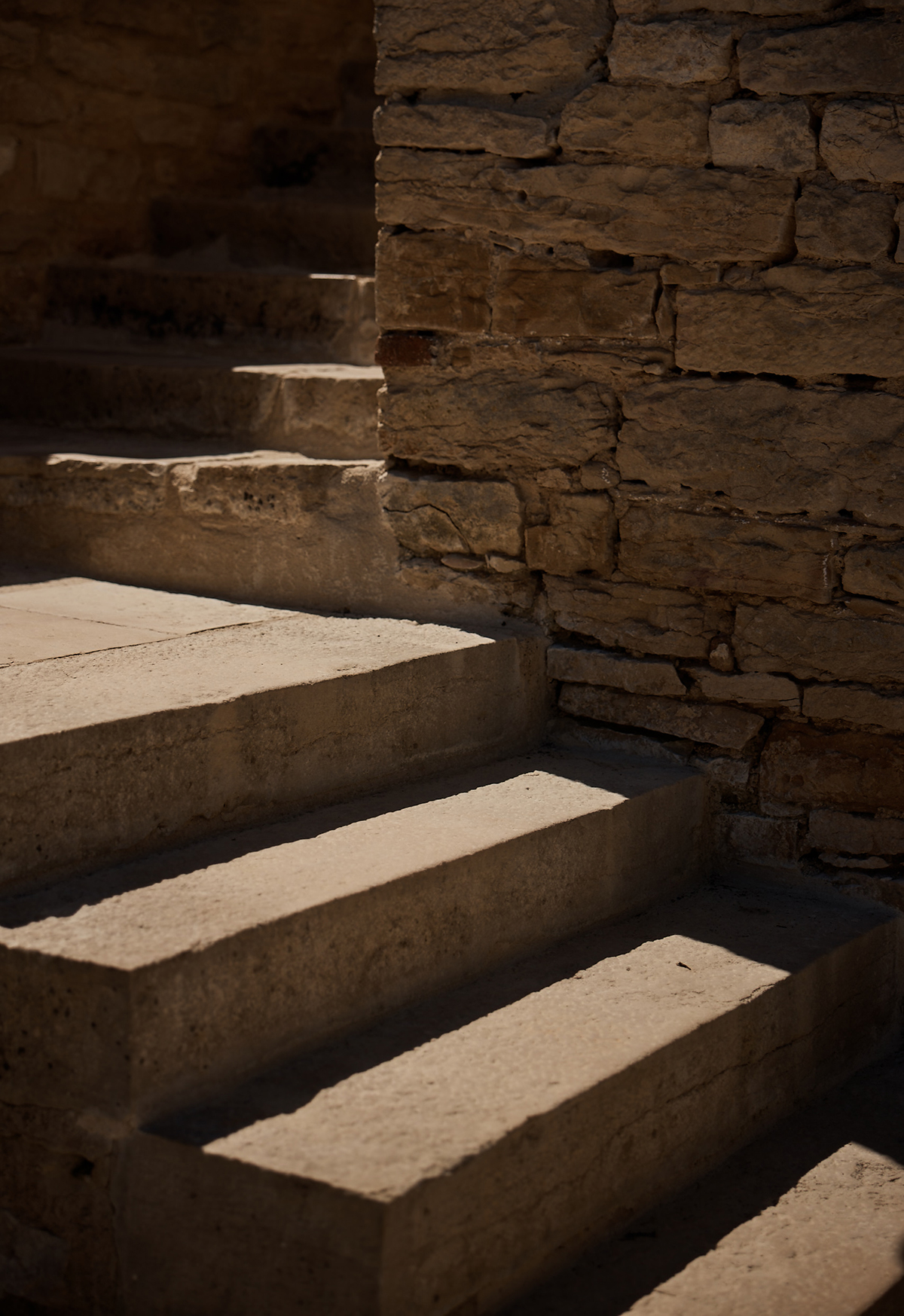

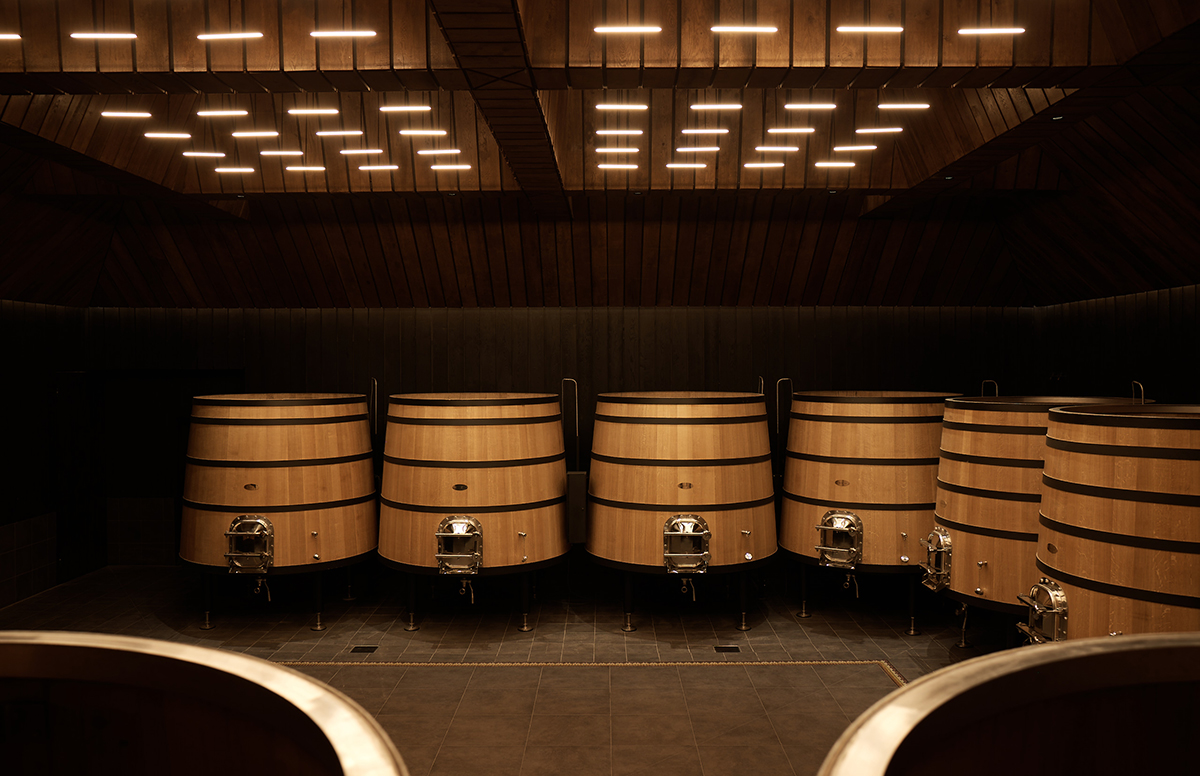
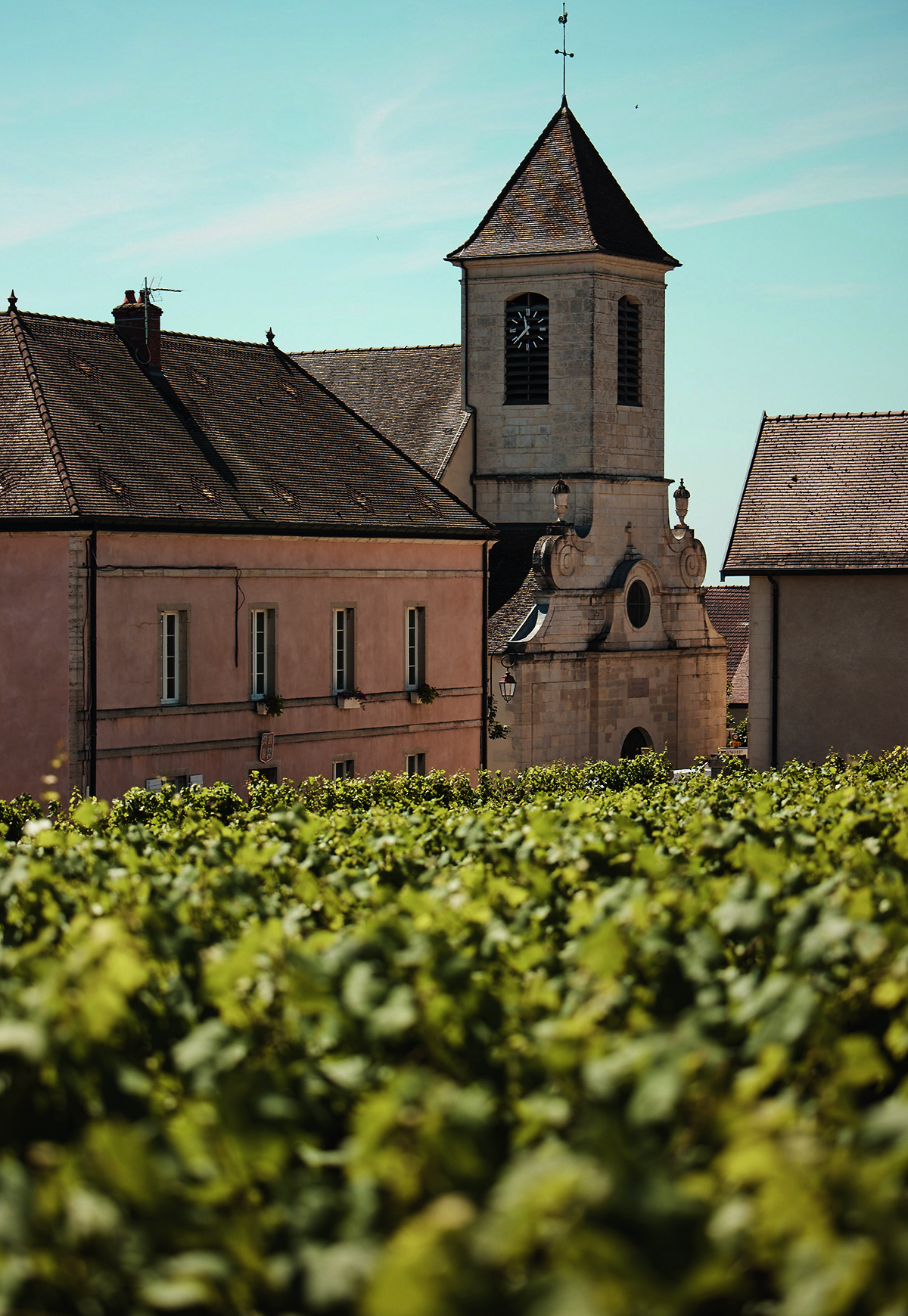
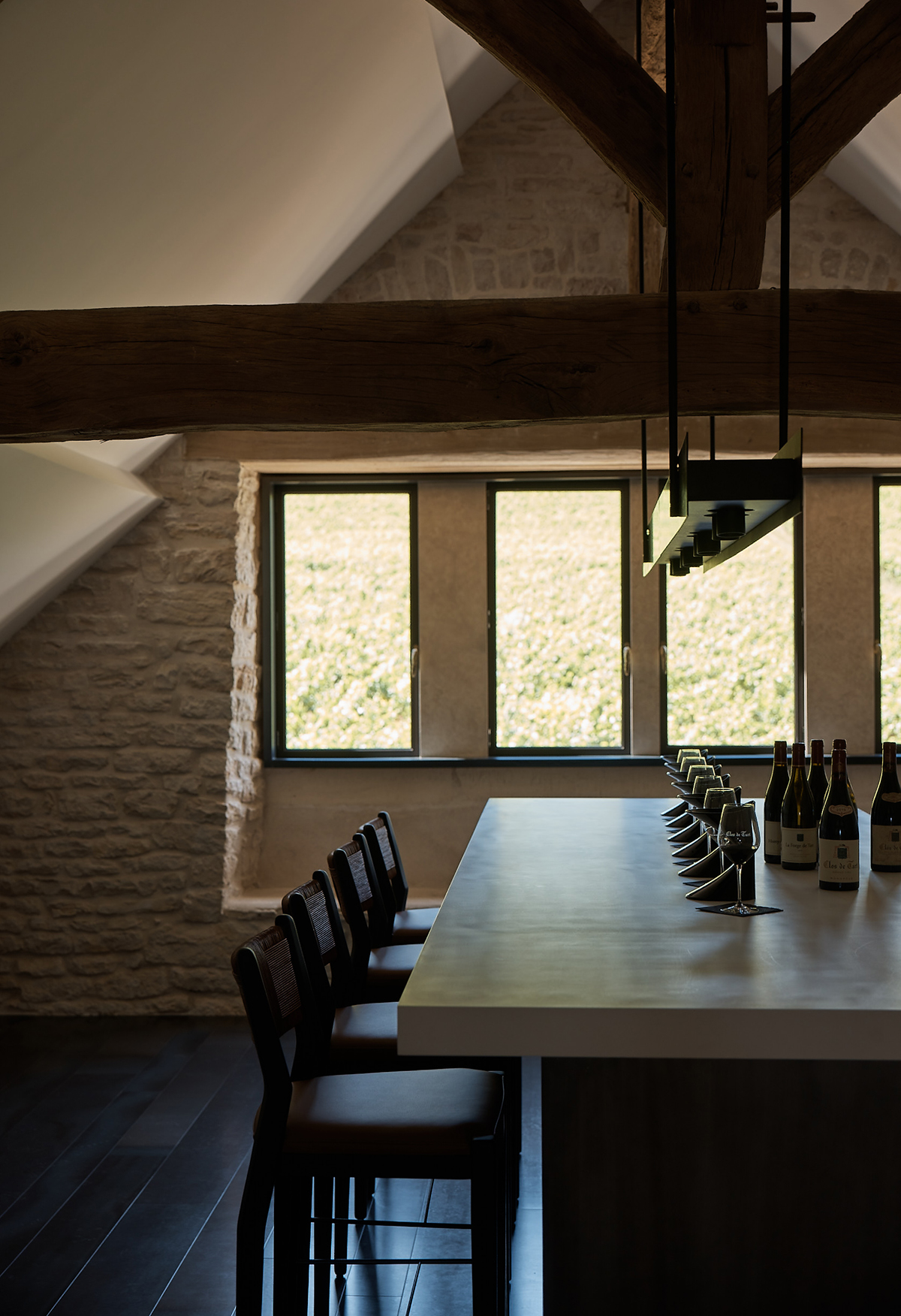
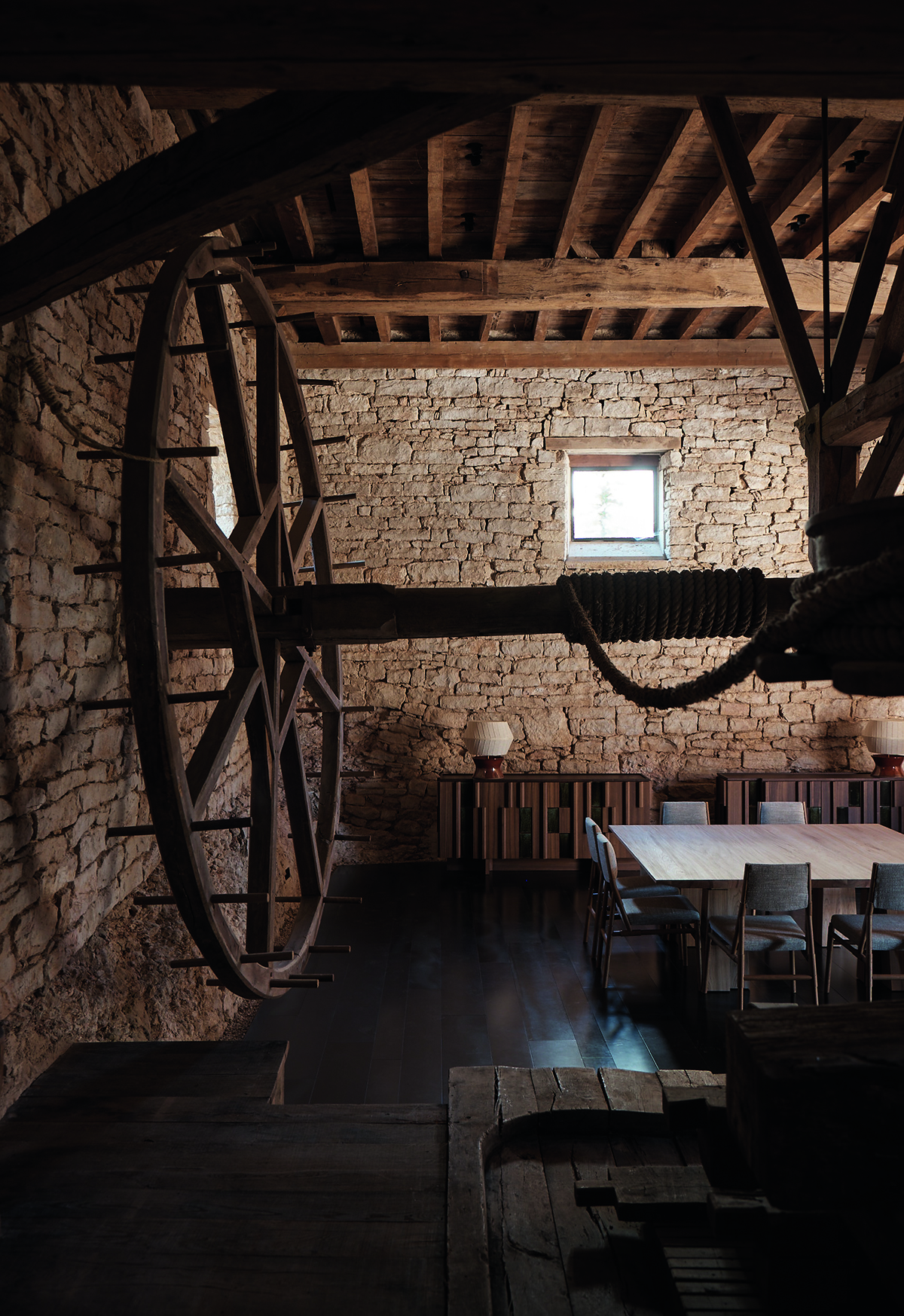
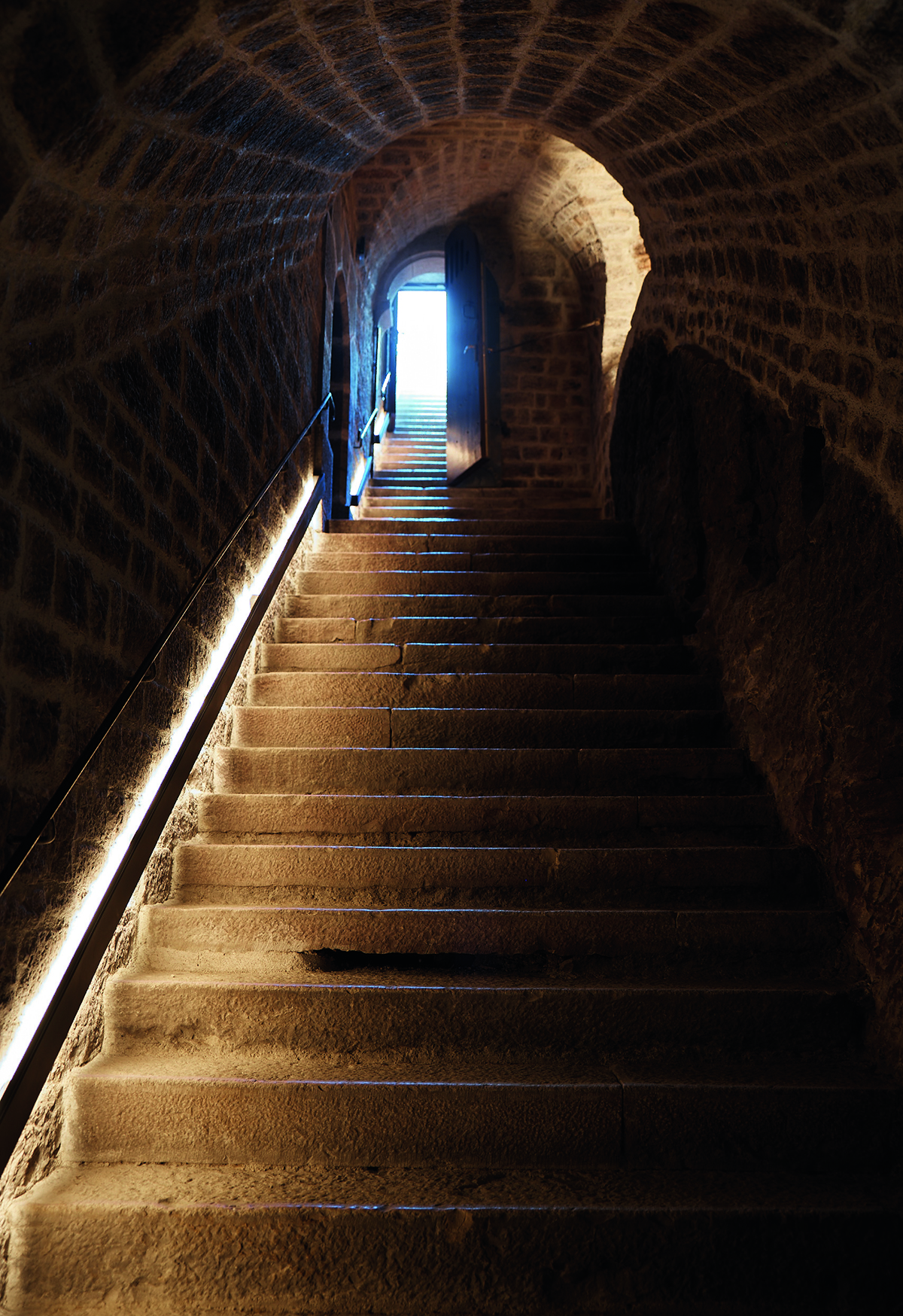
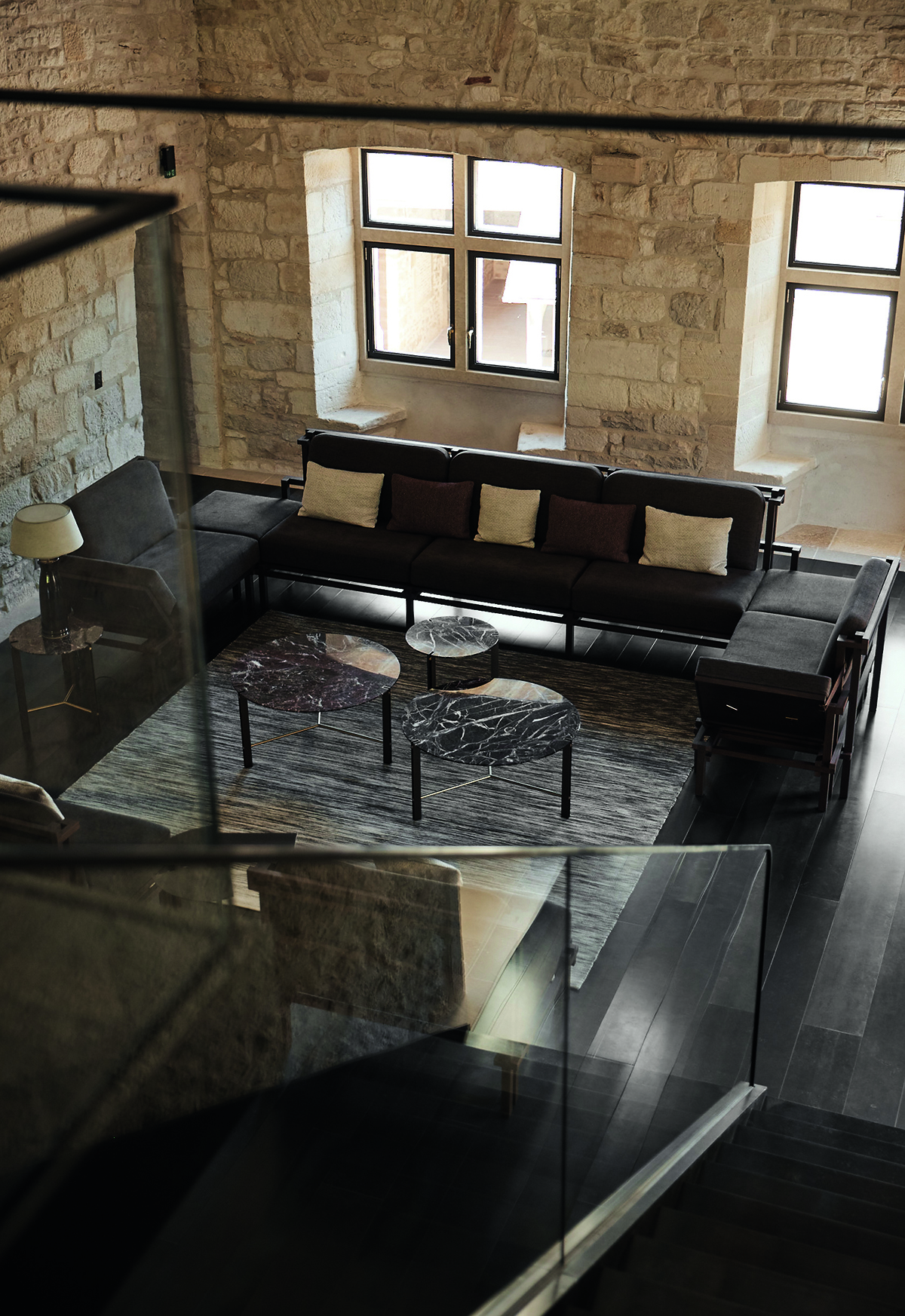
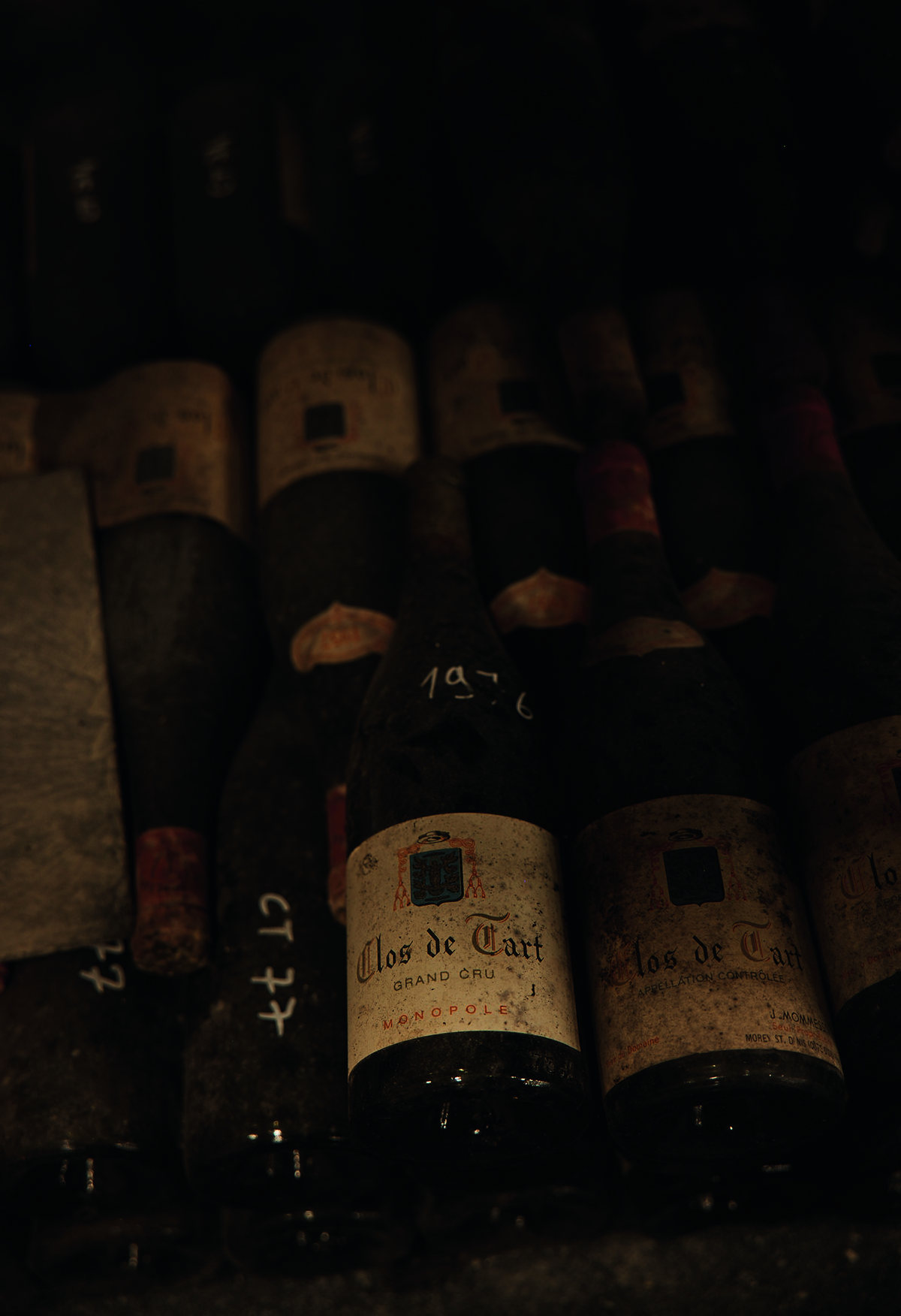

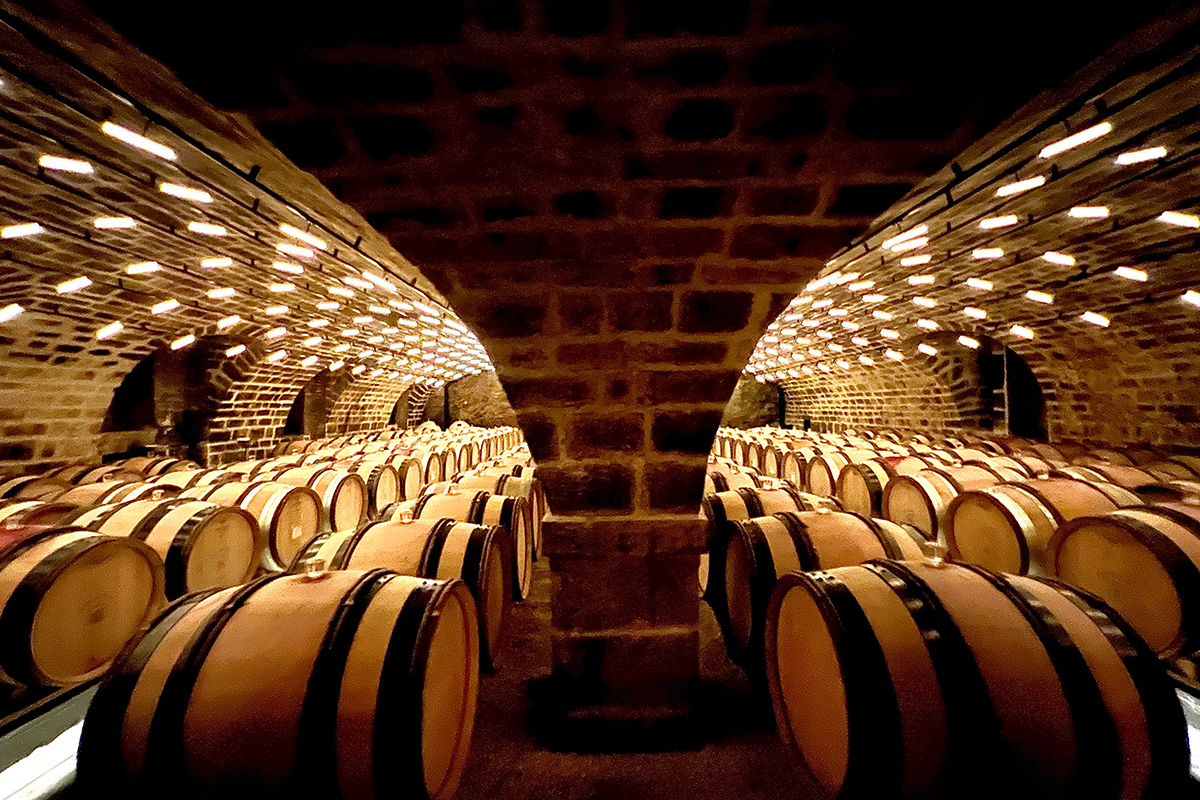
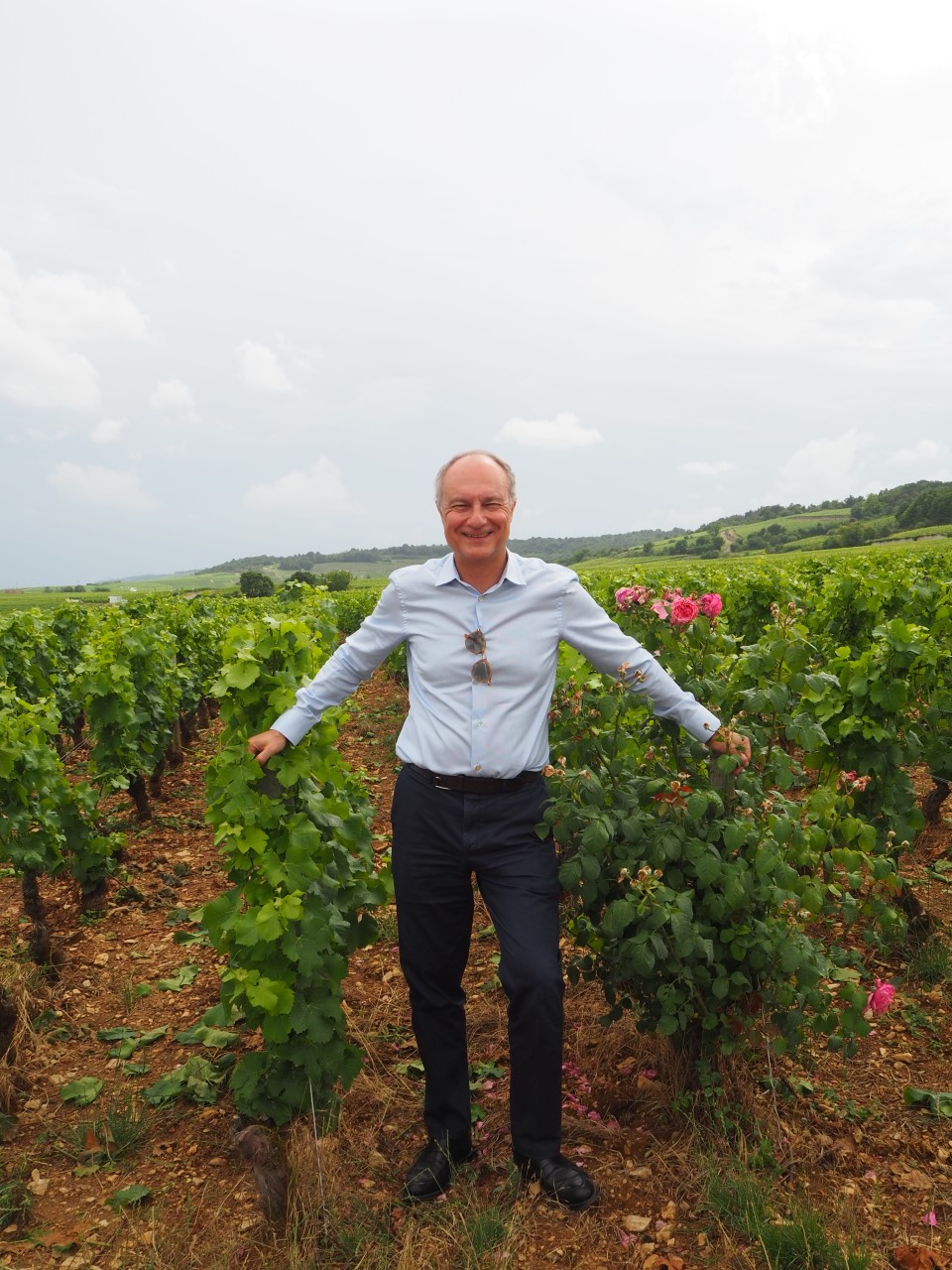
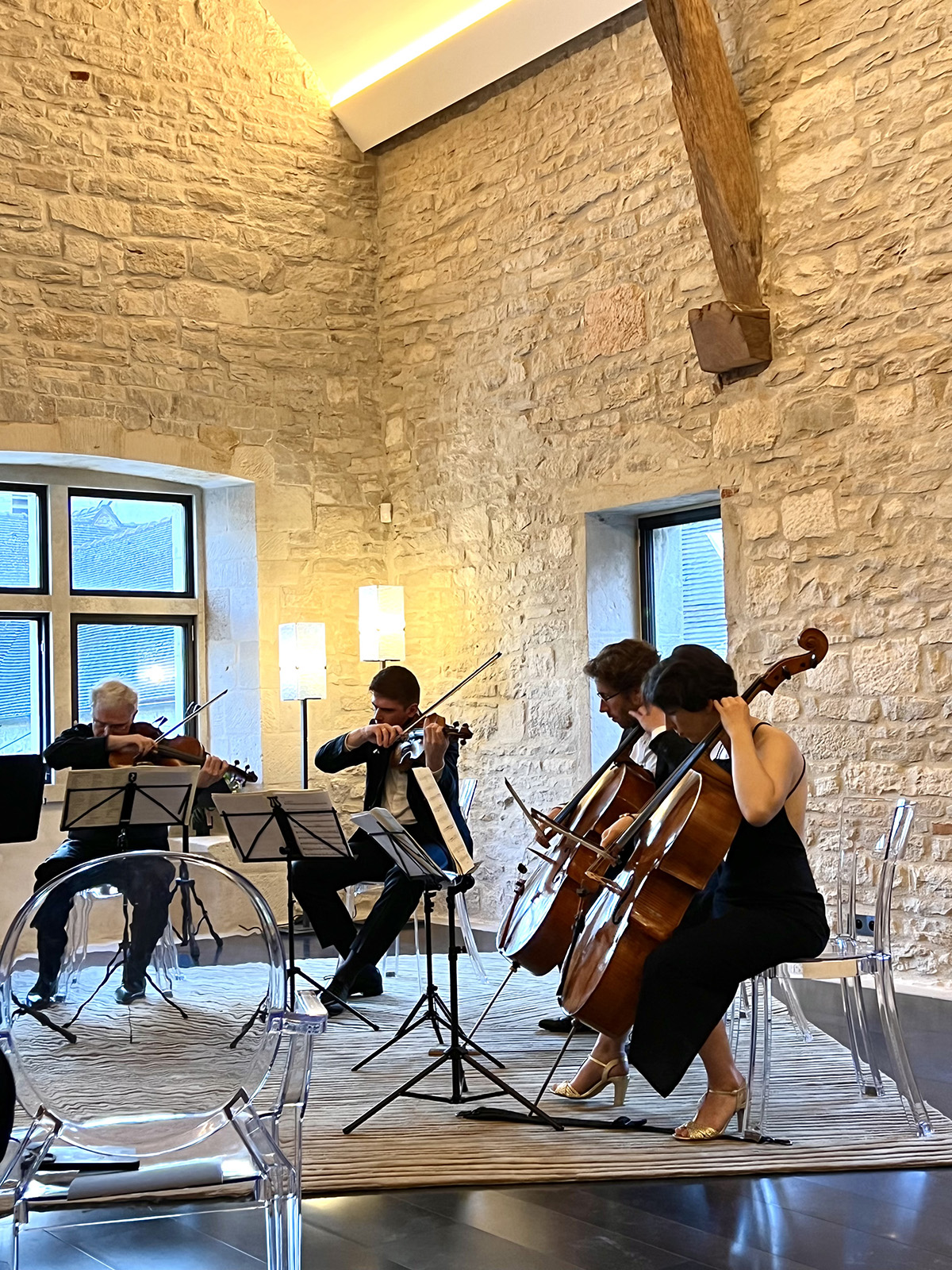
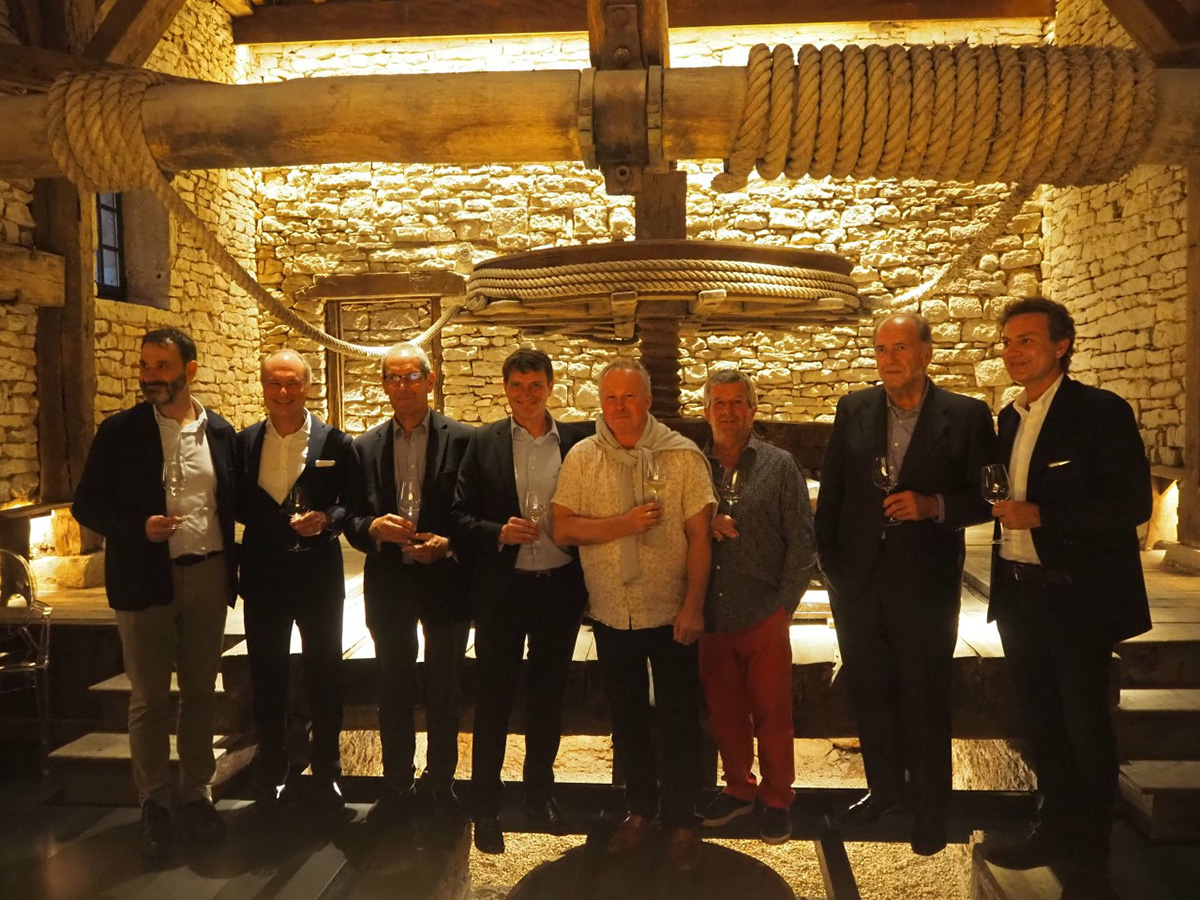




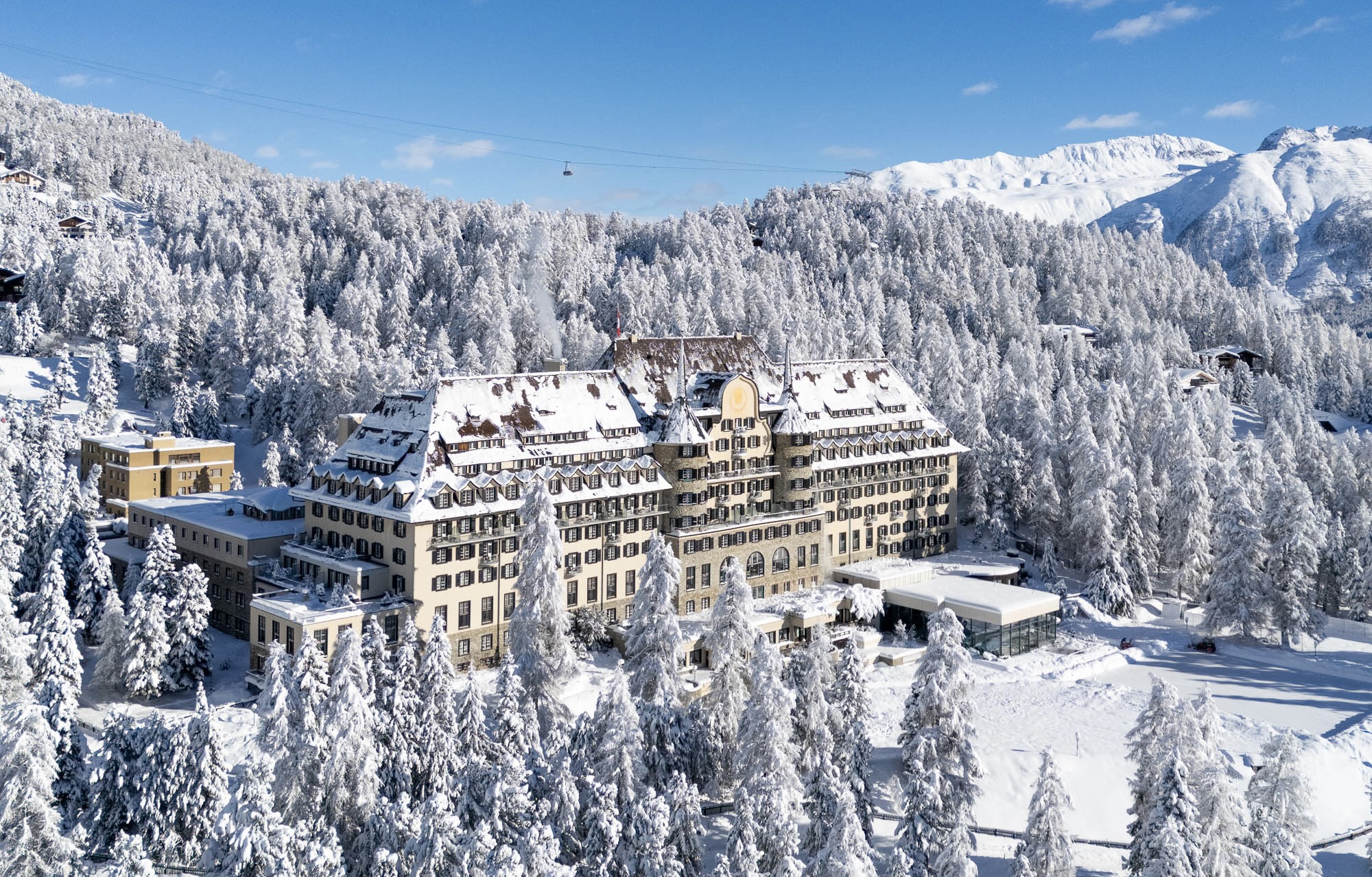
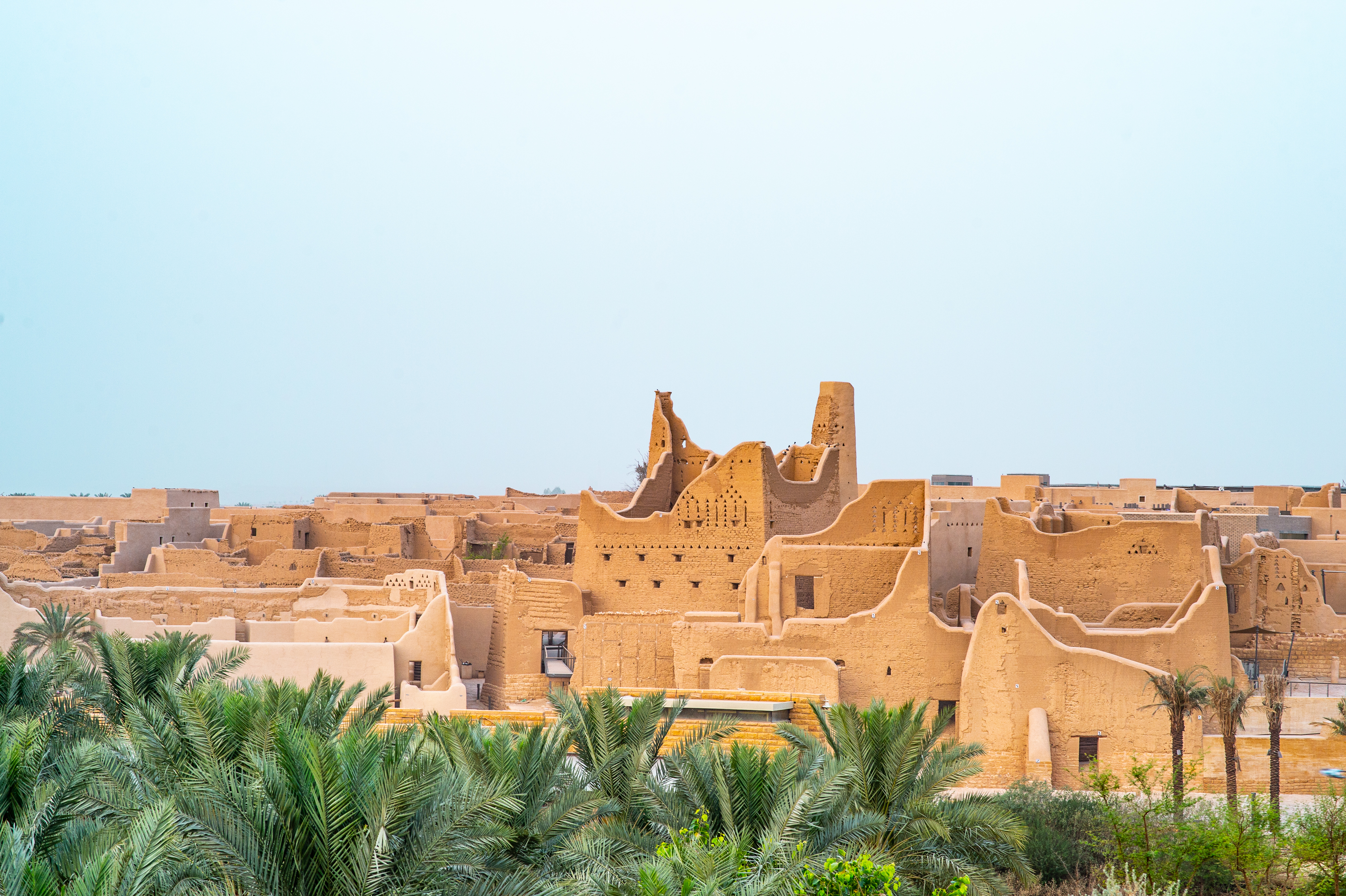
Recent Comments